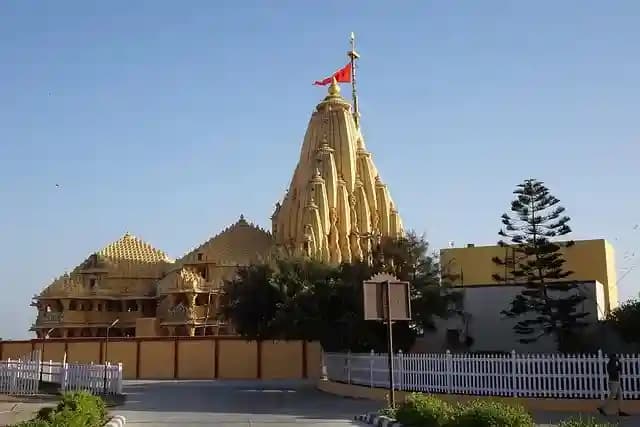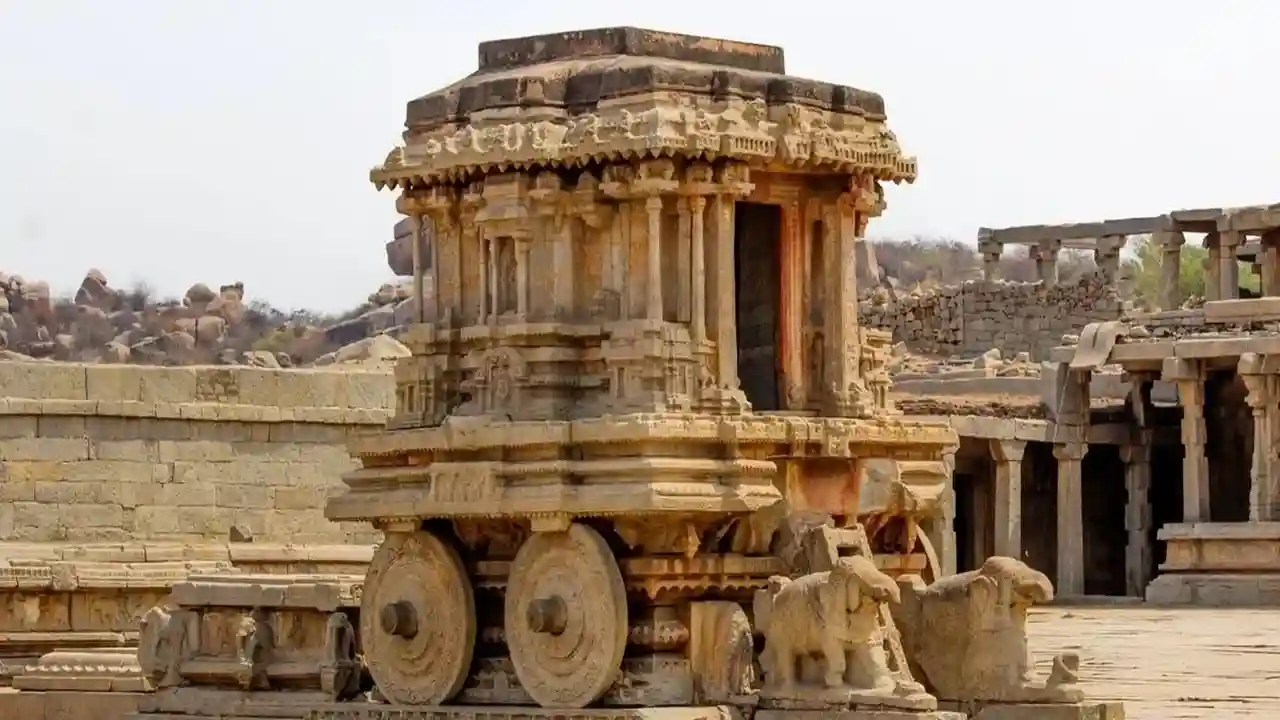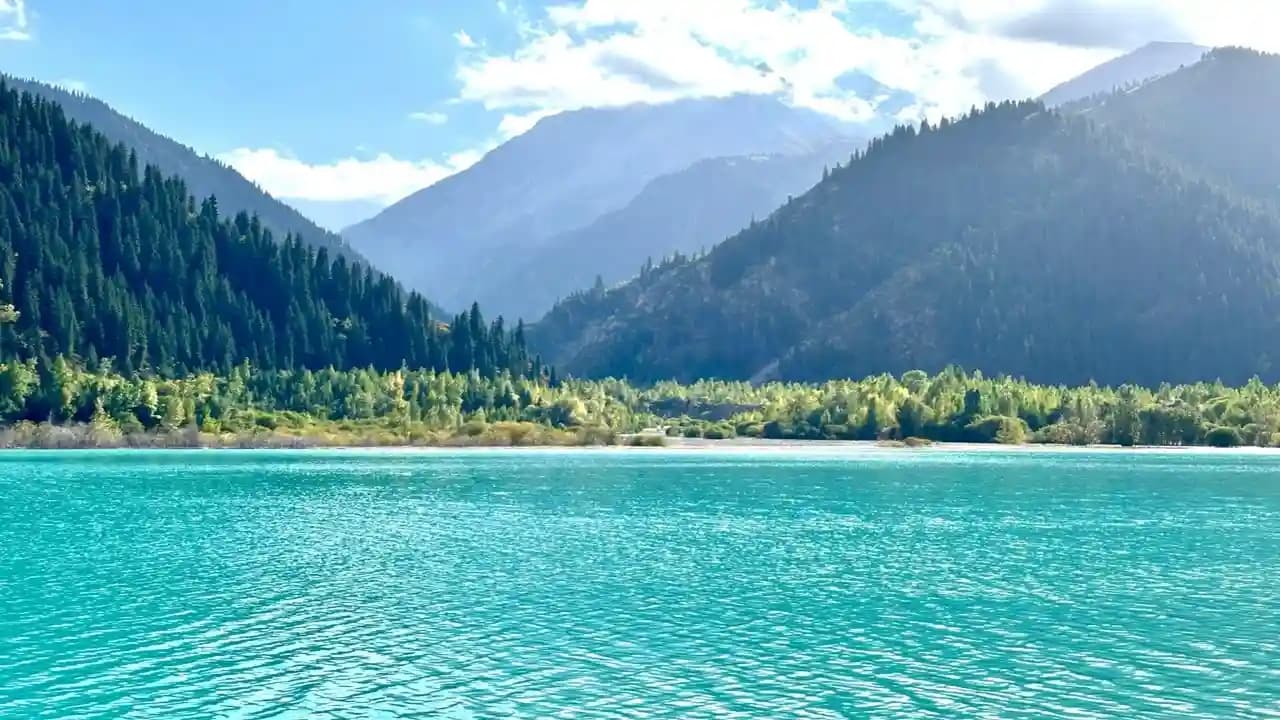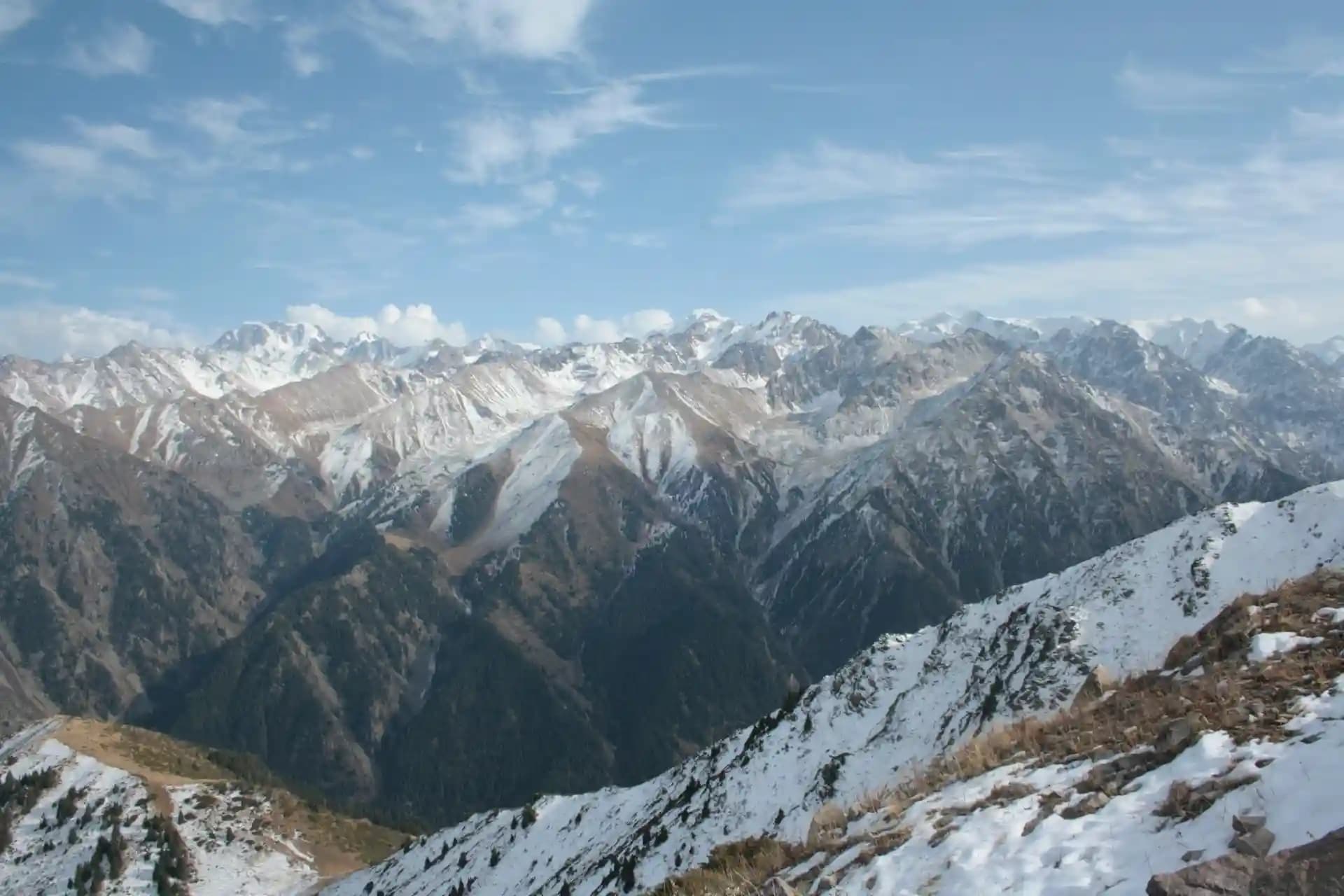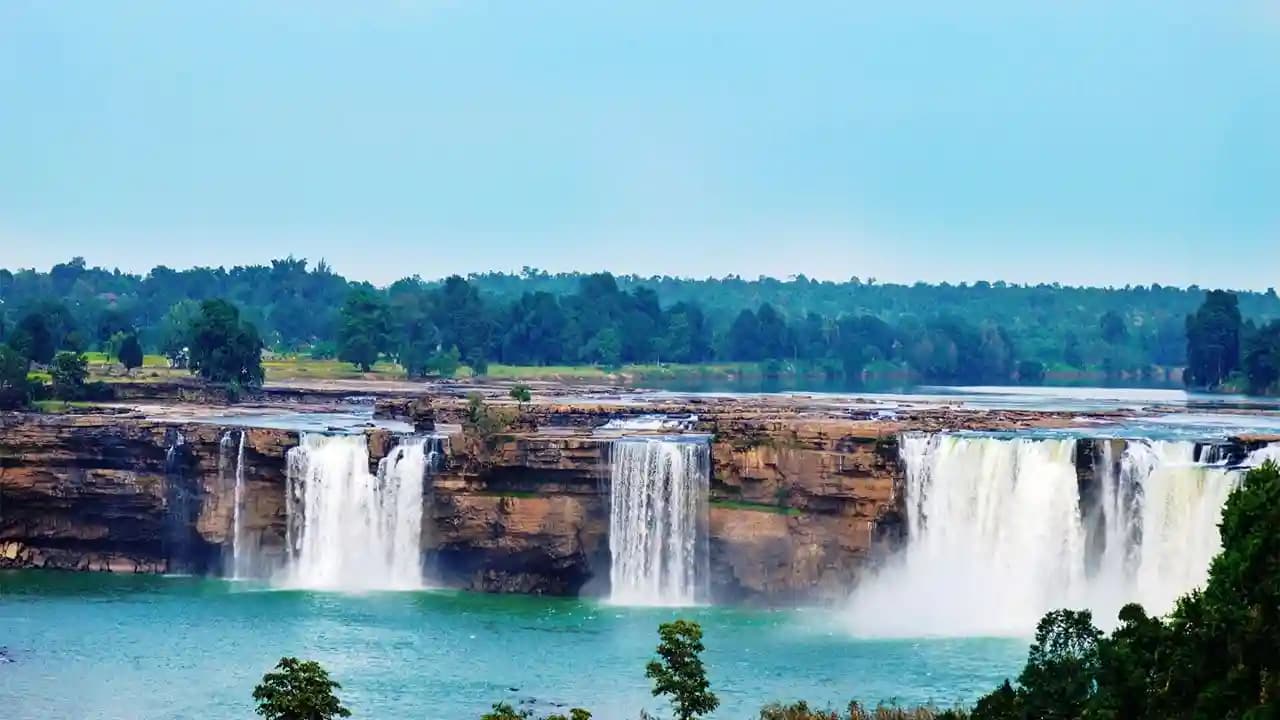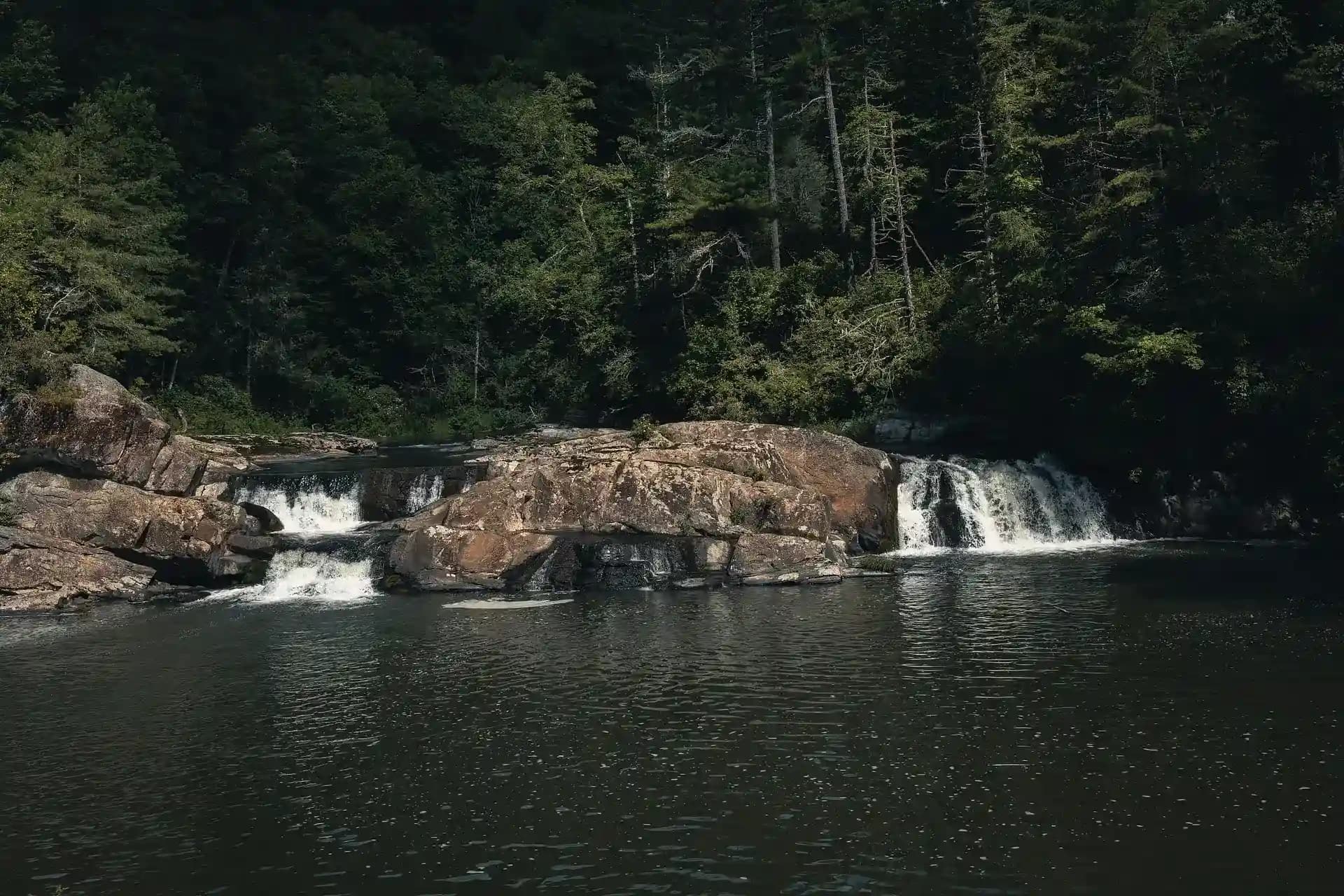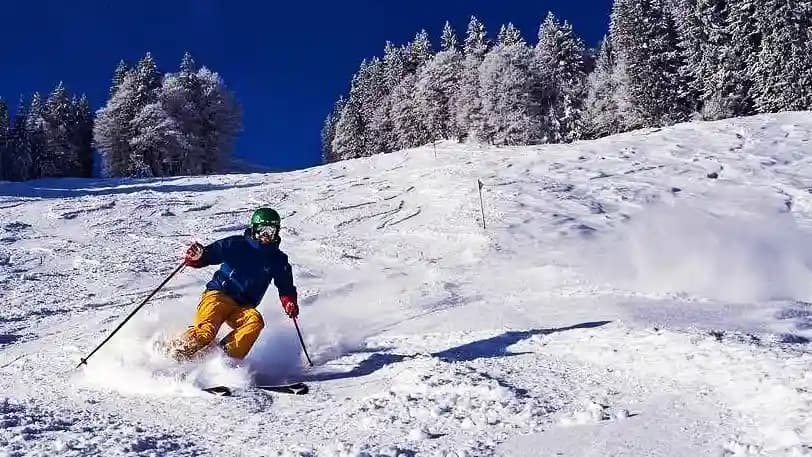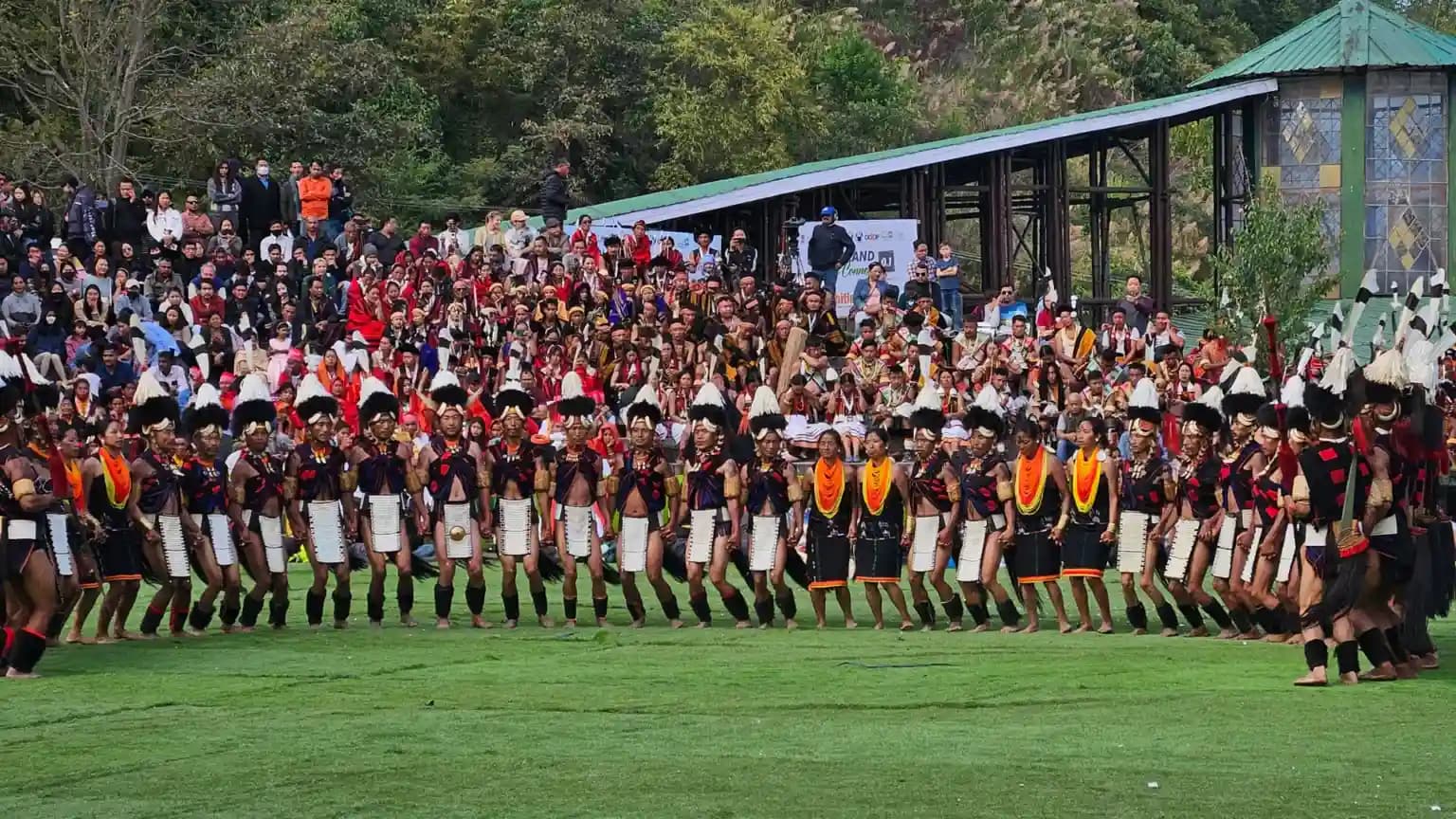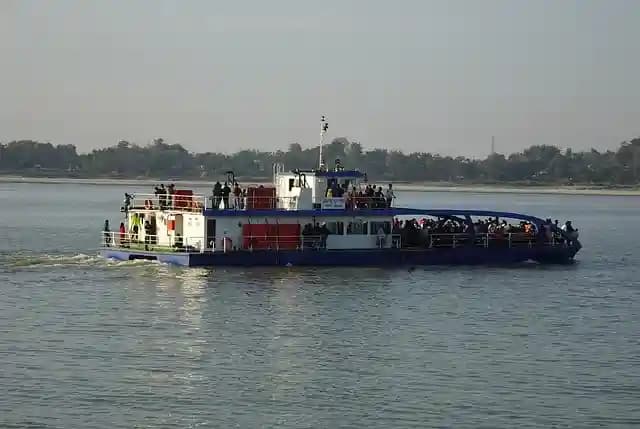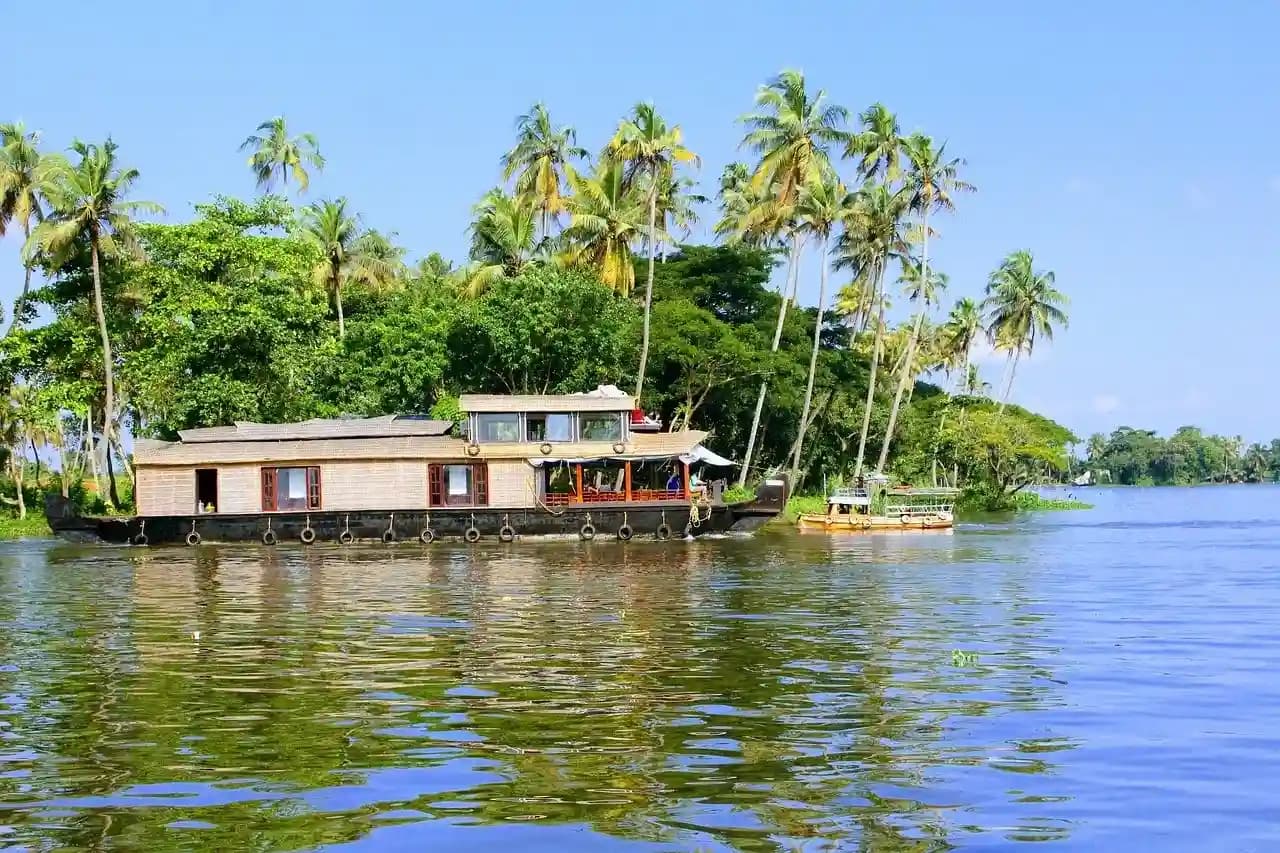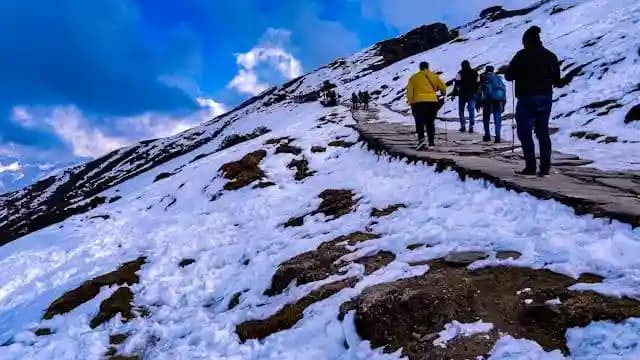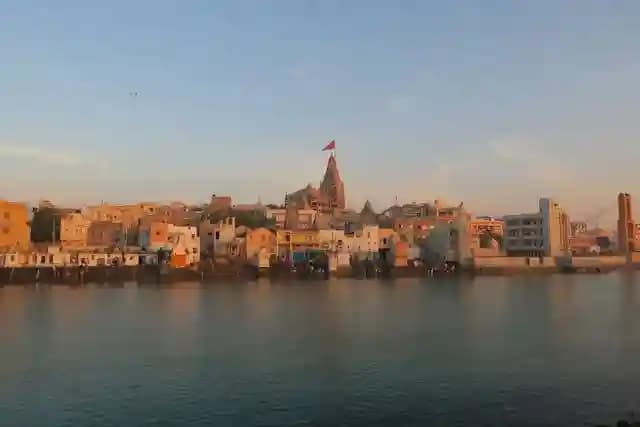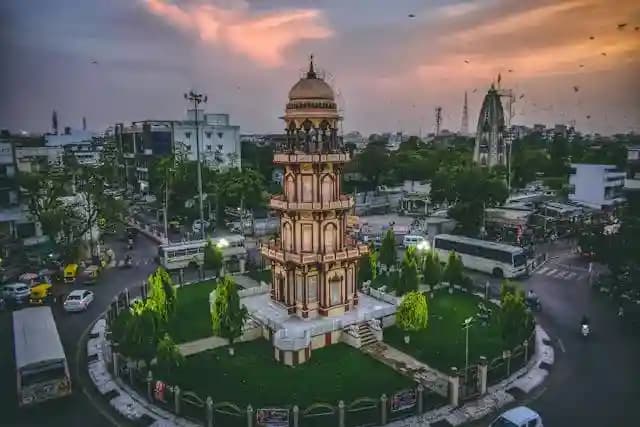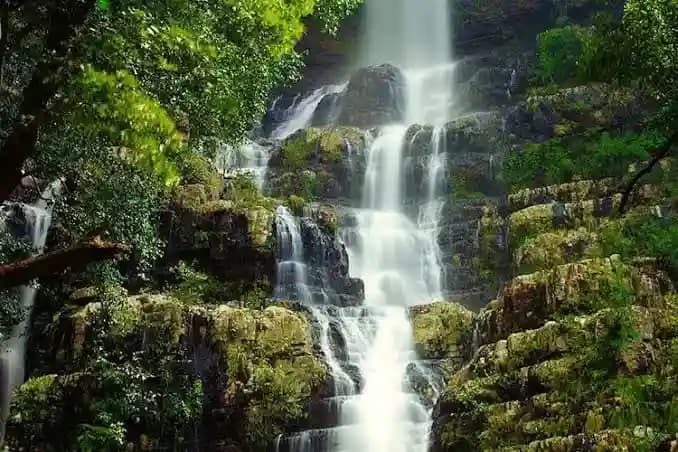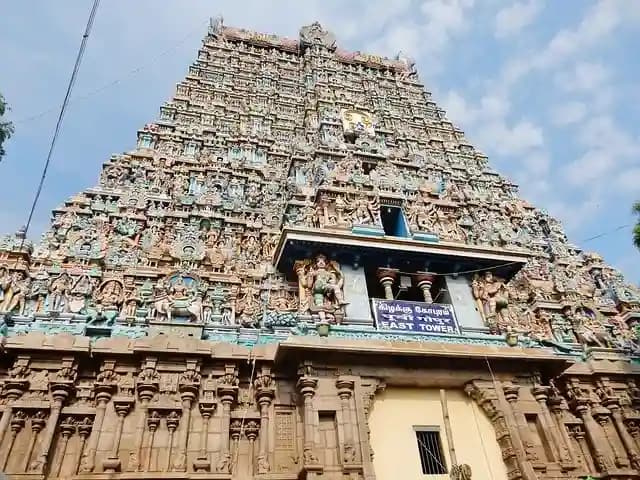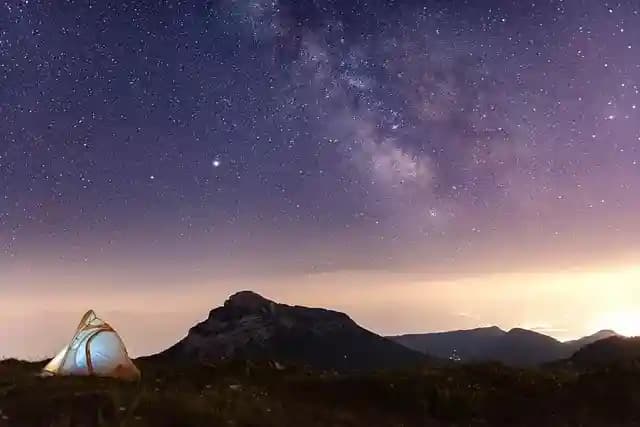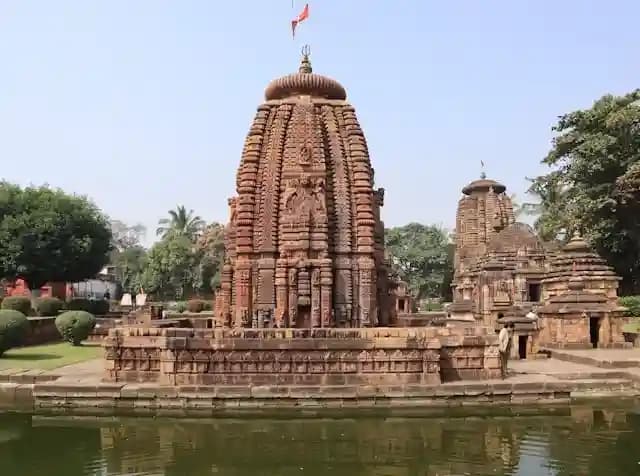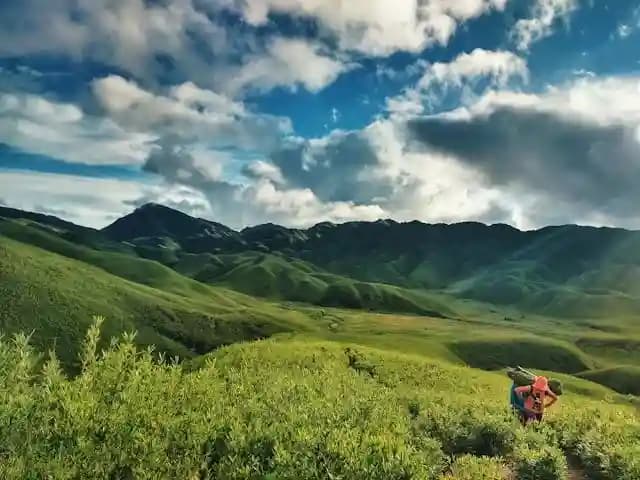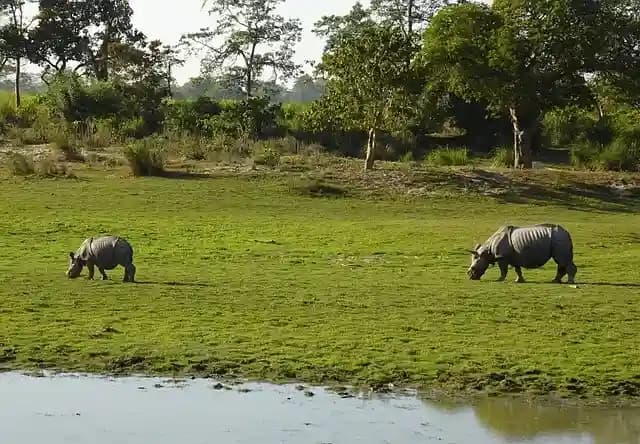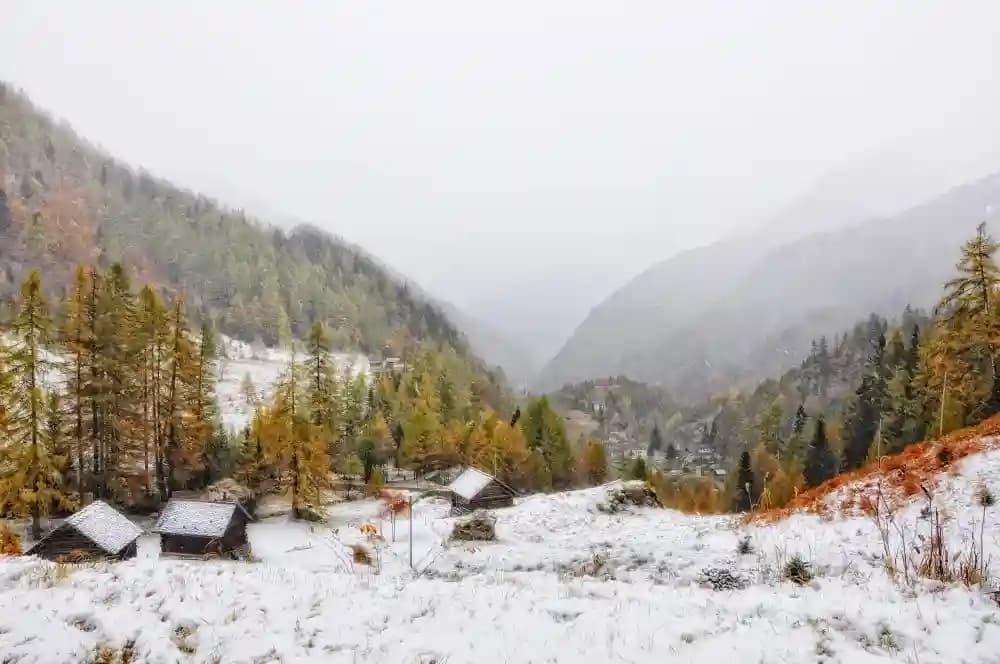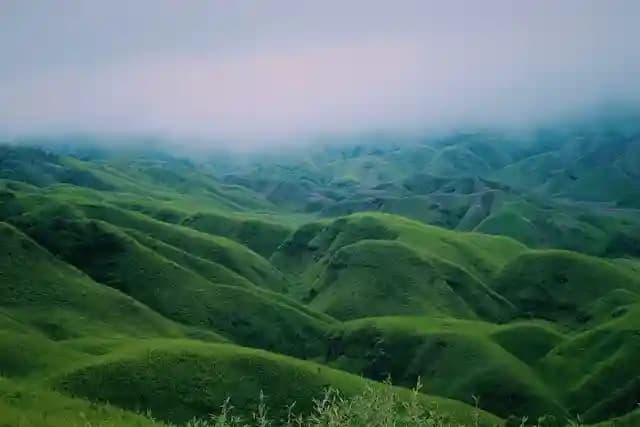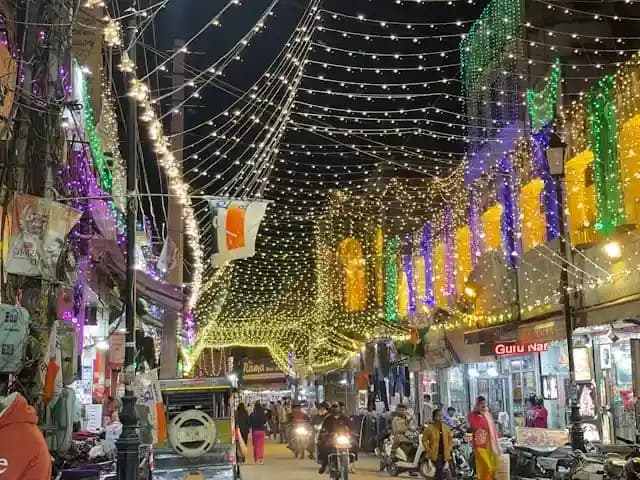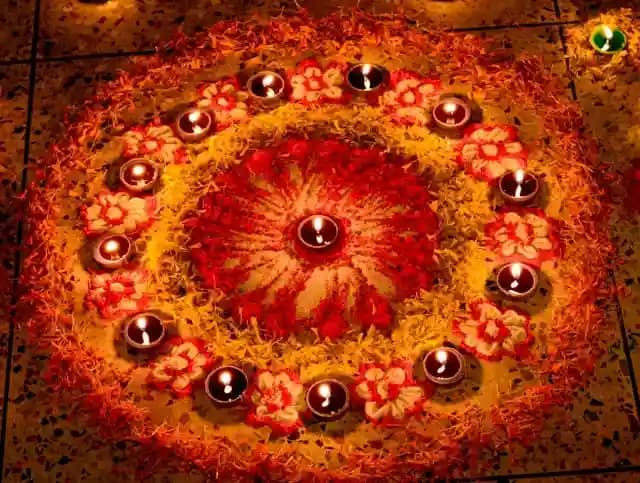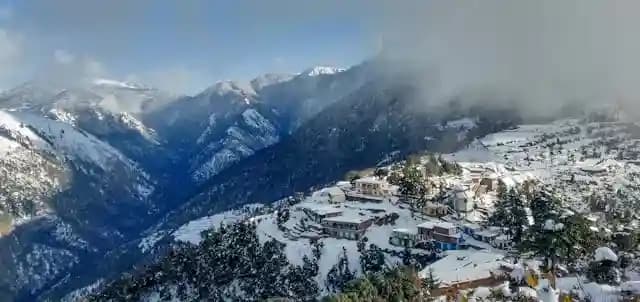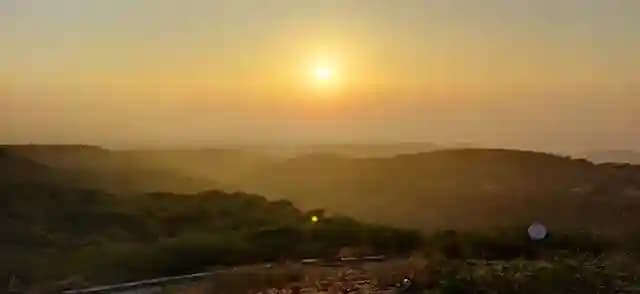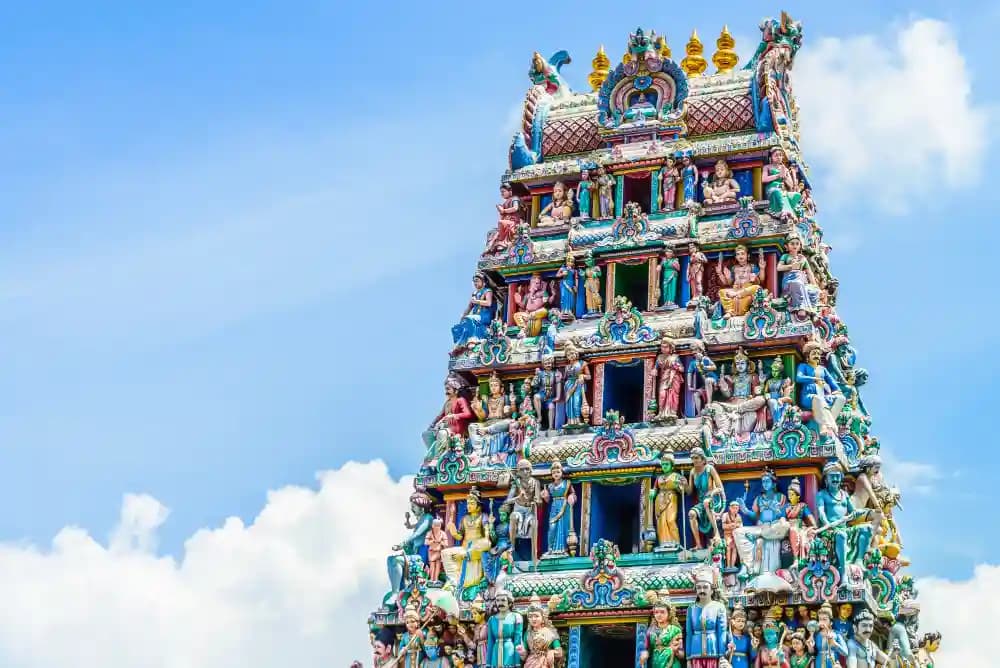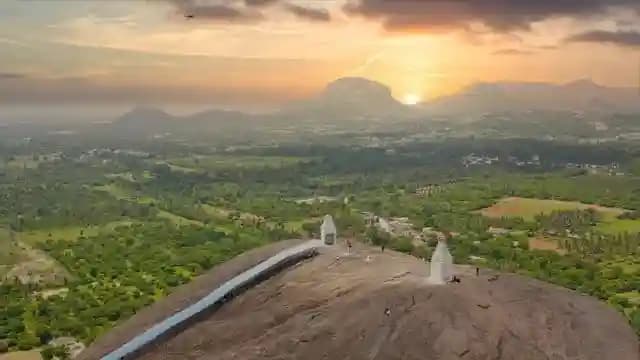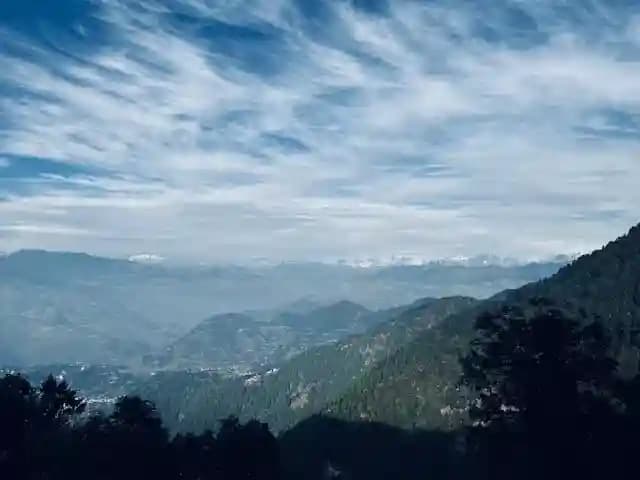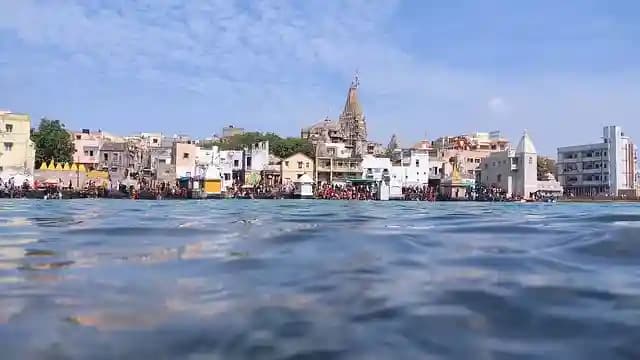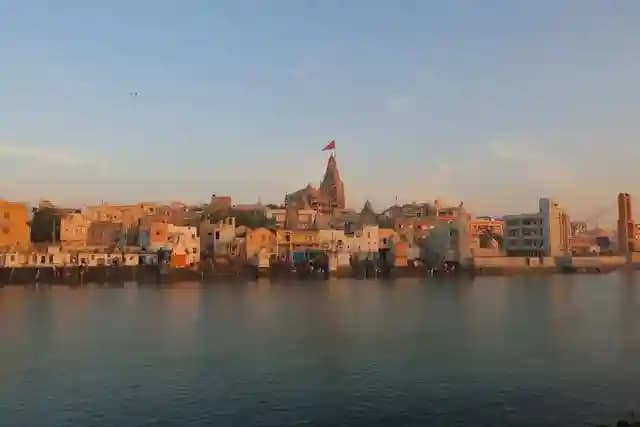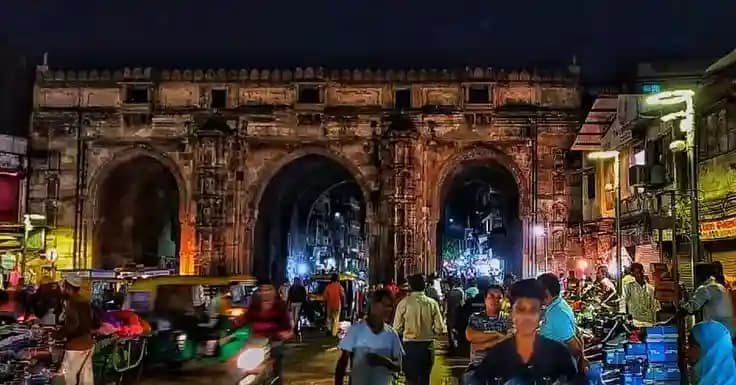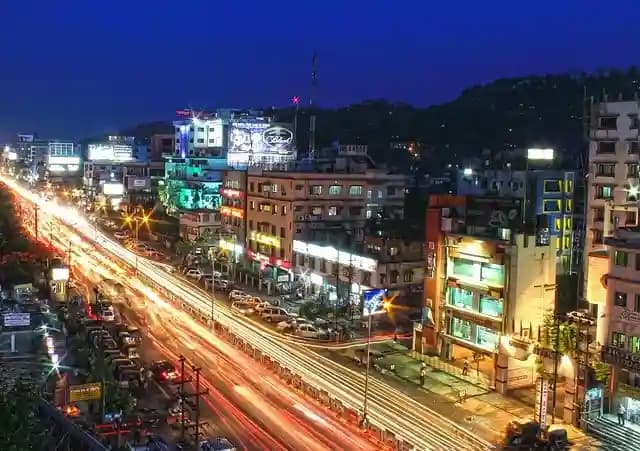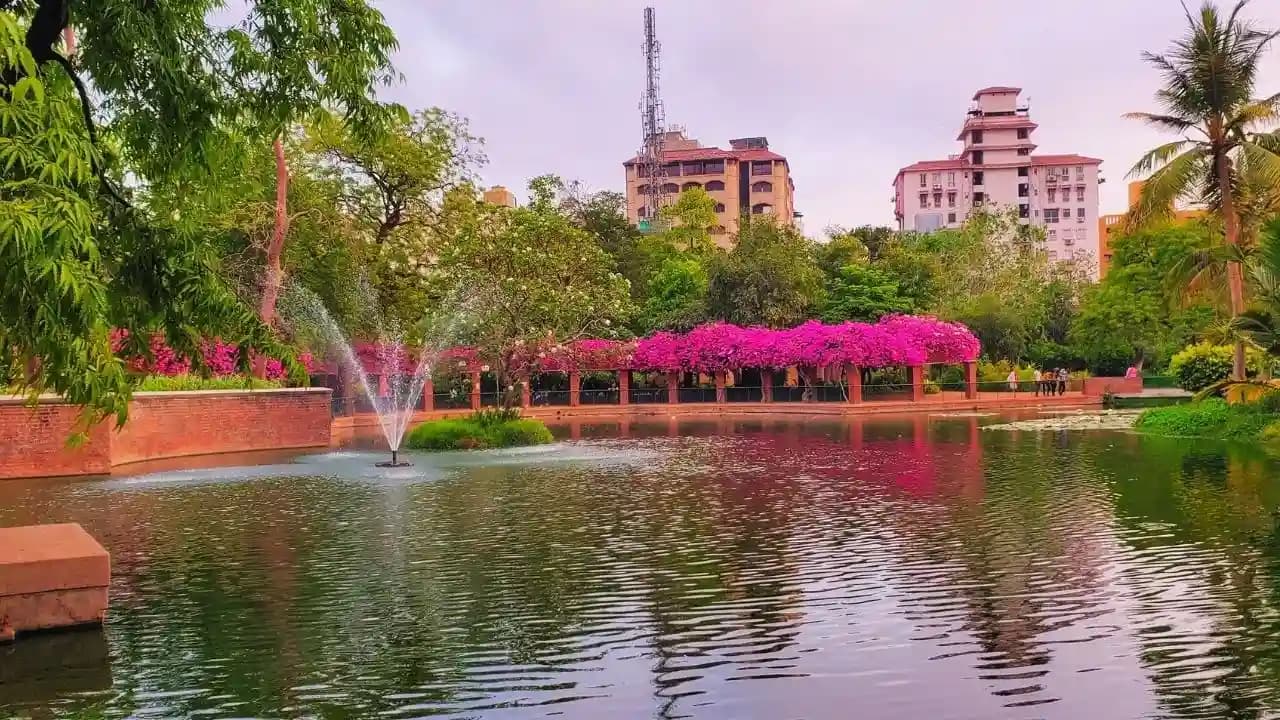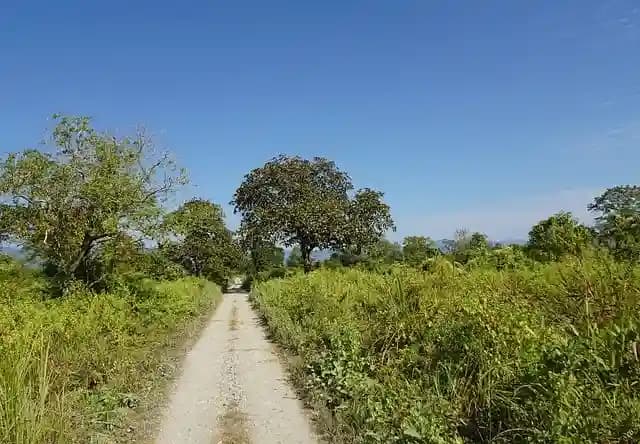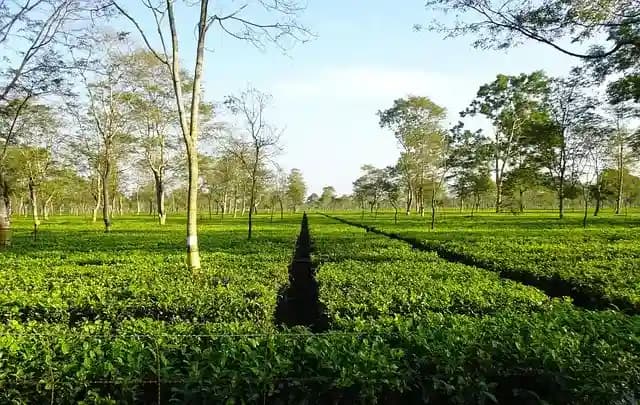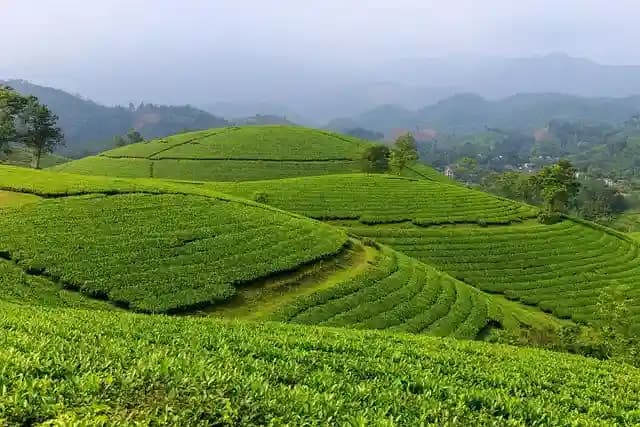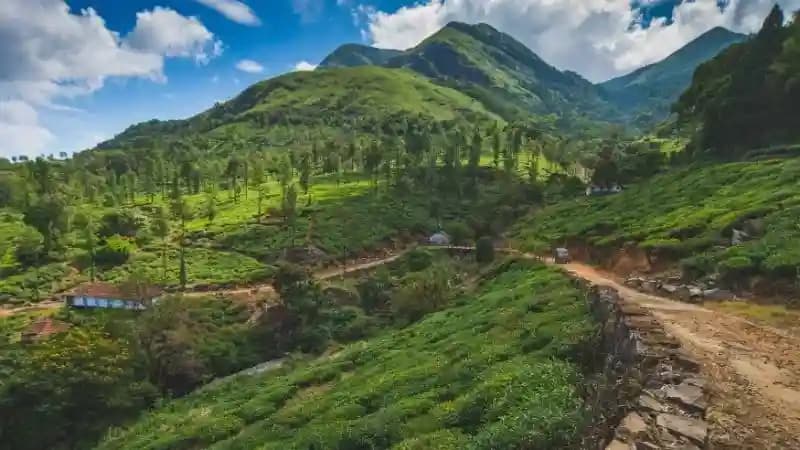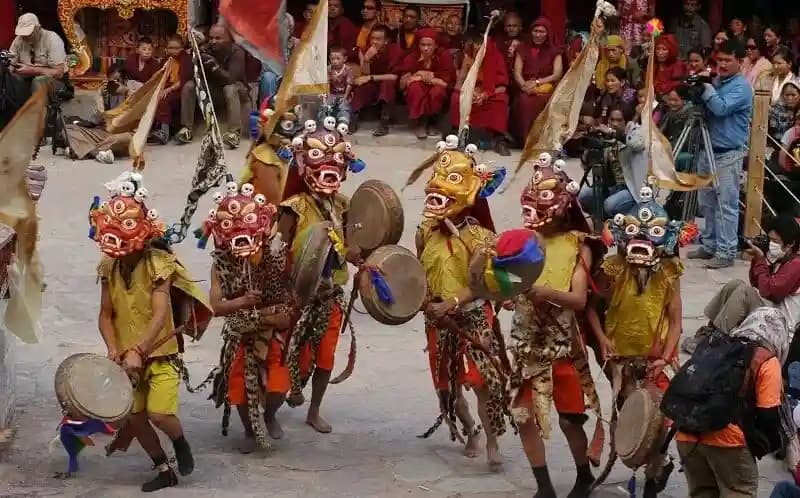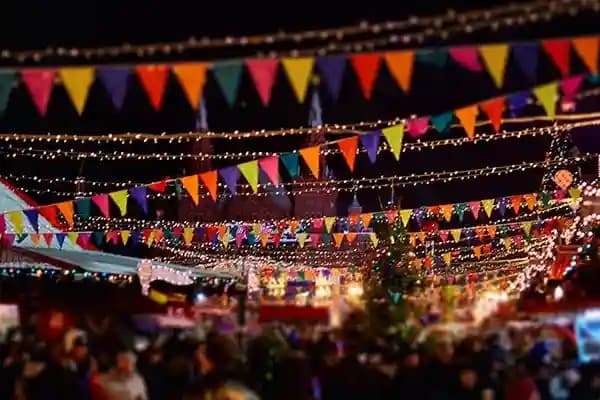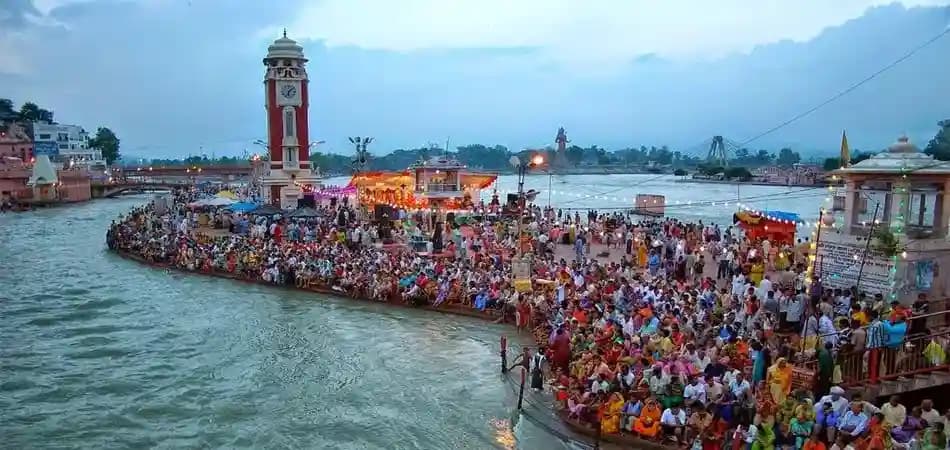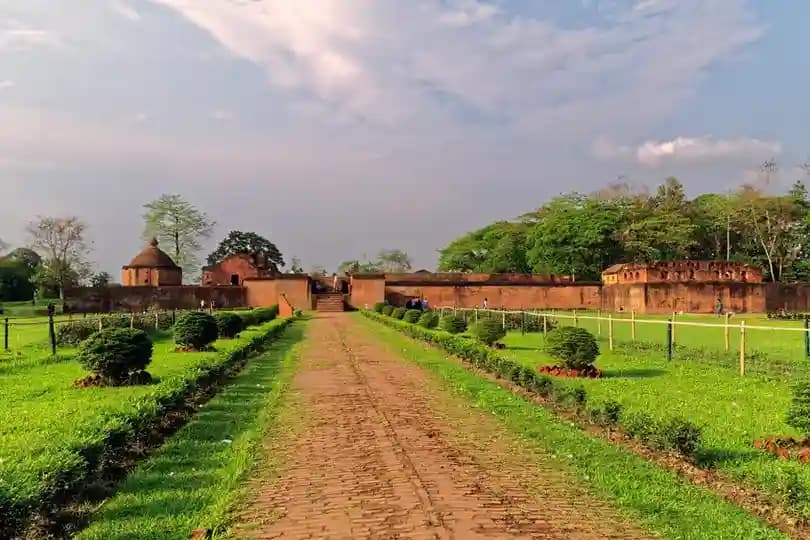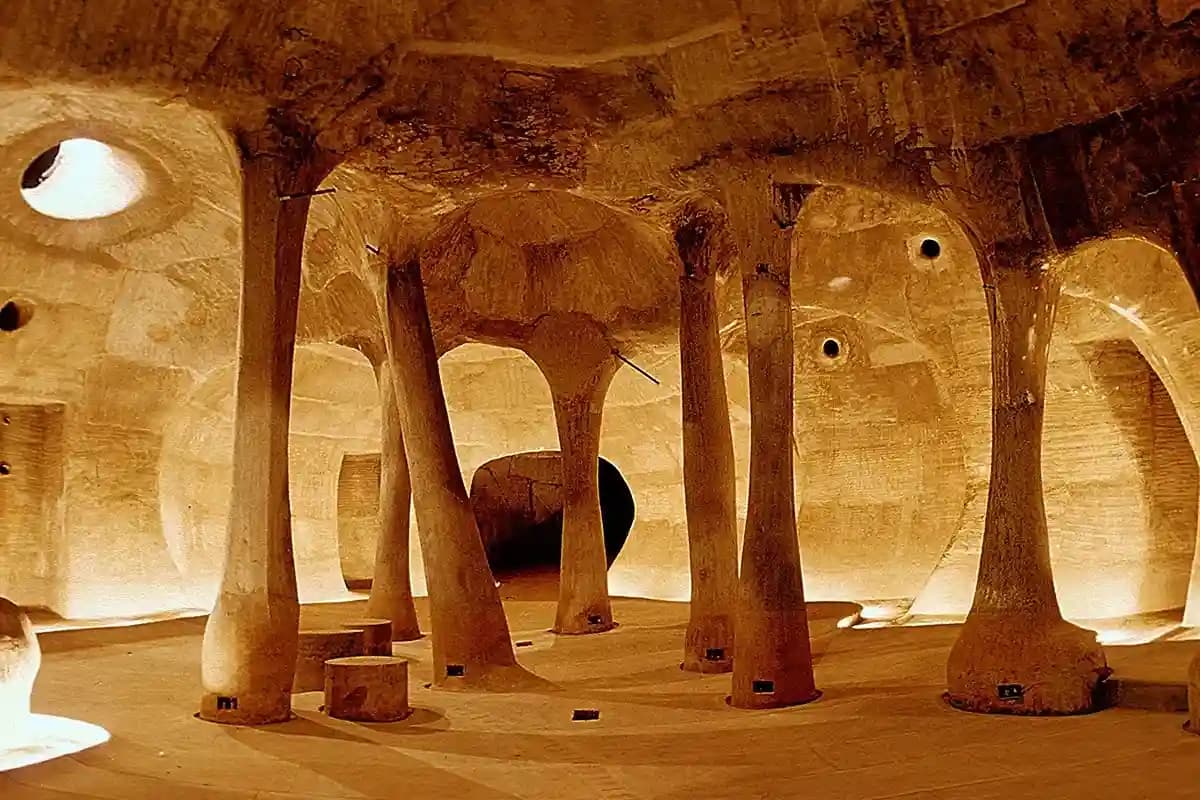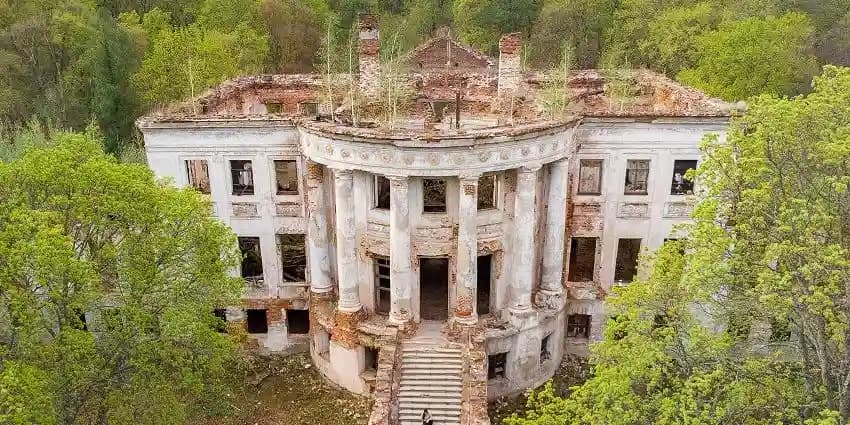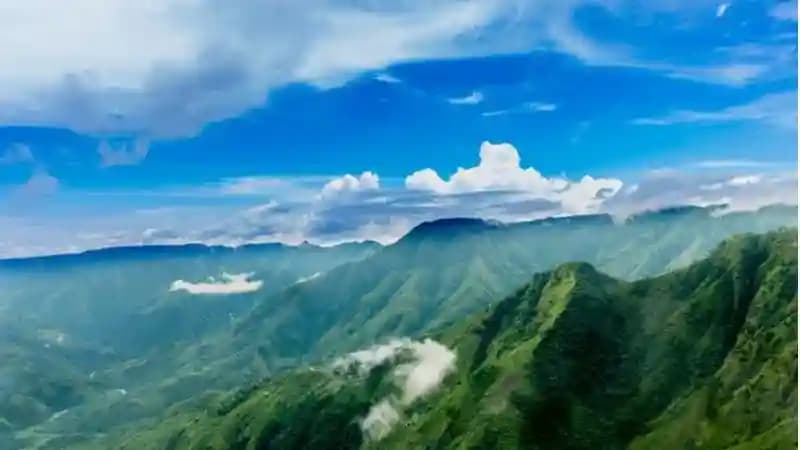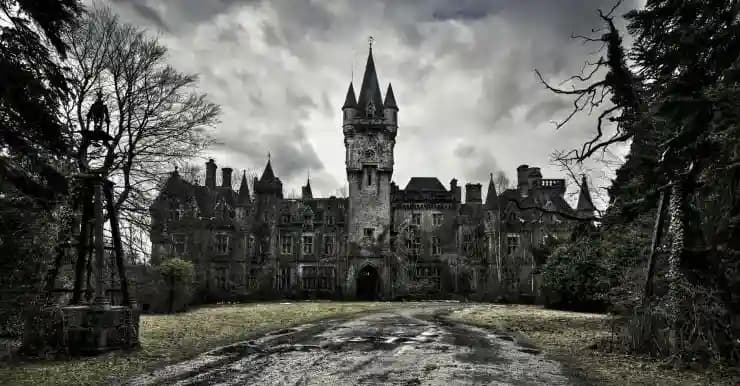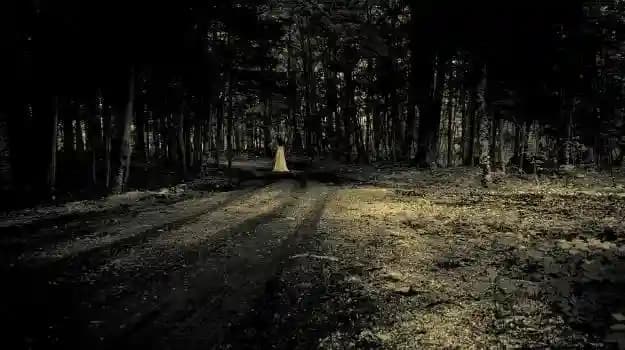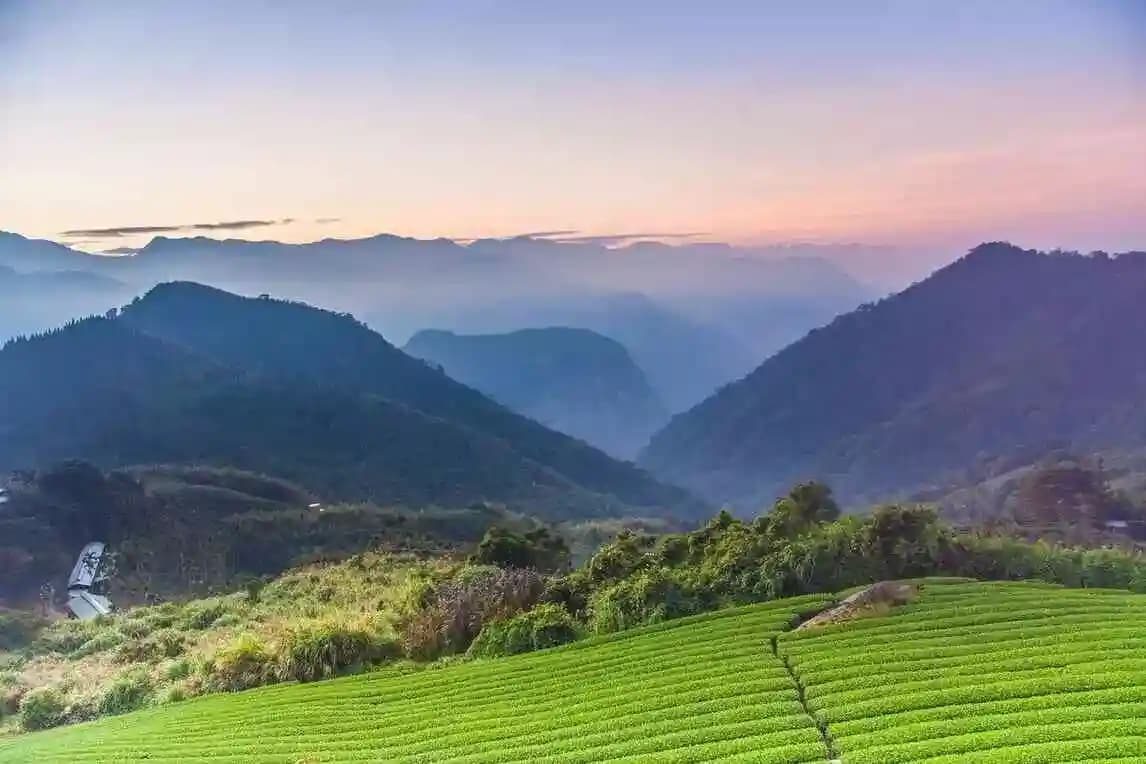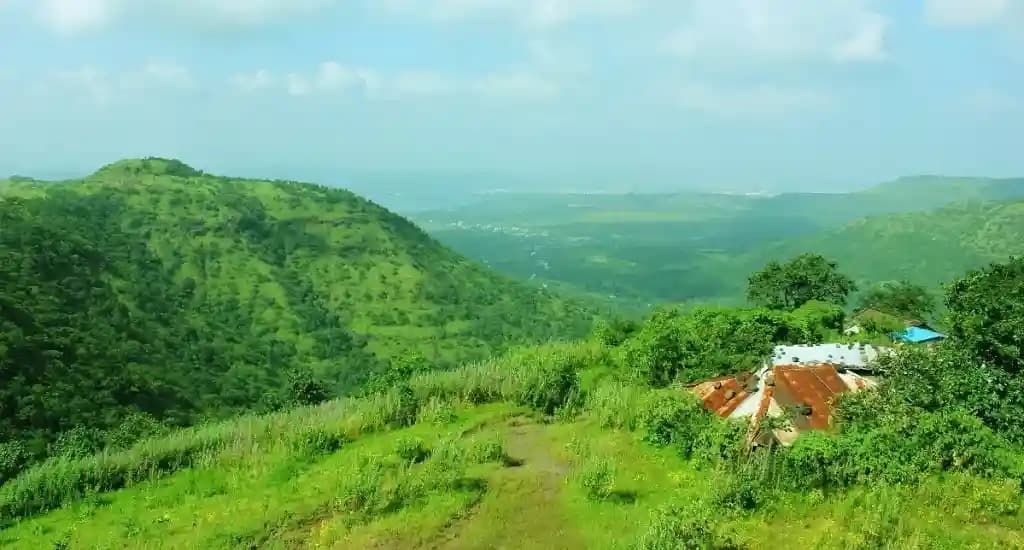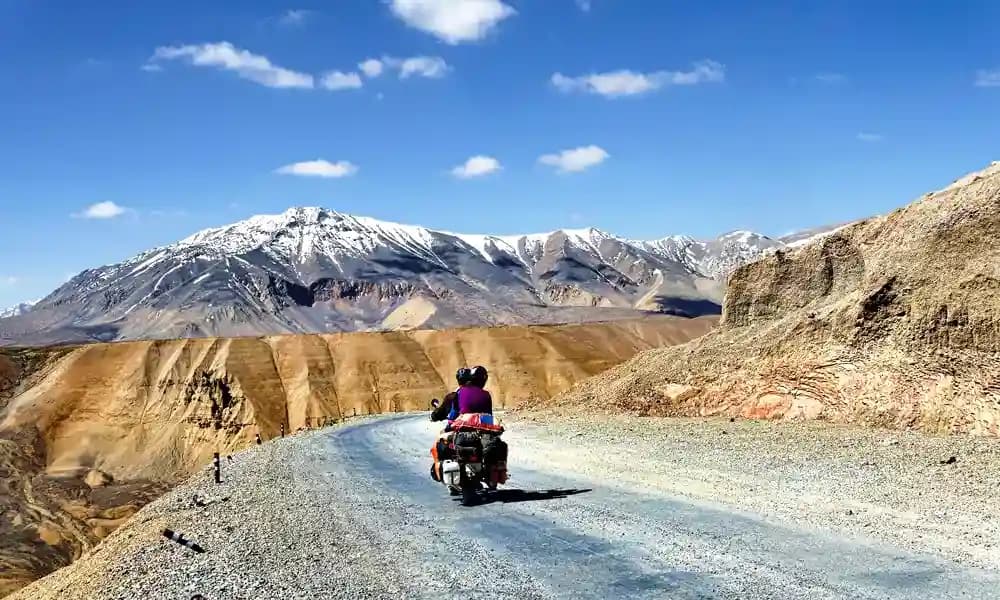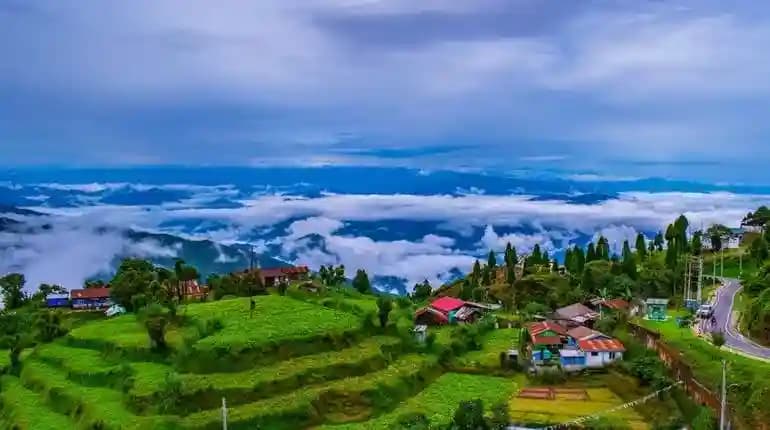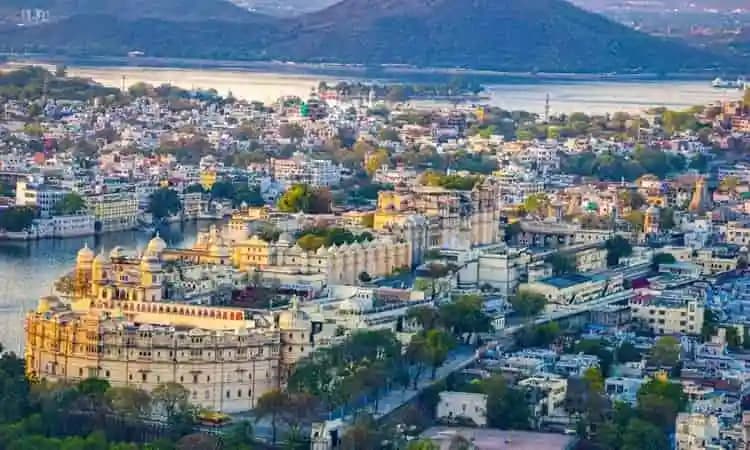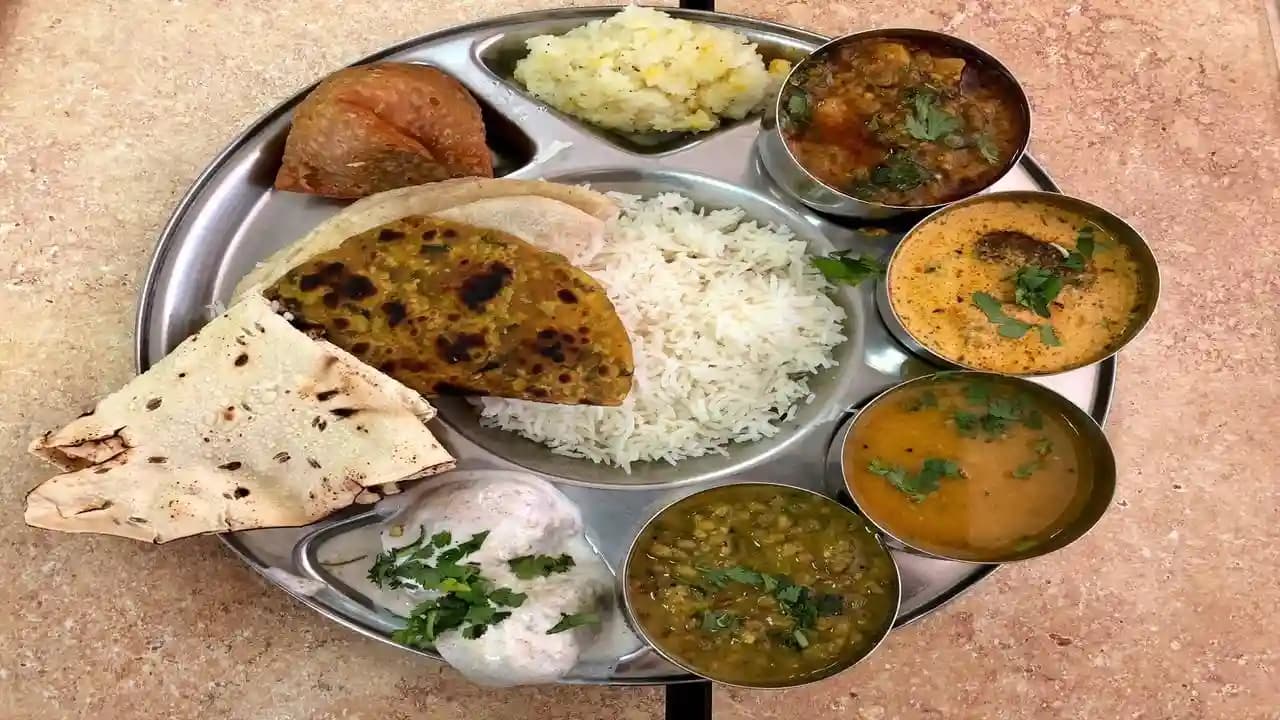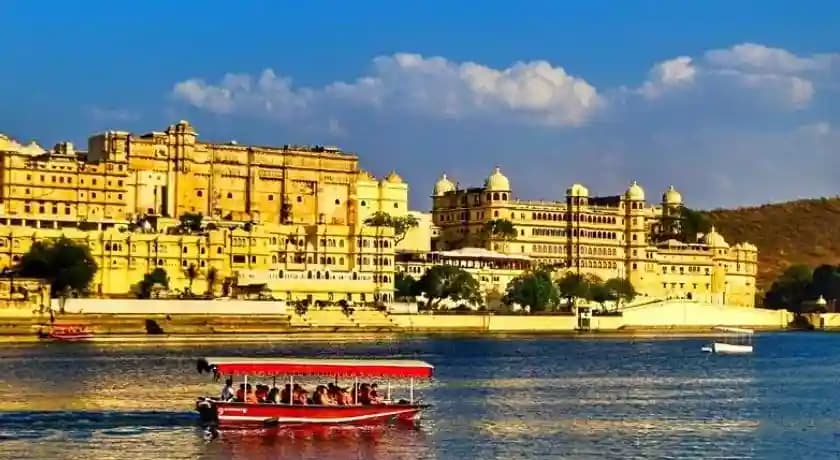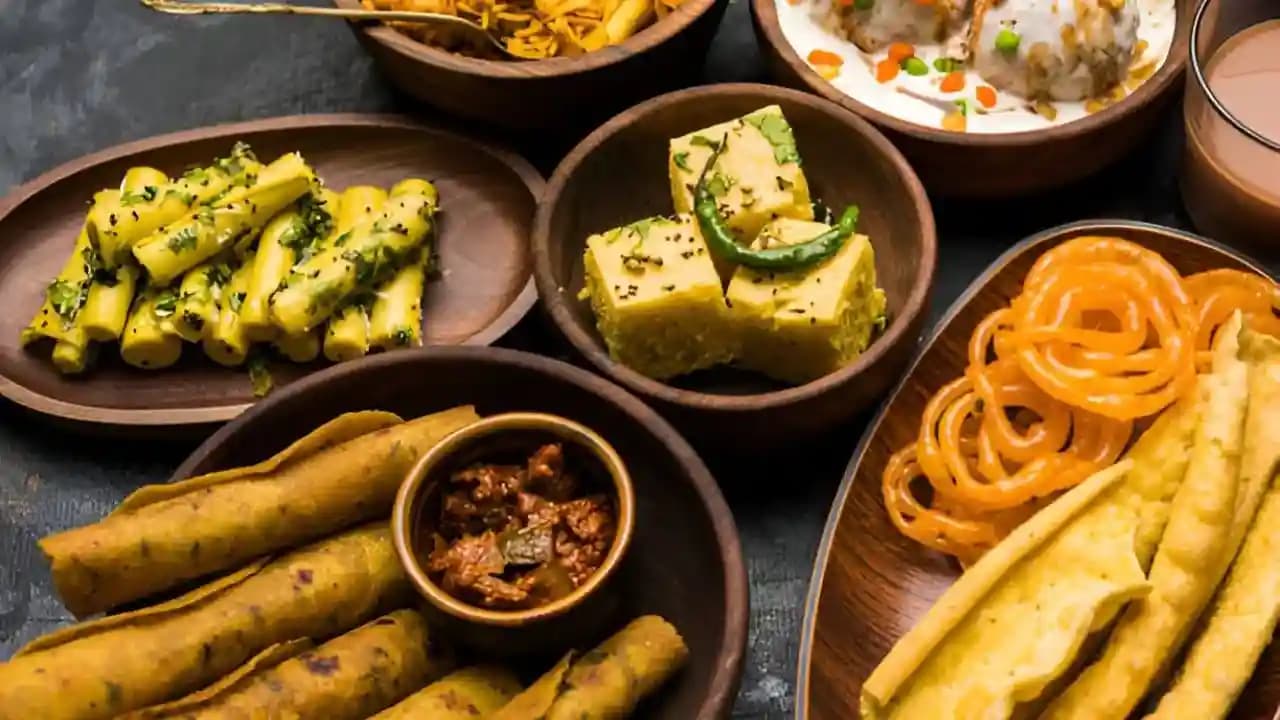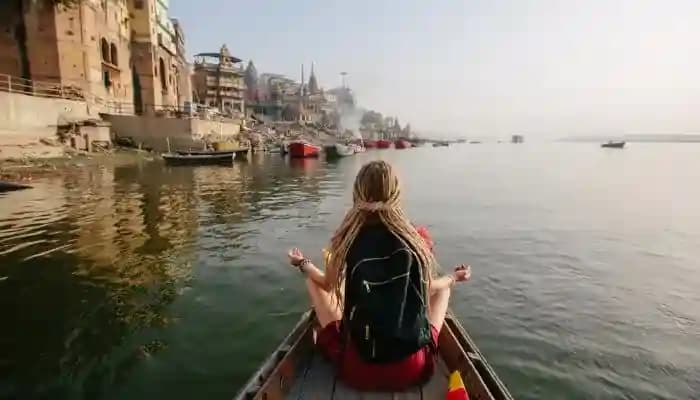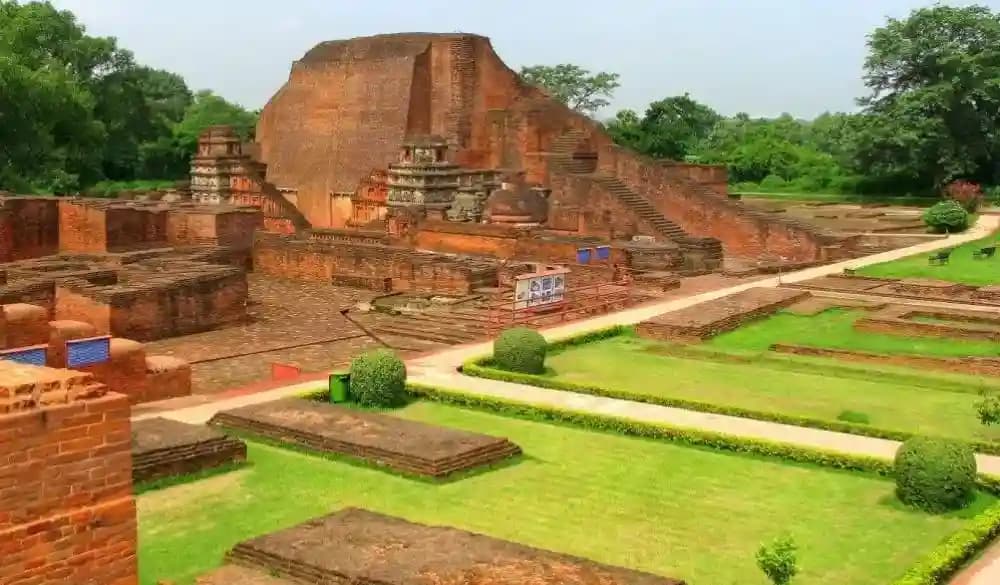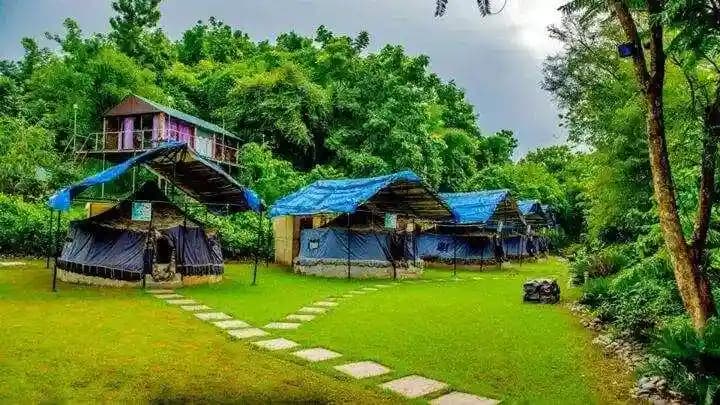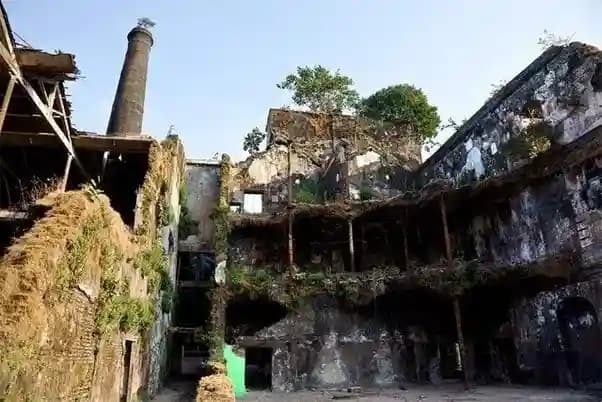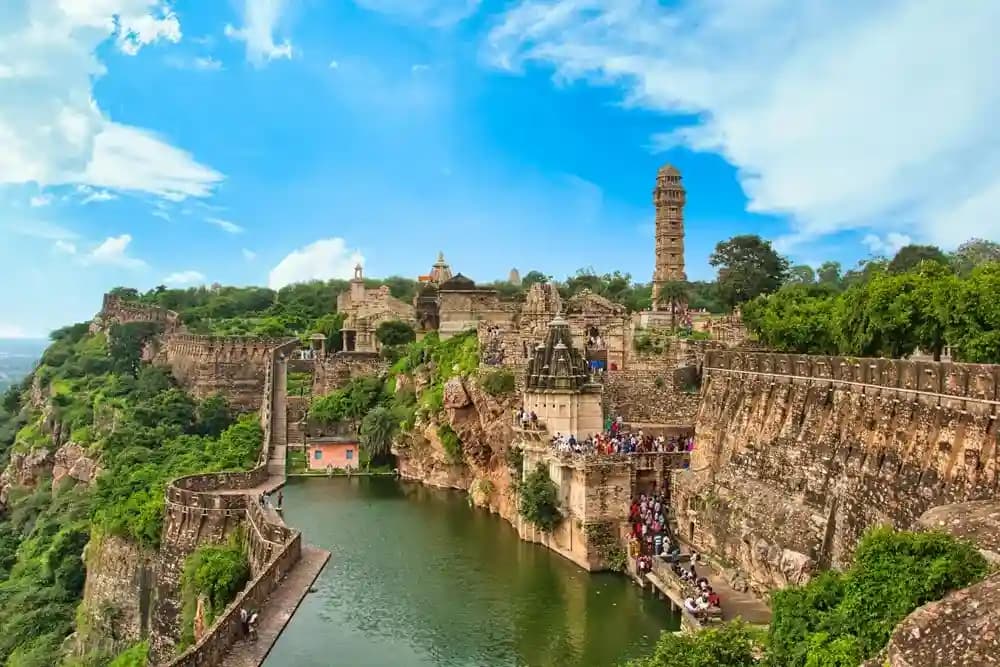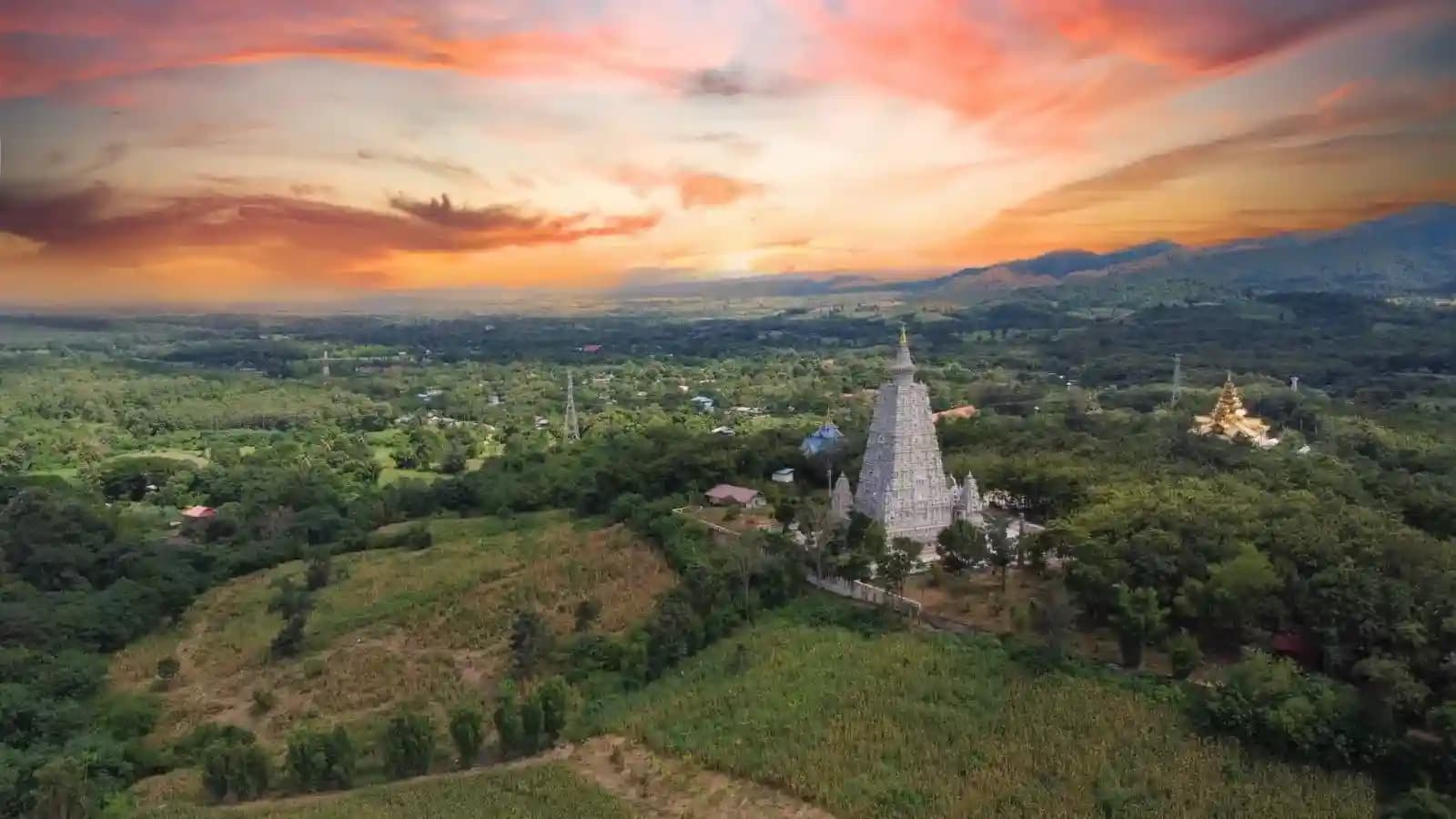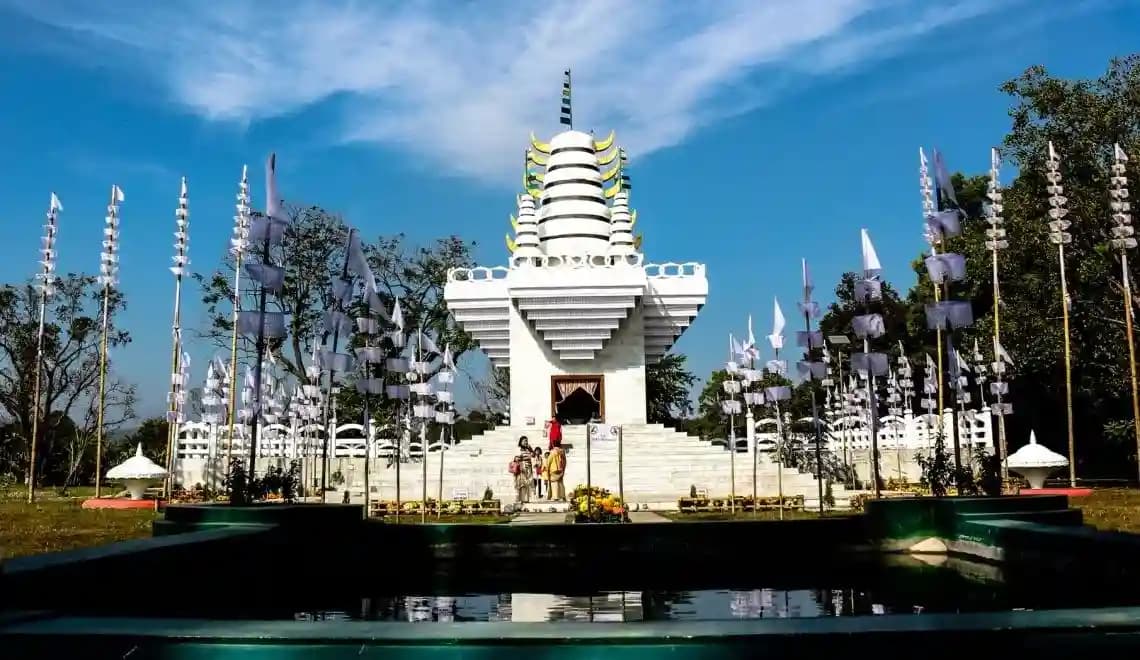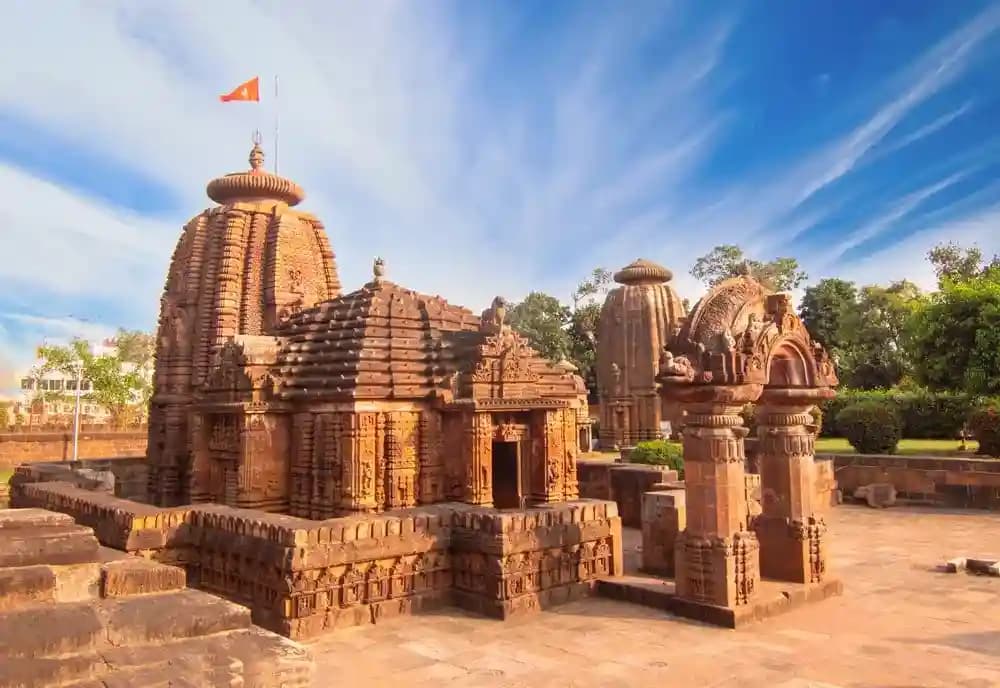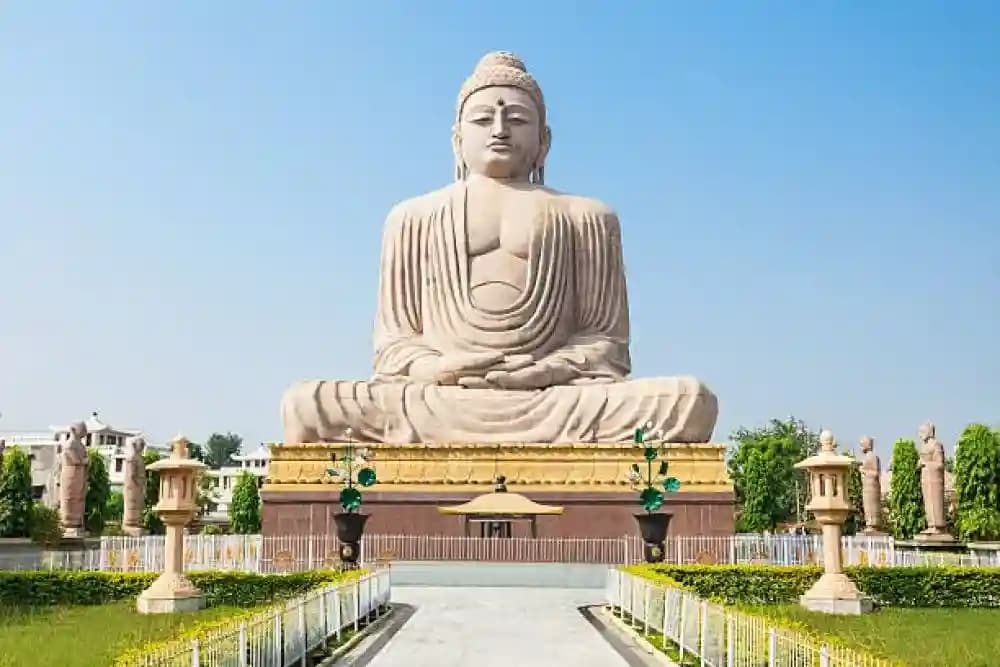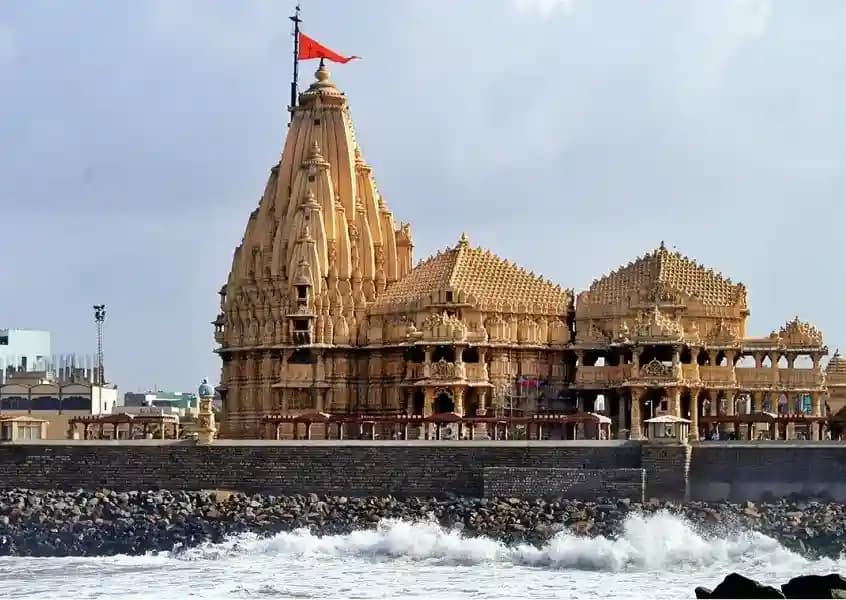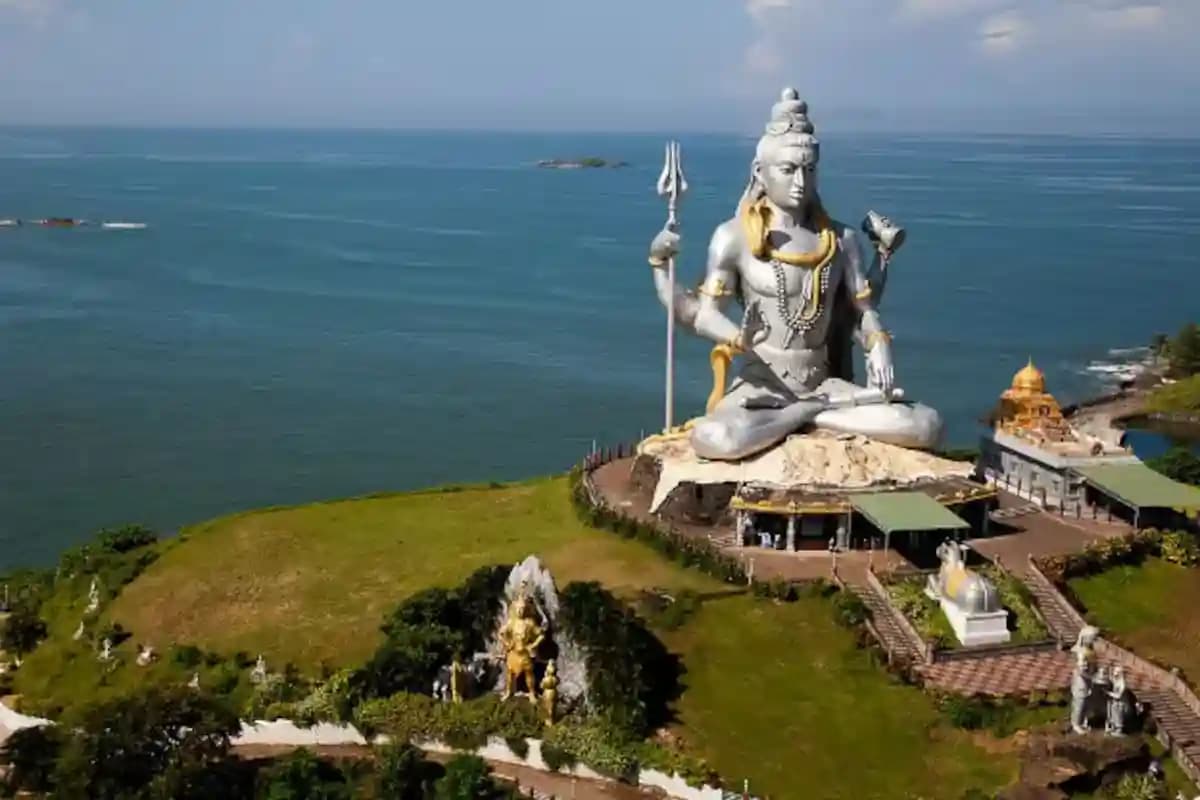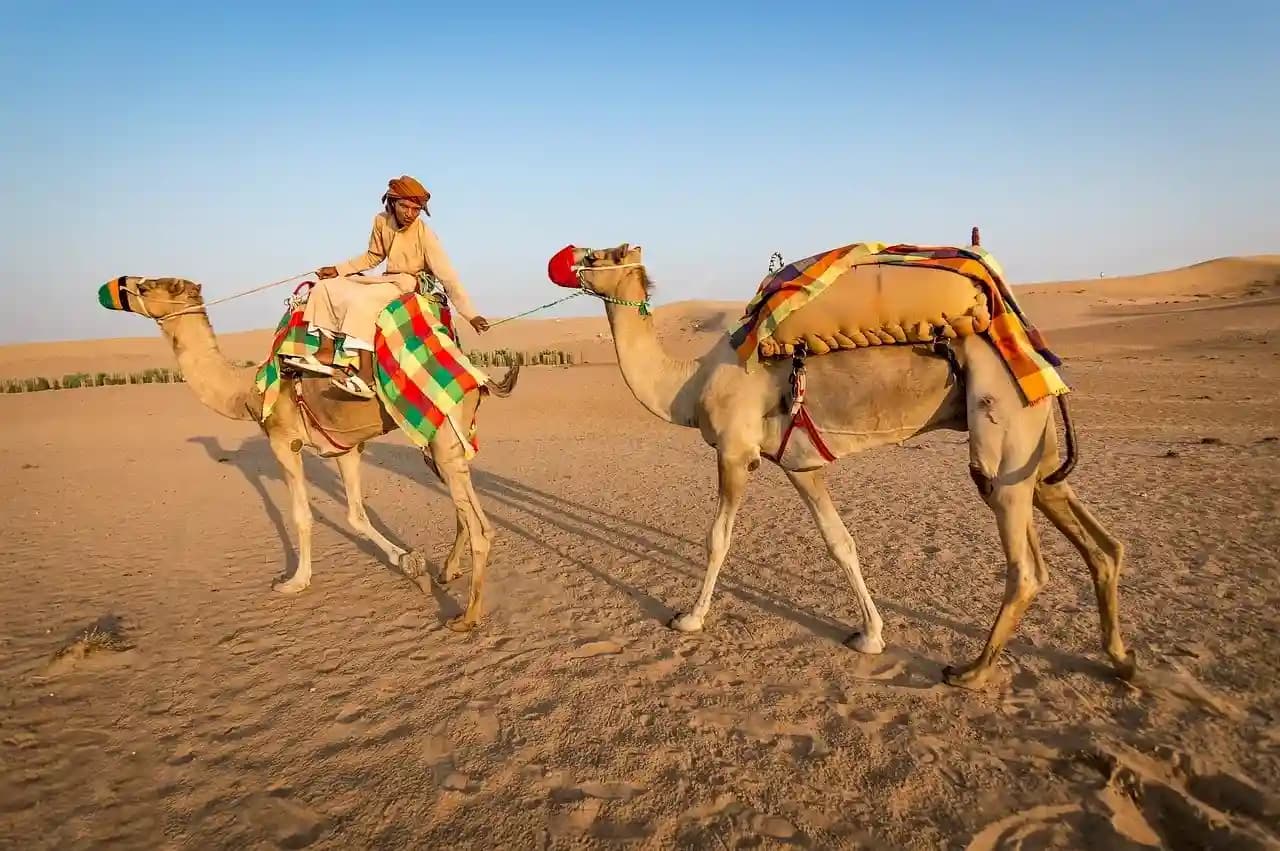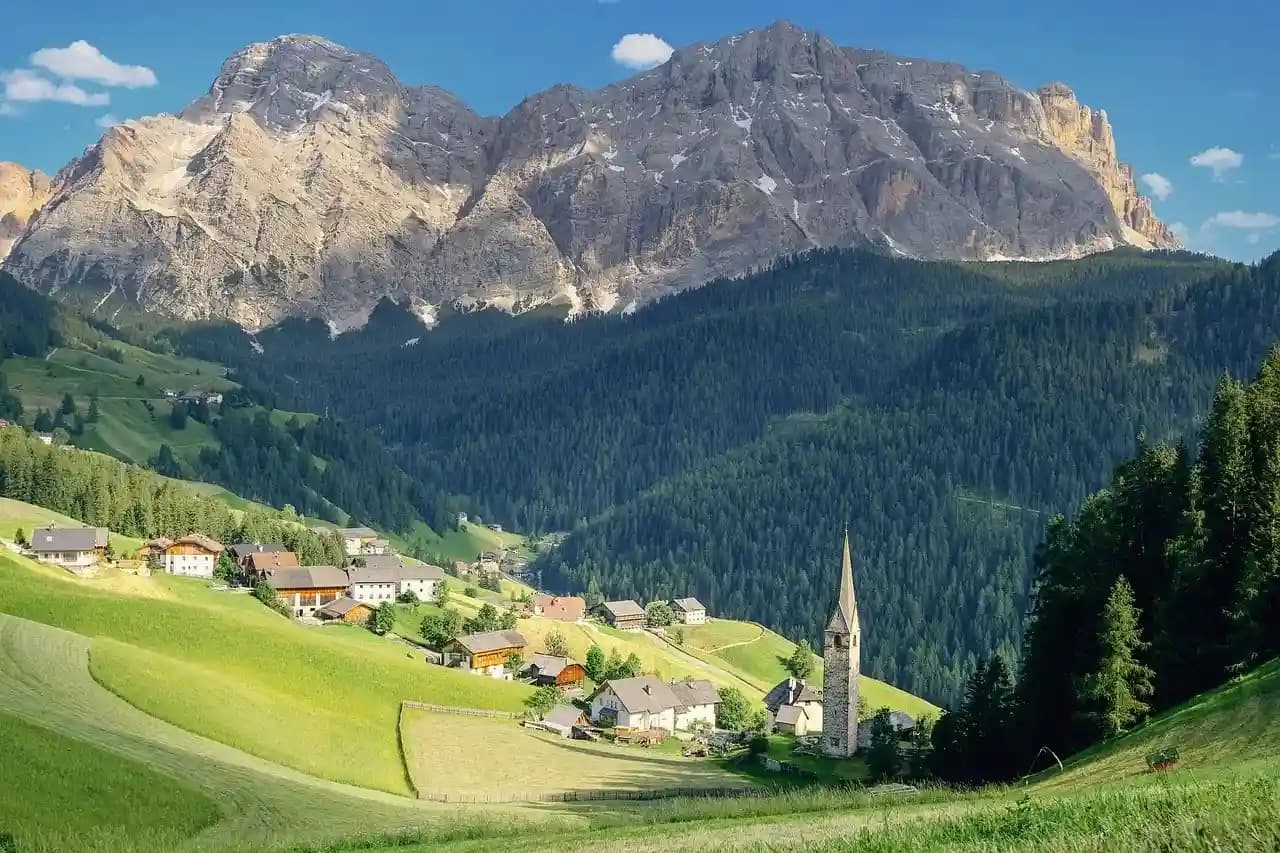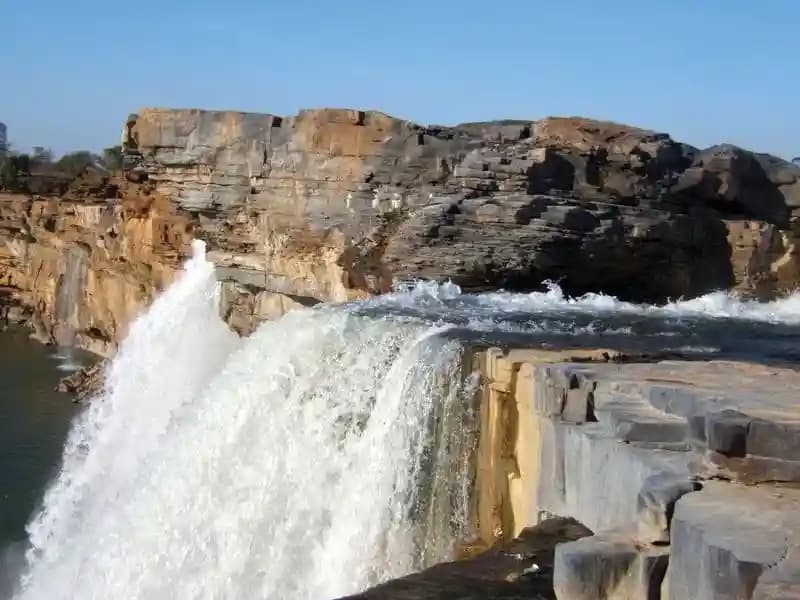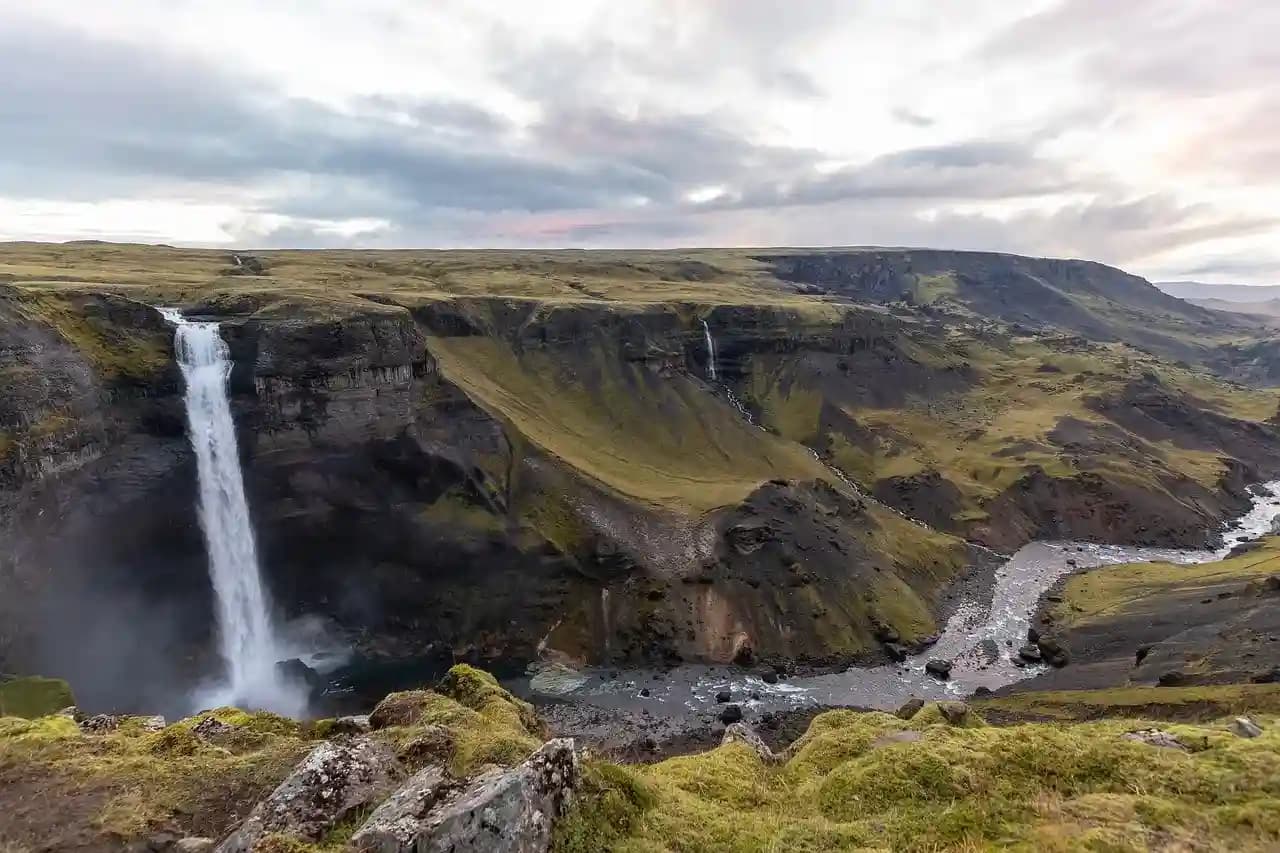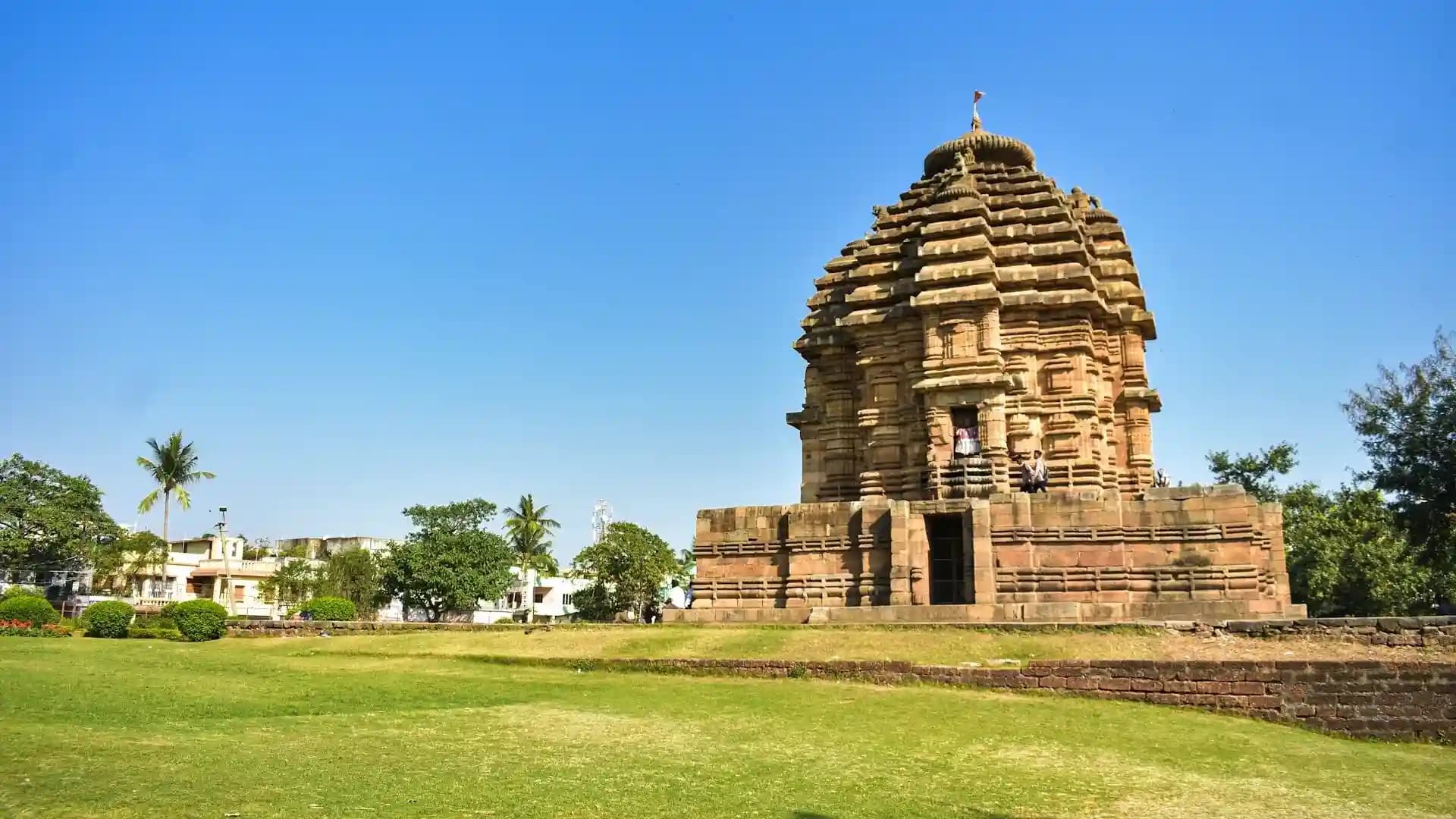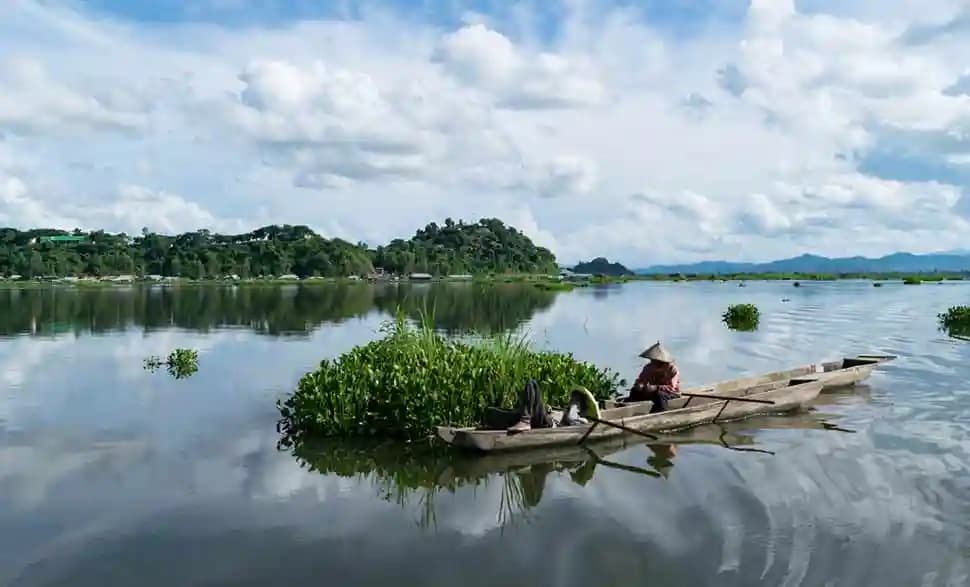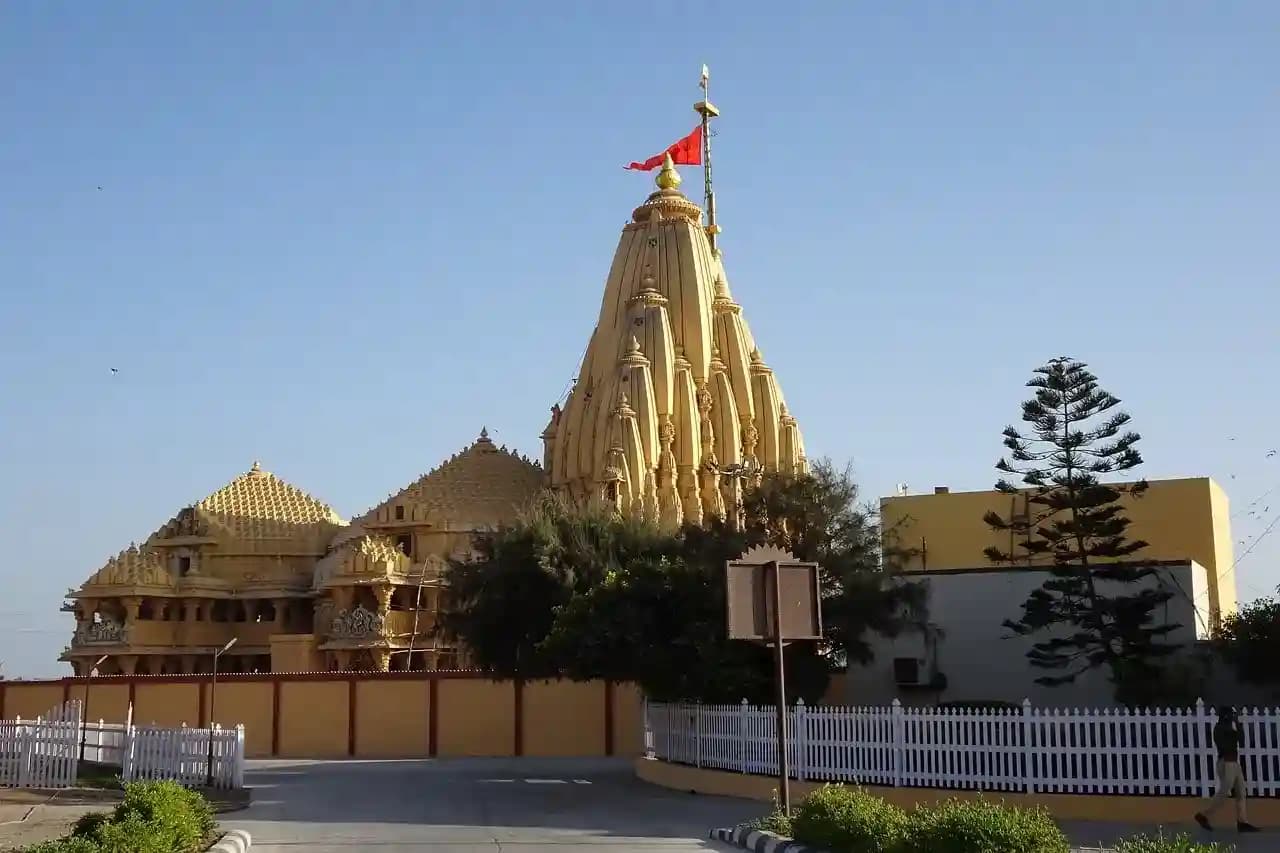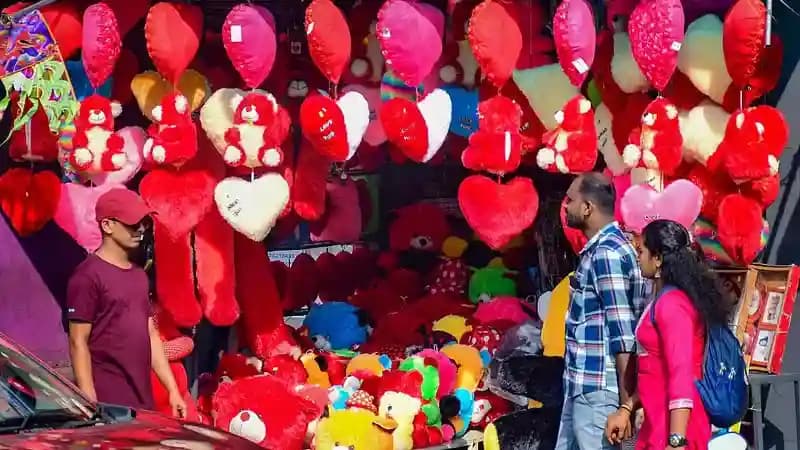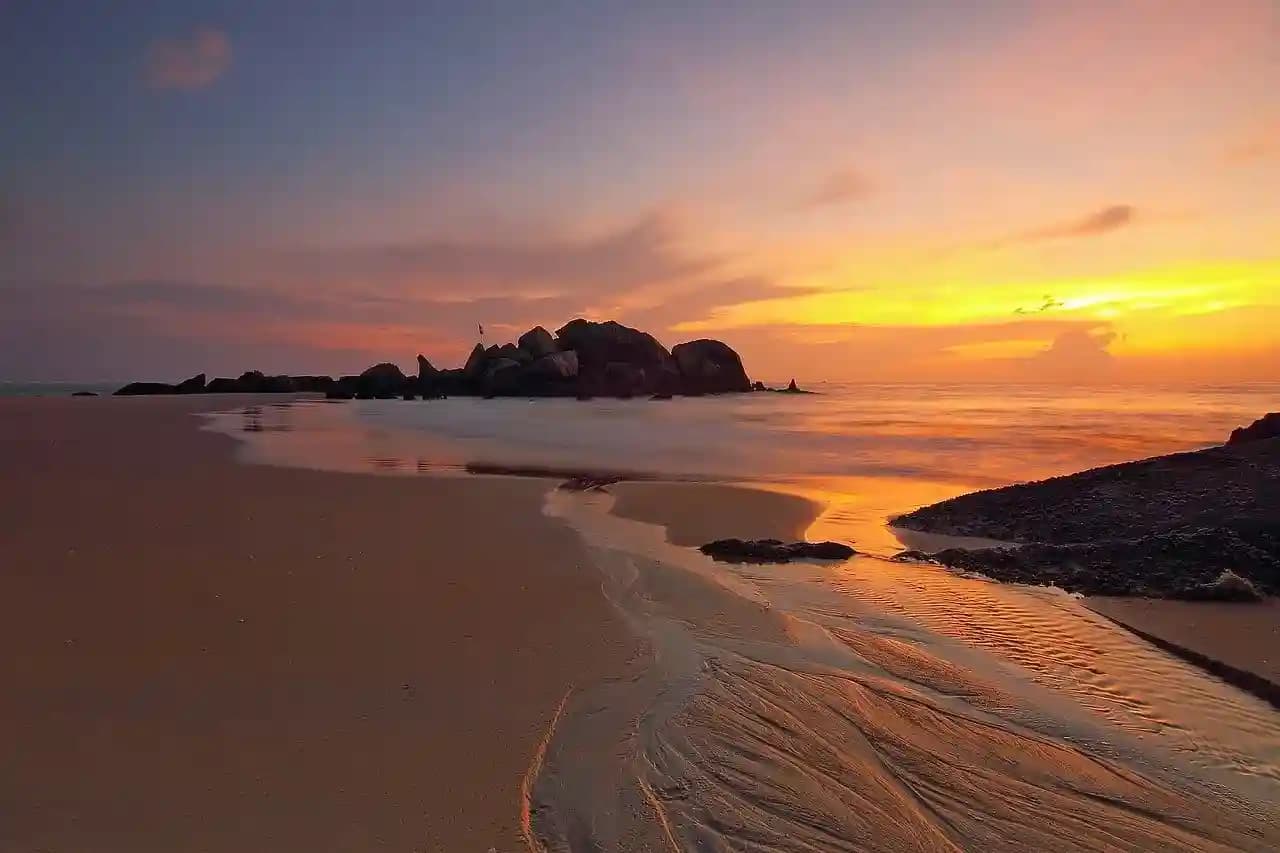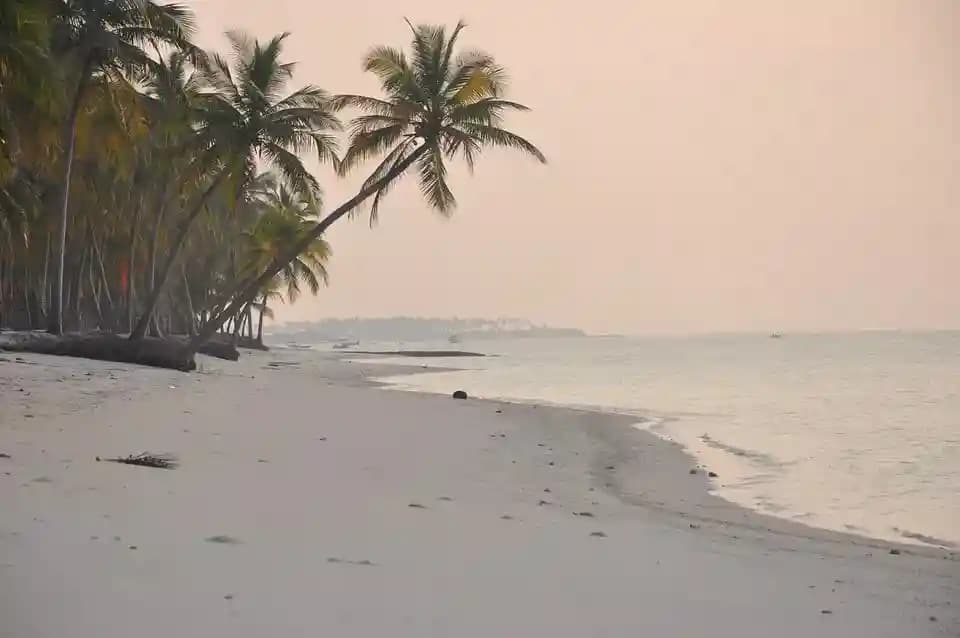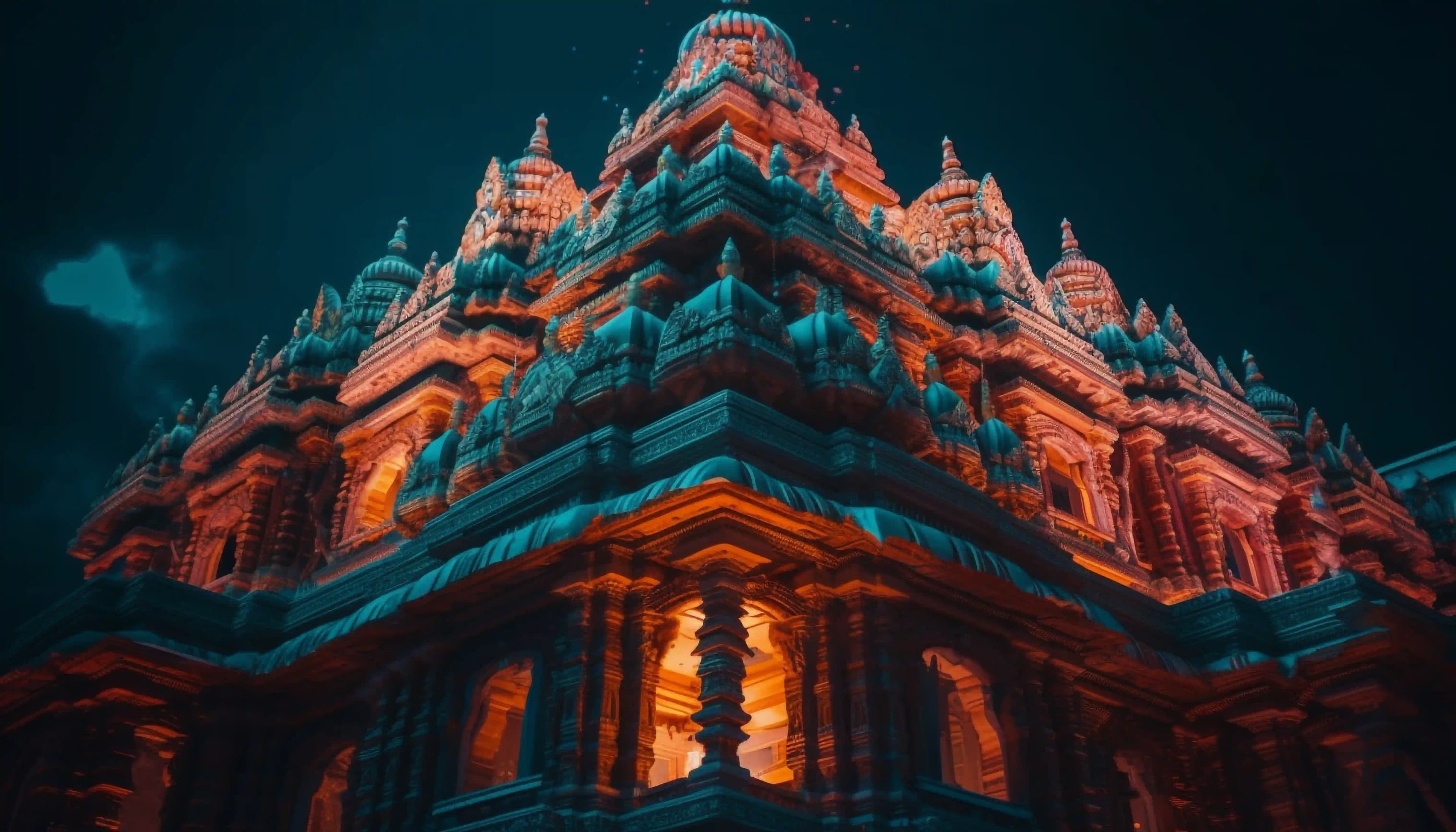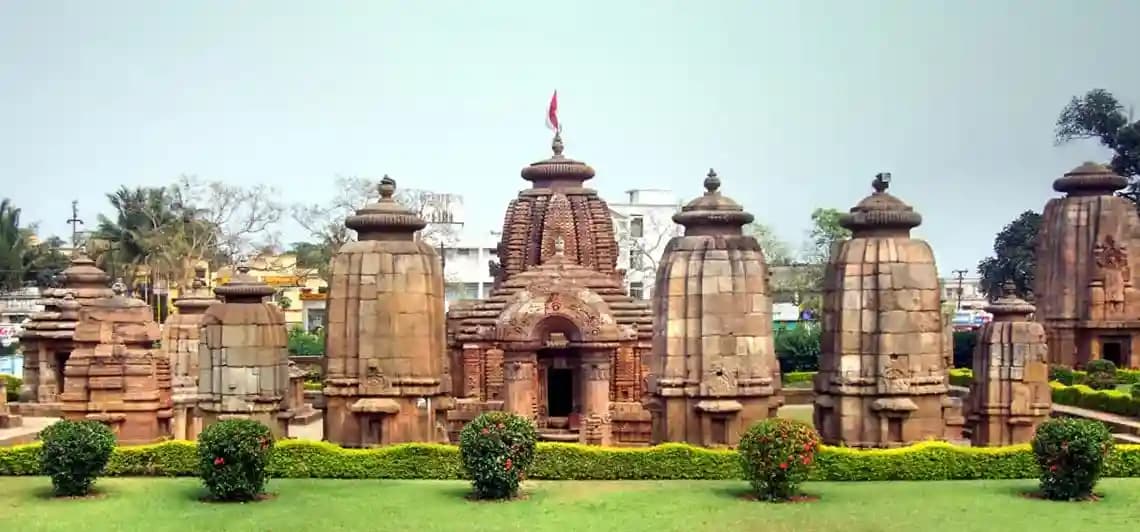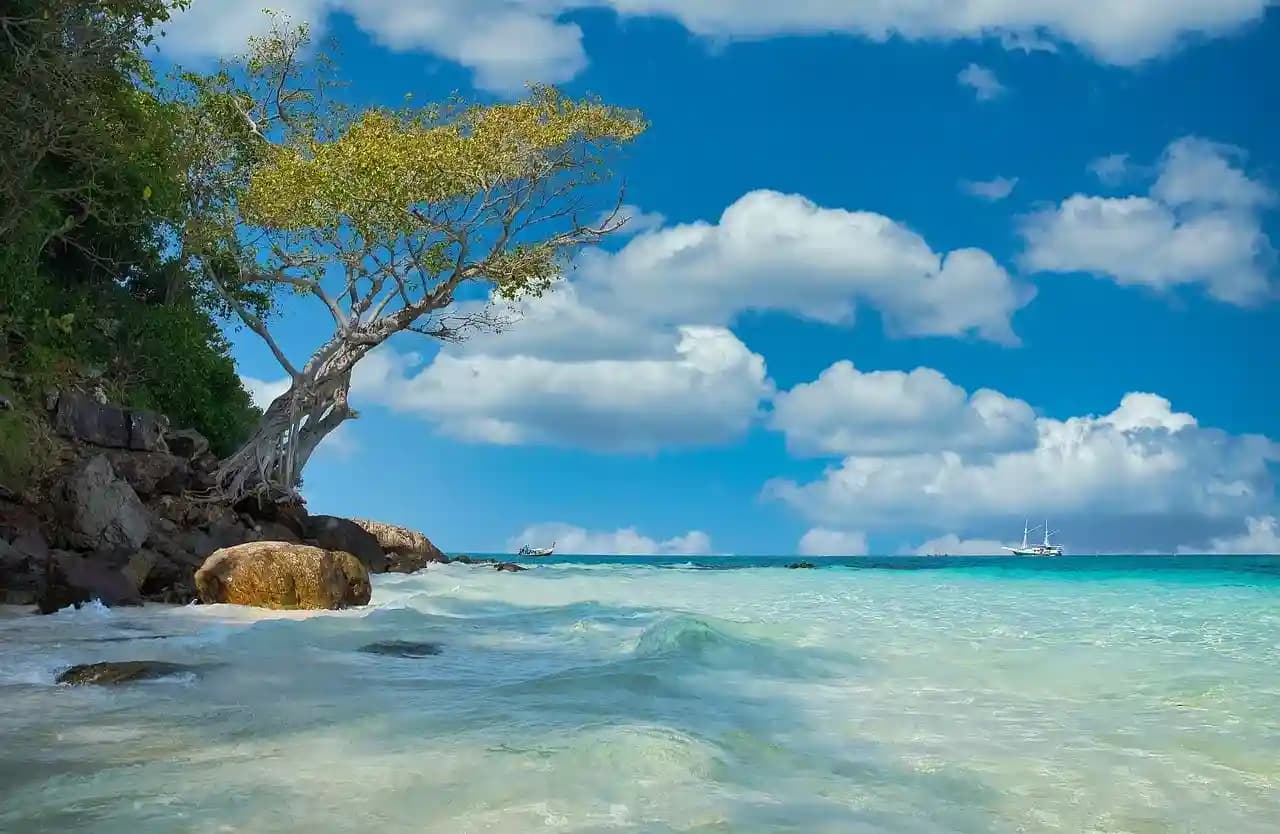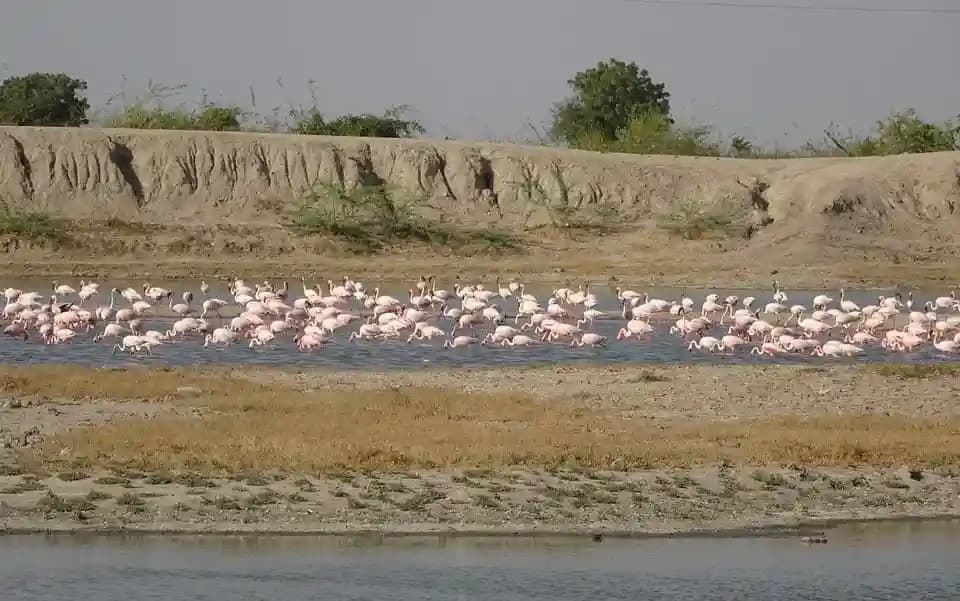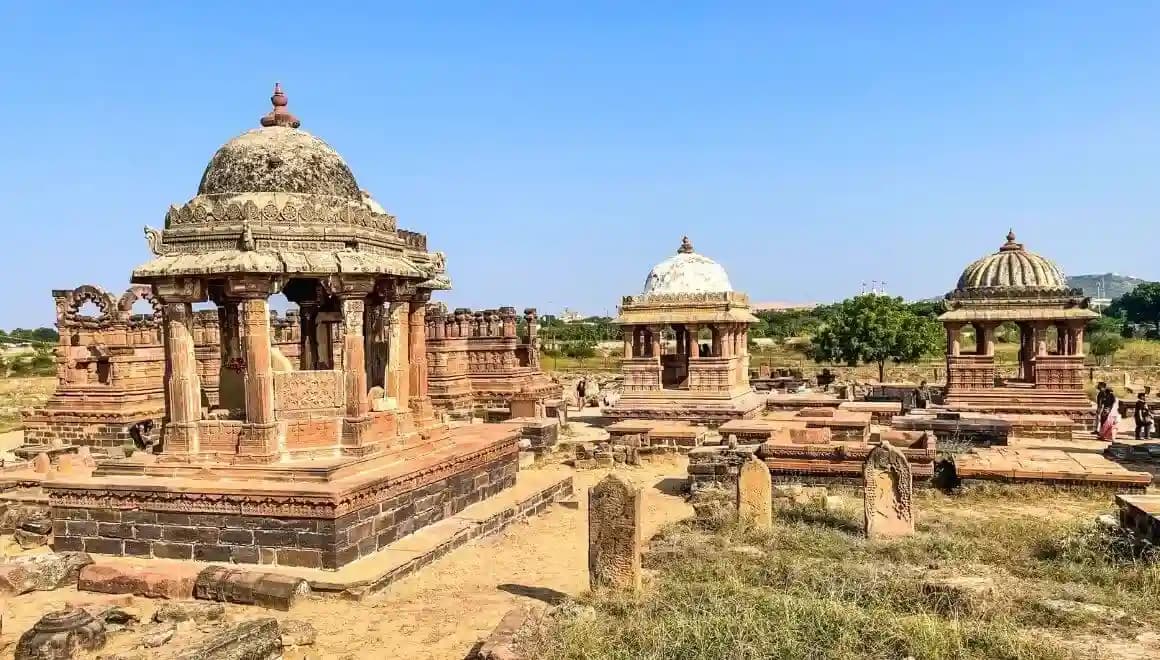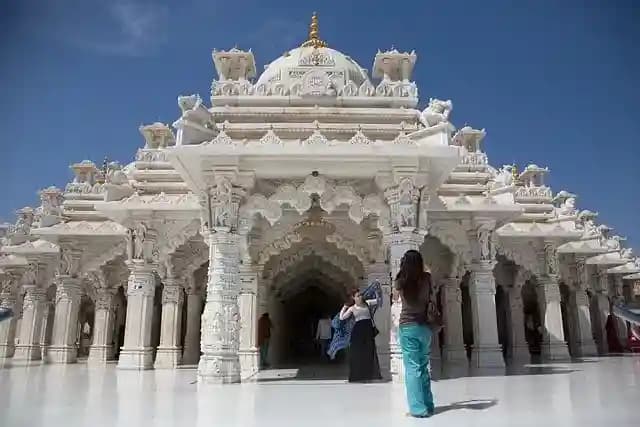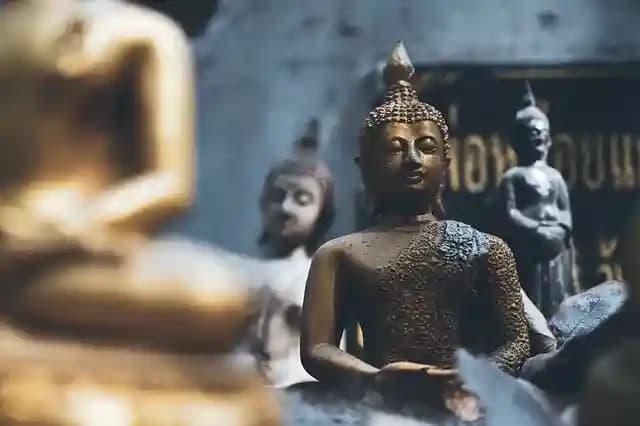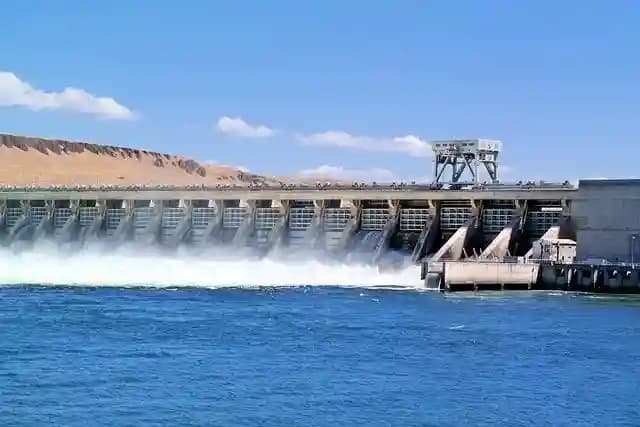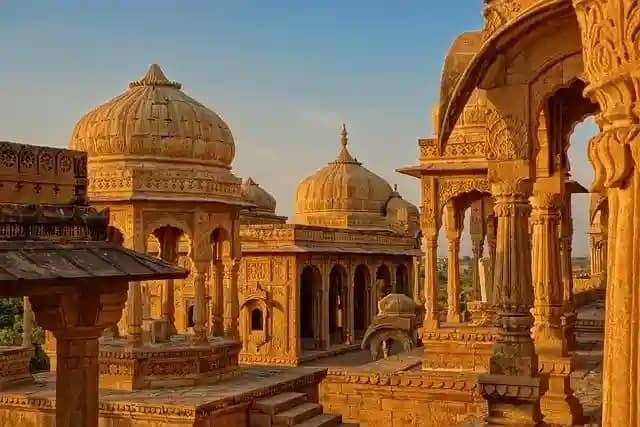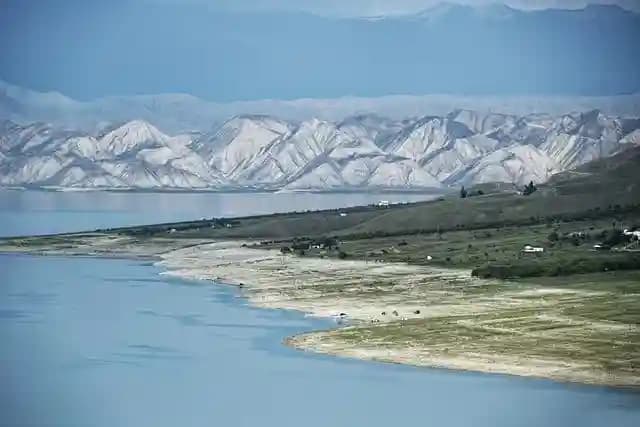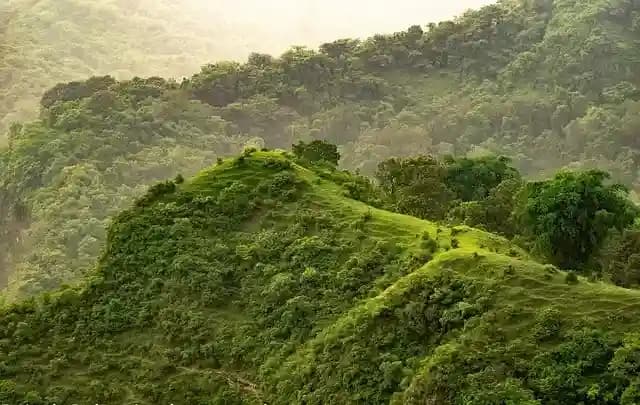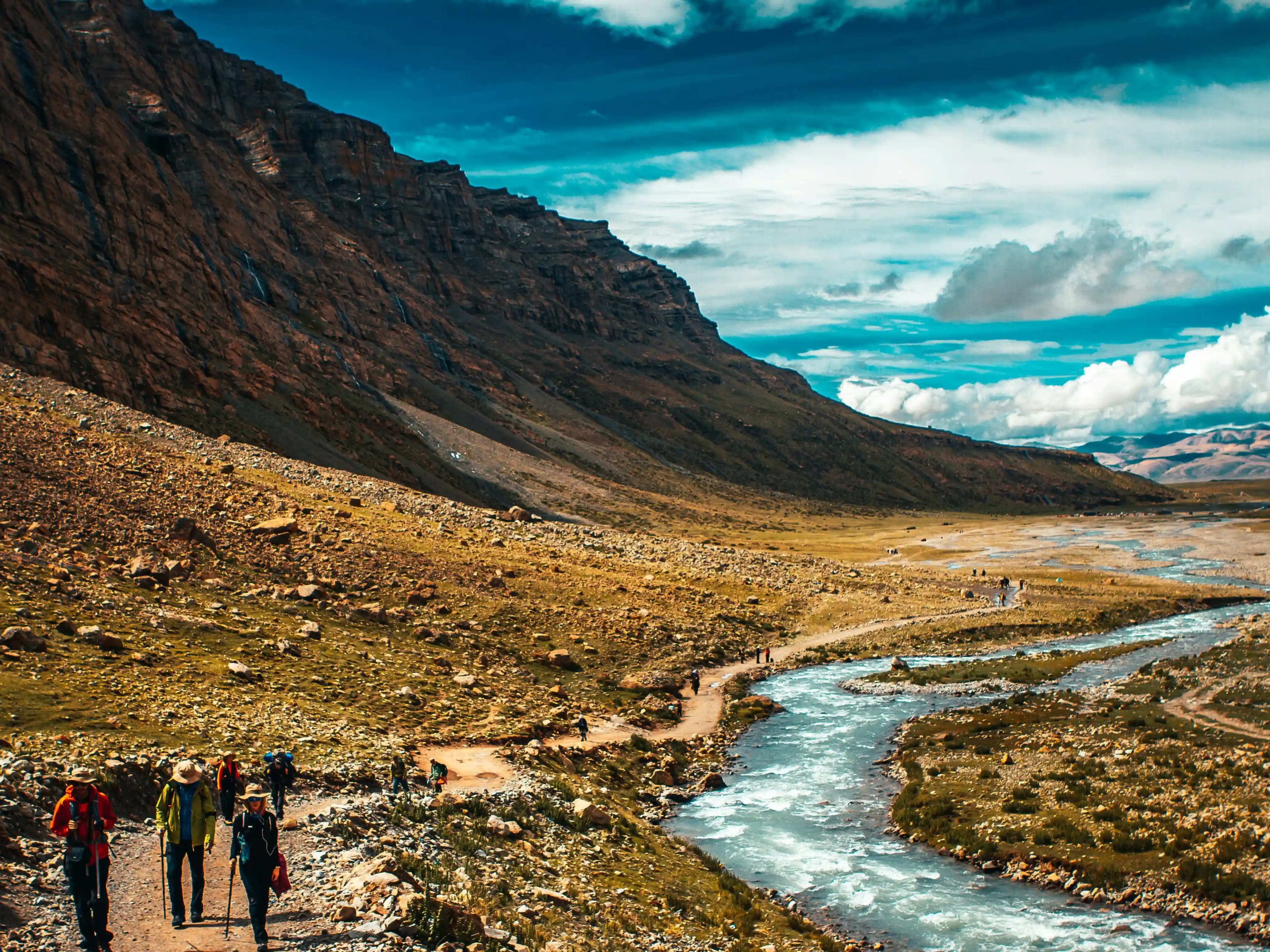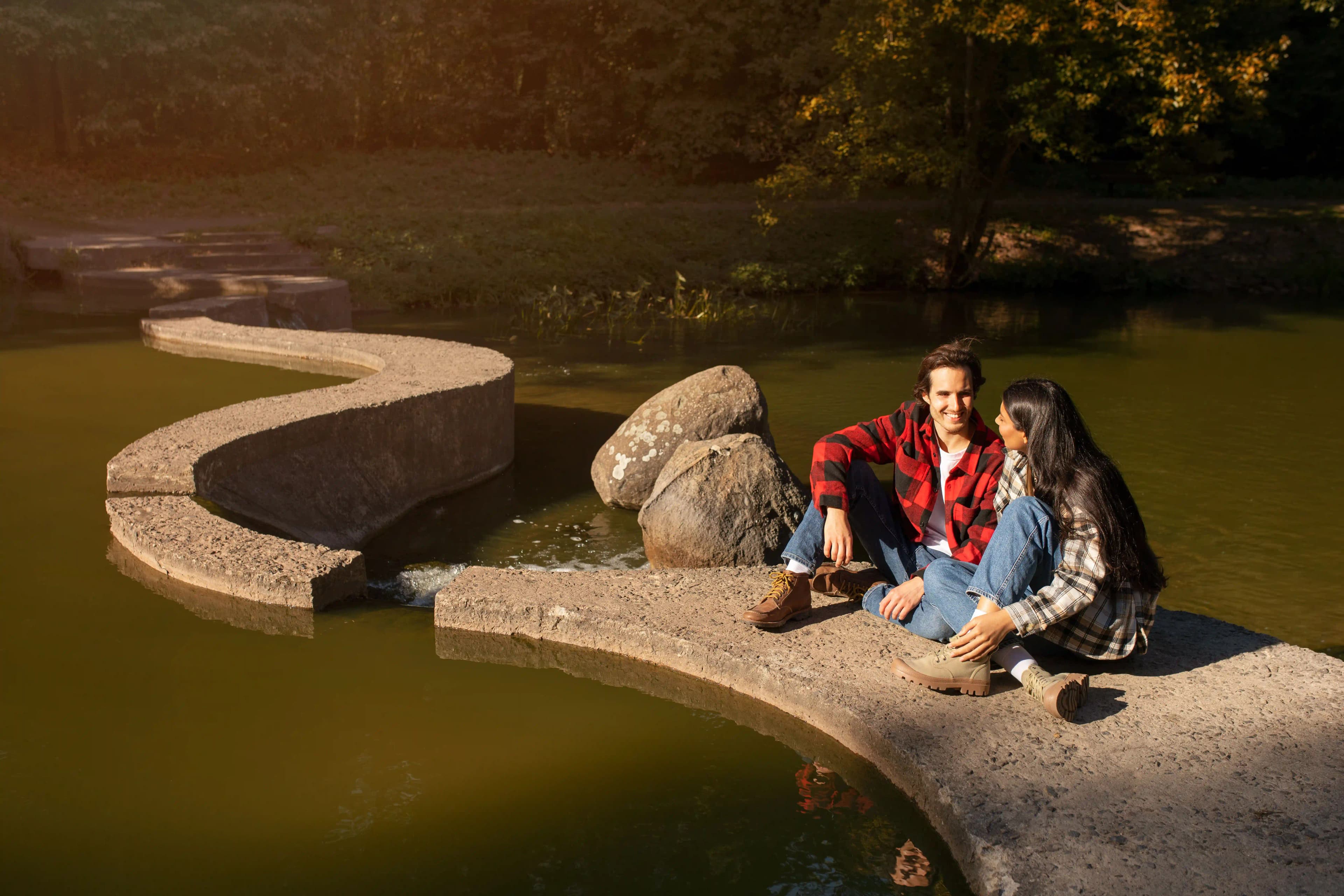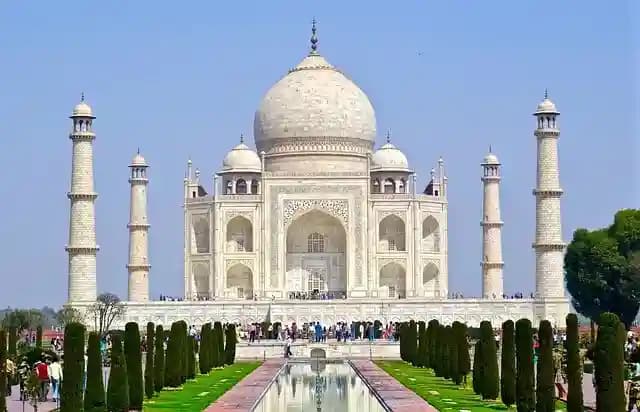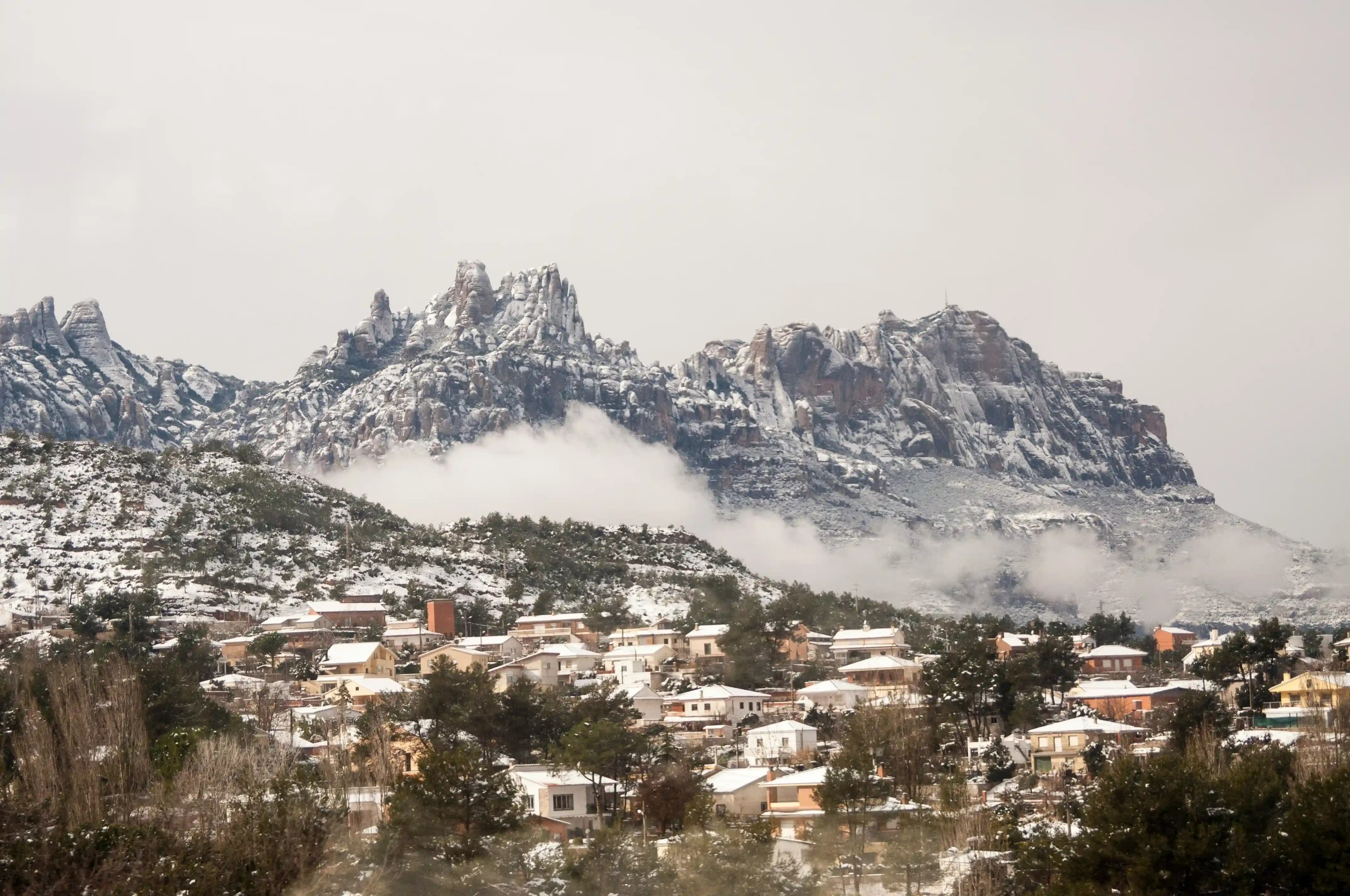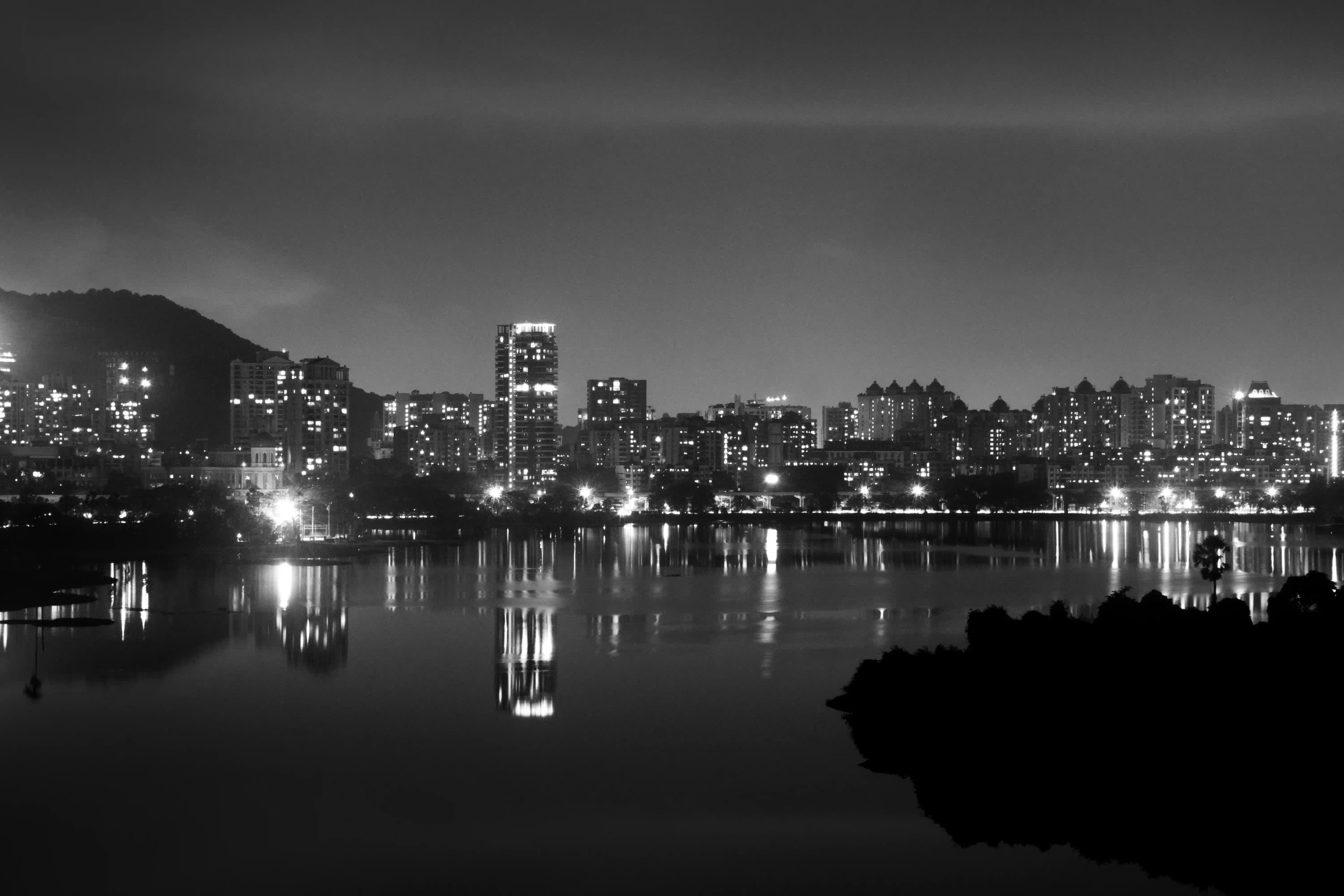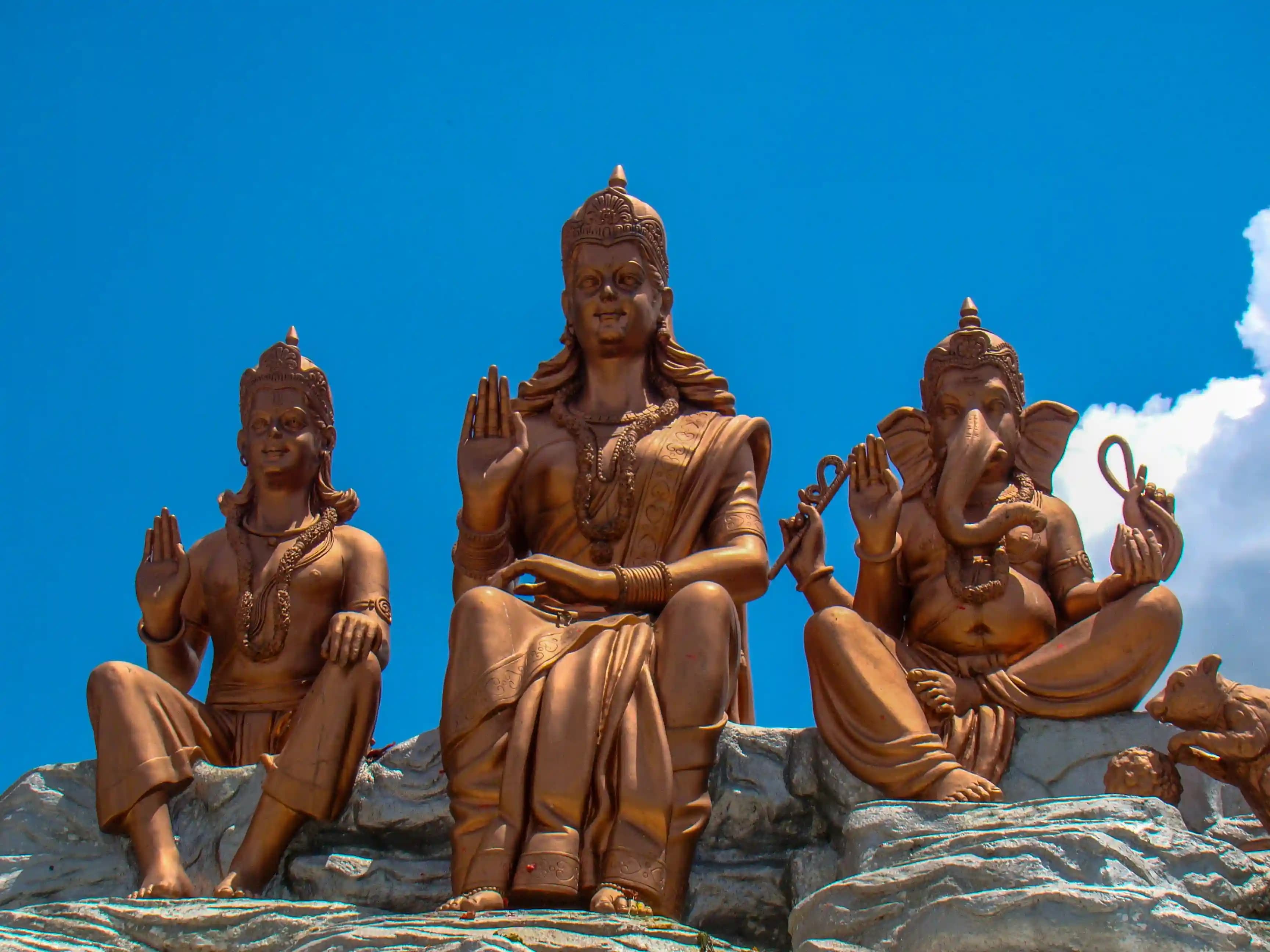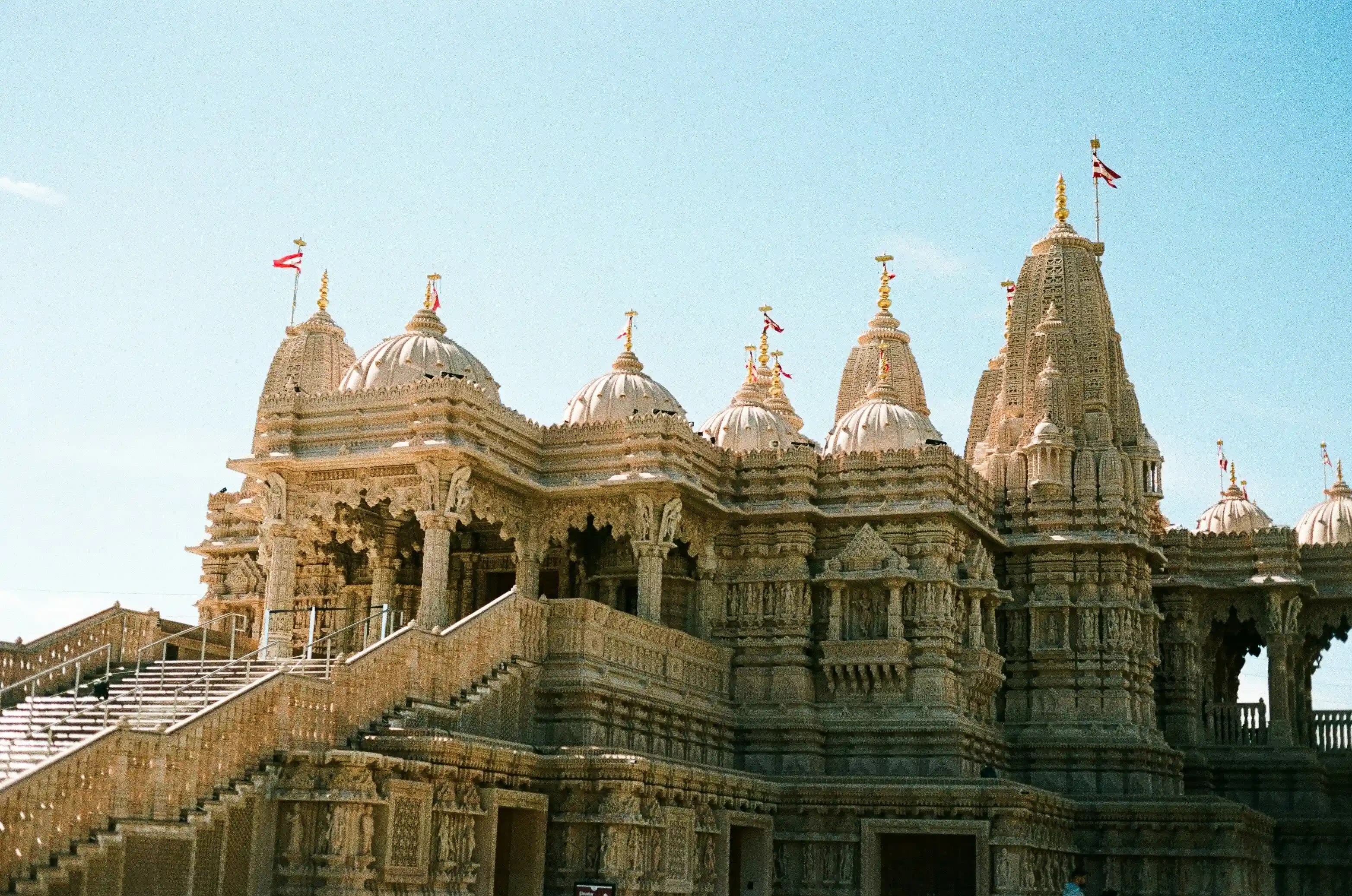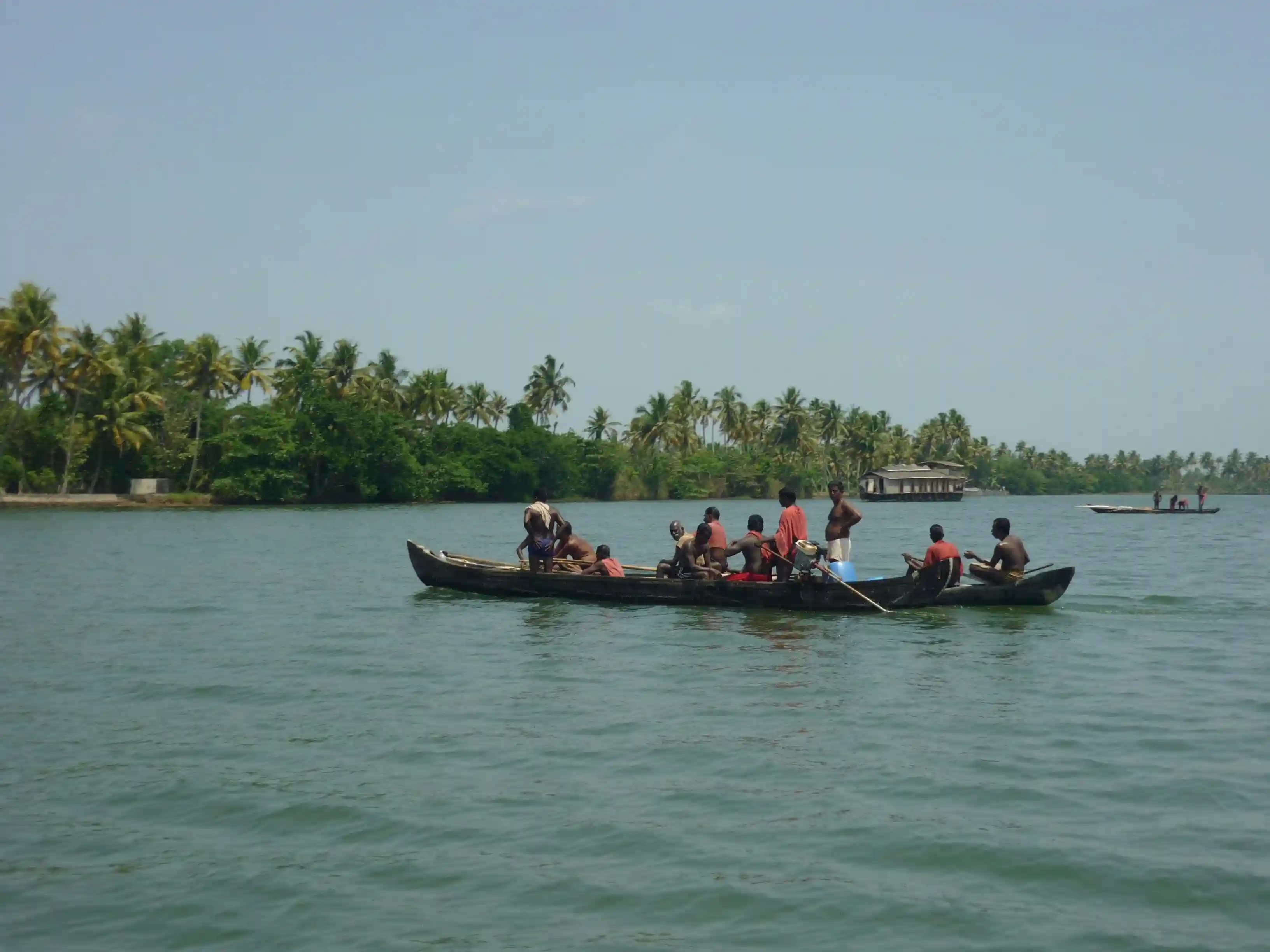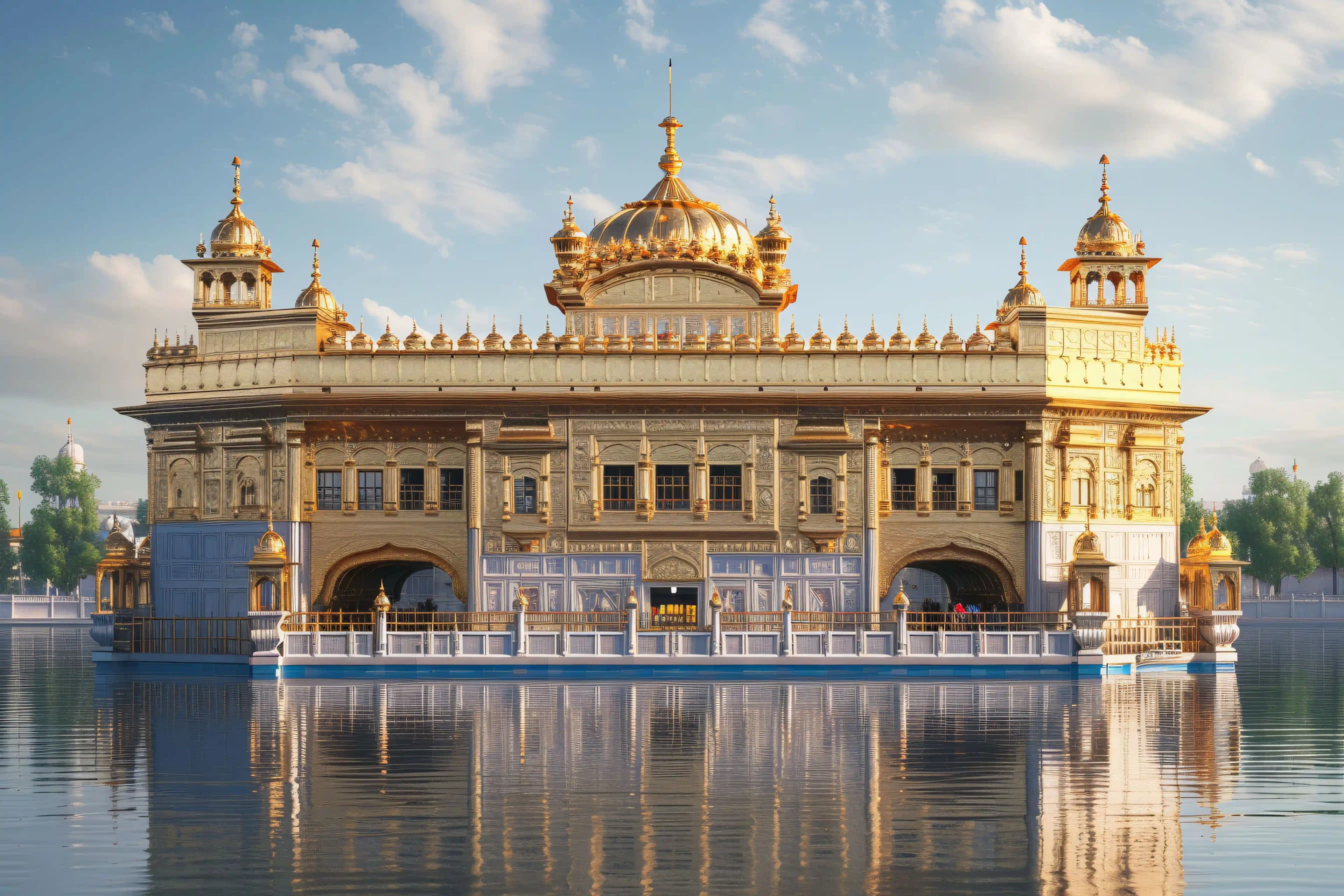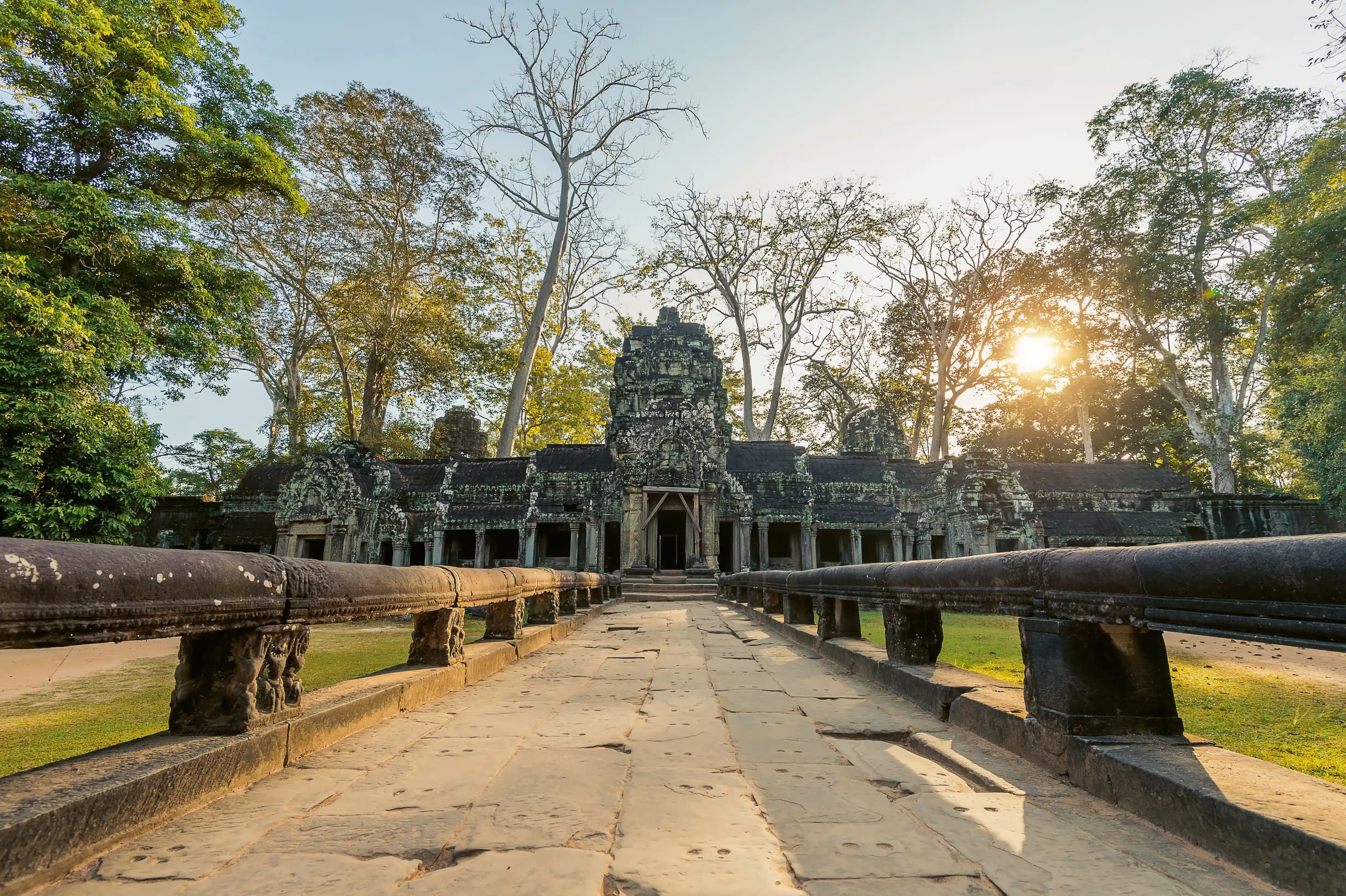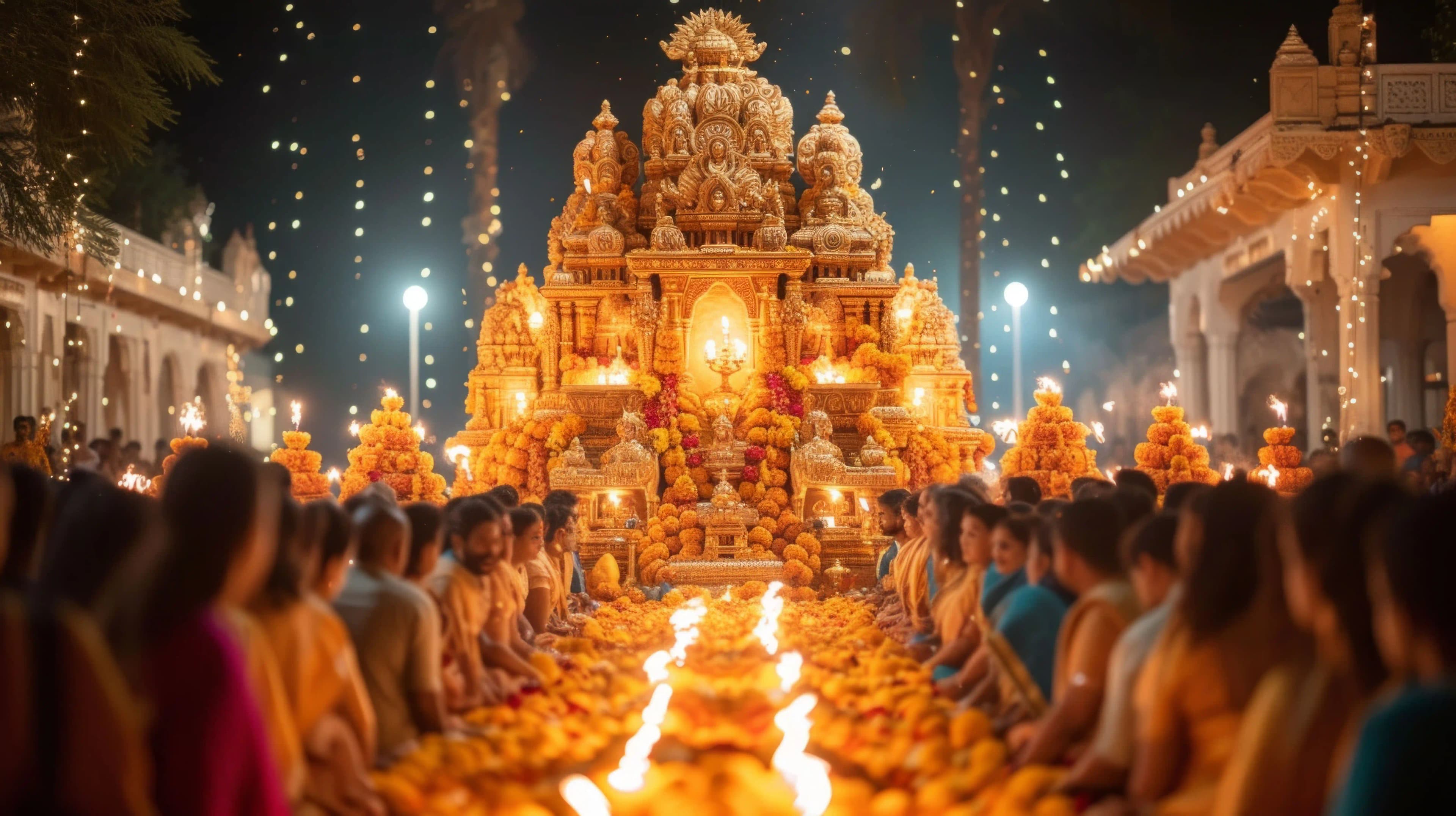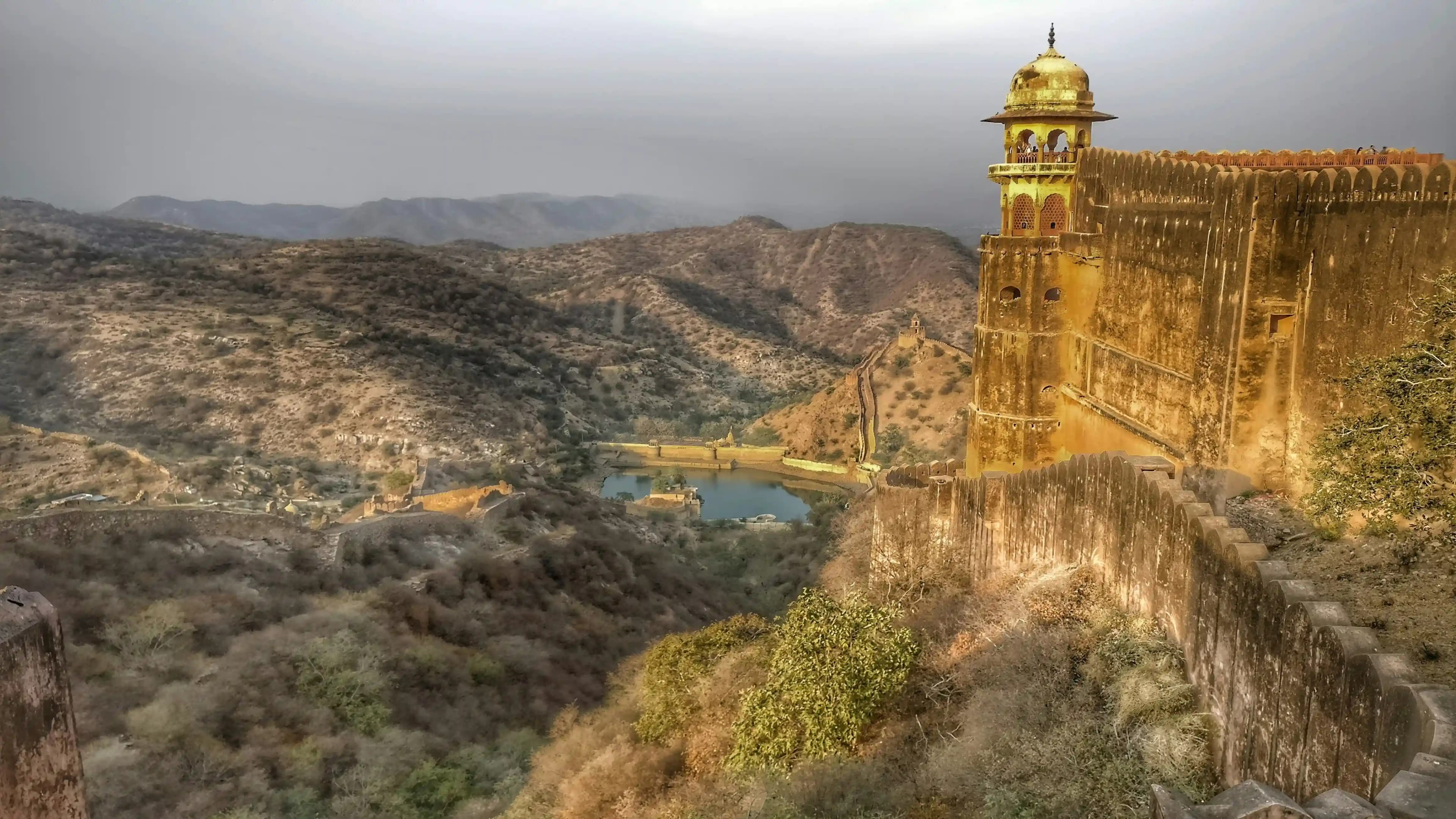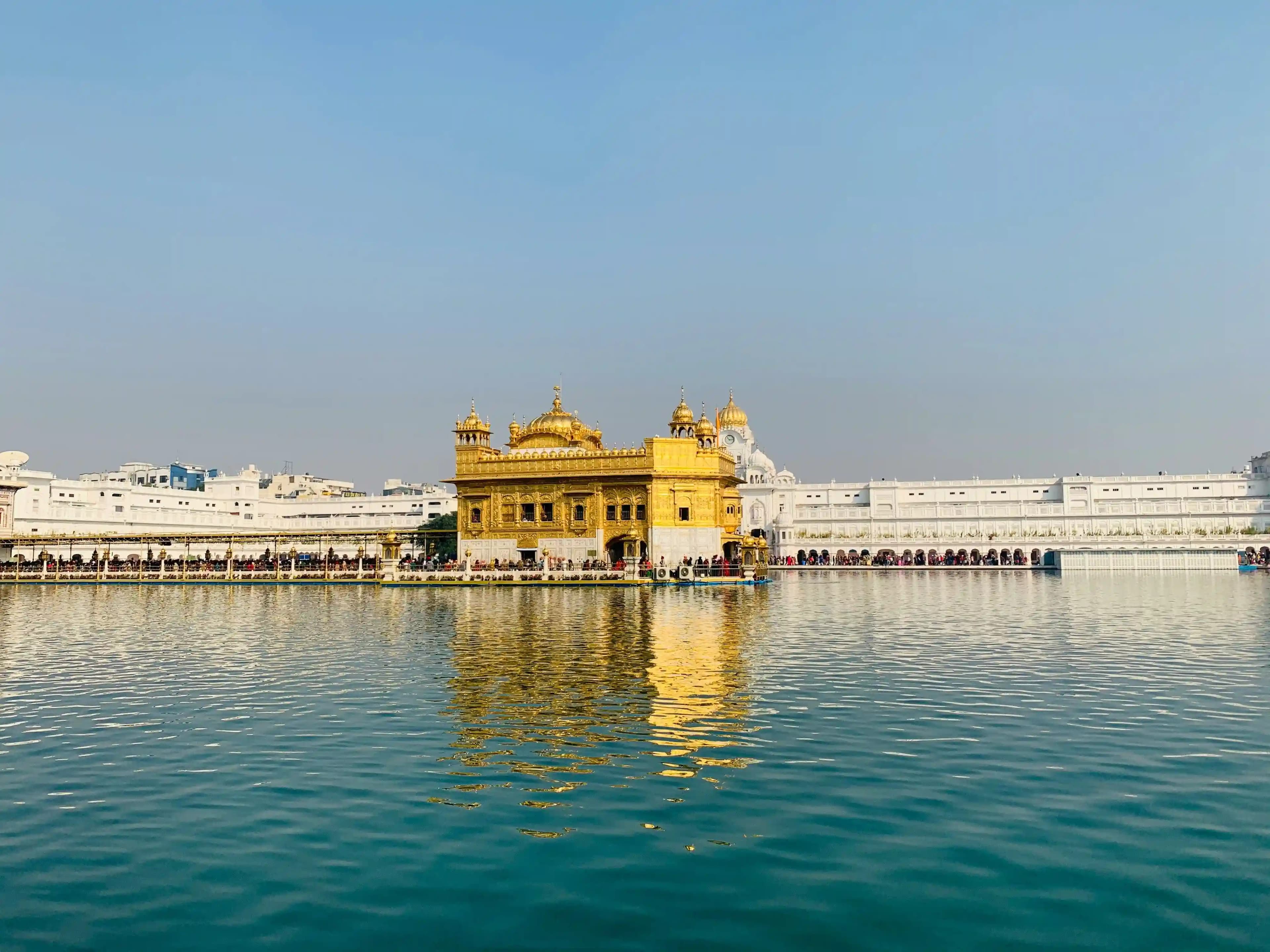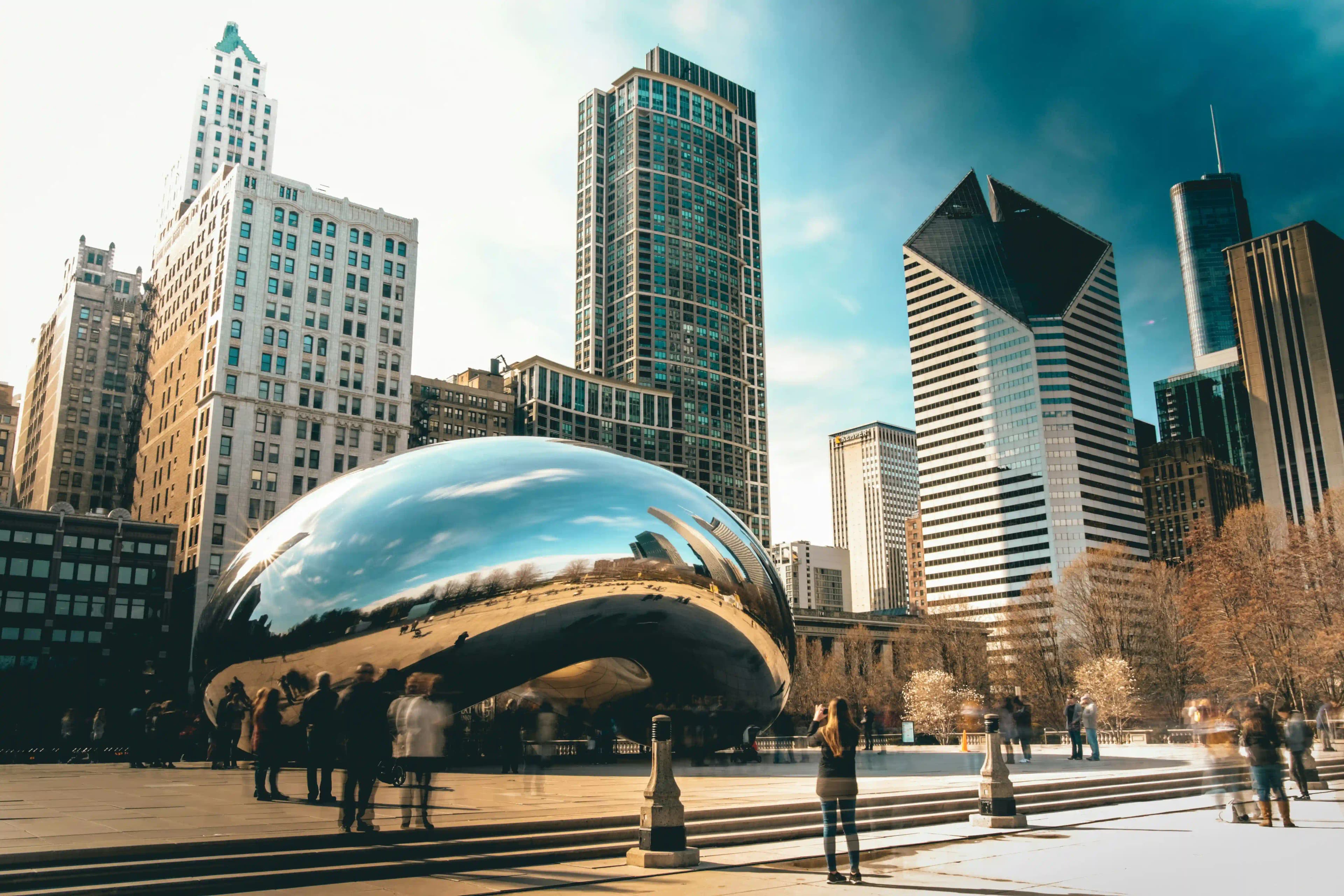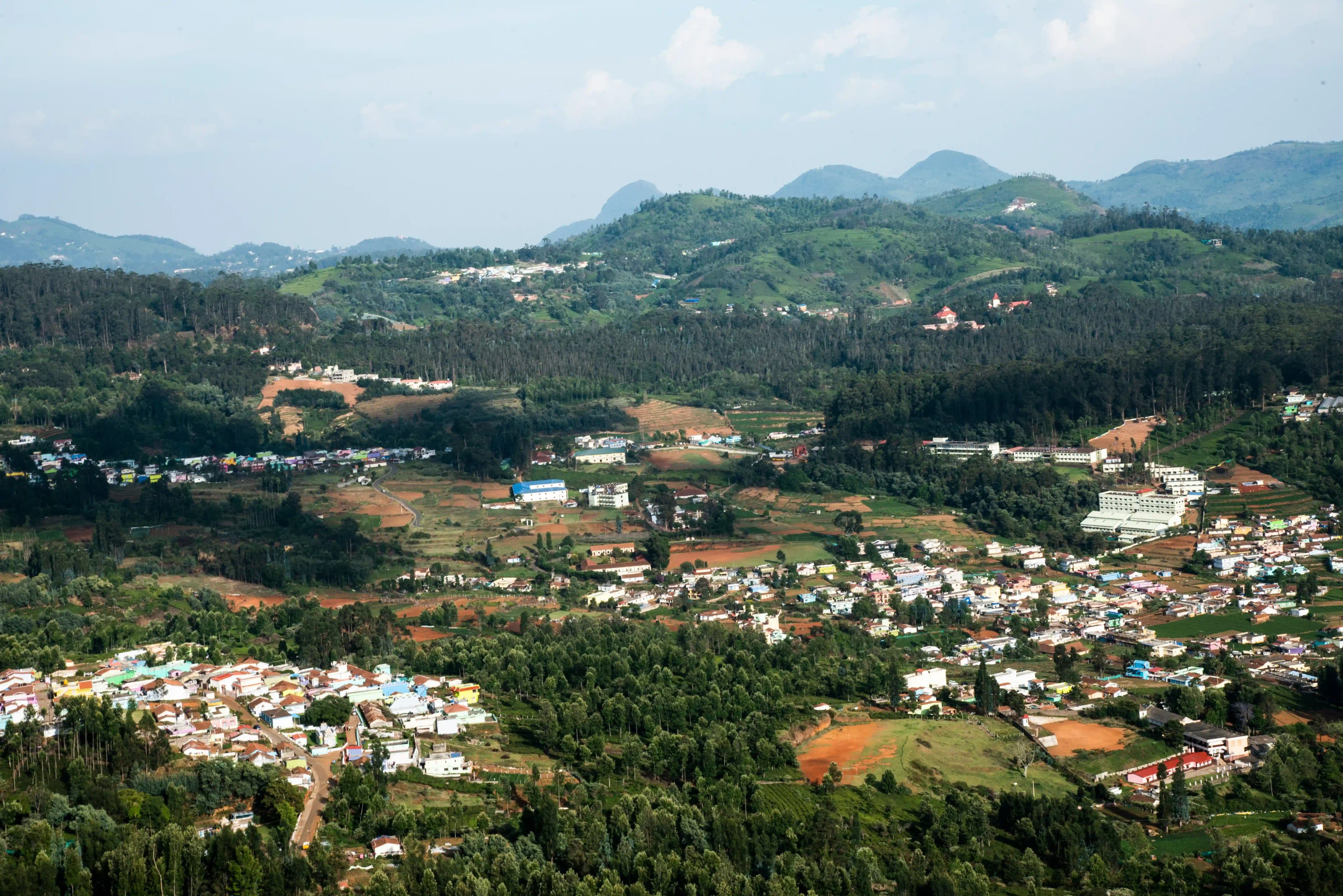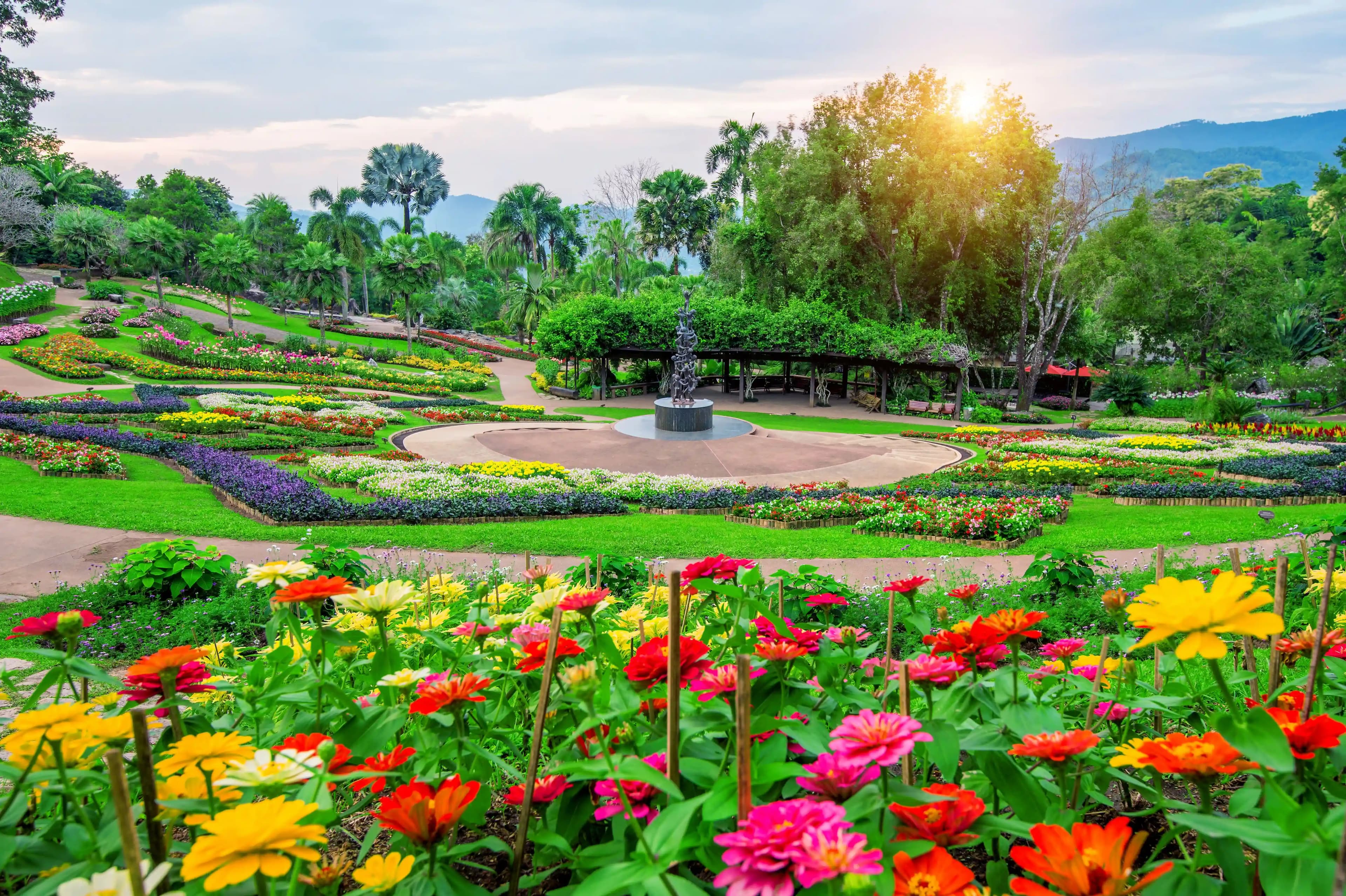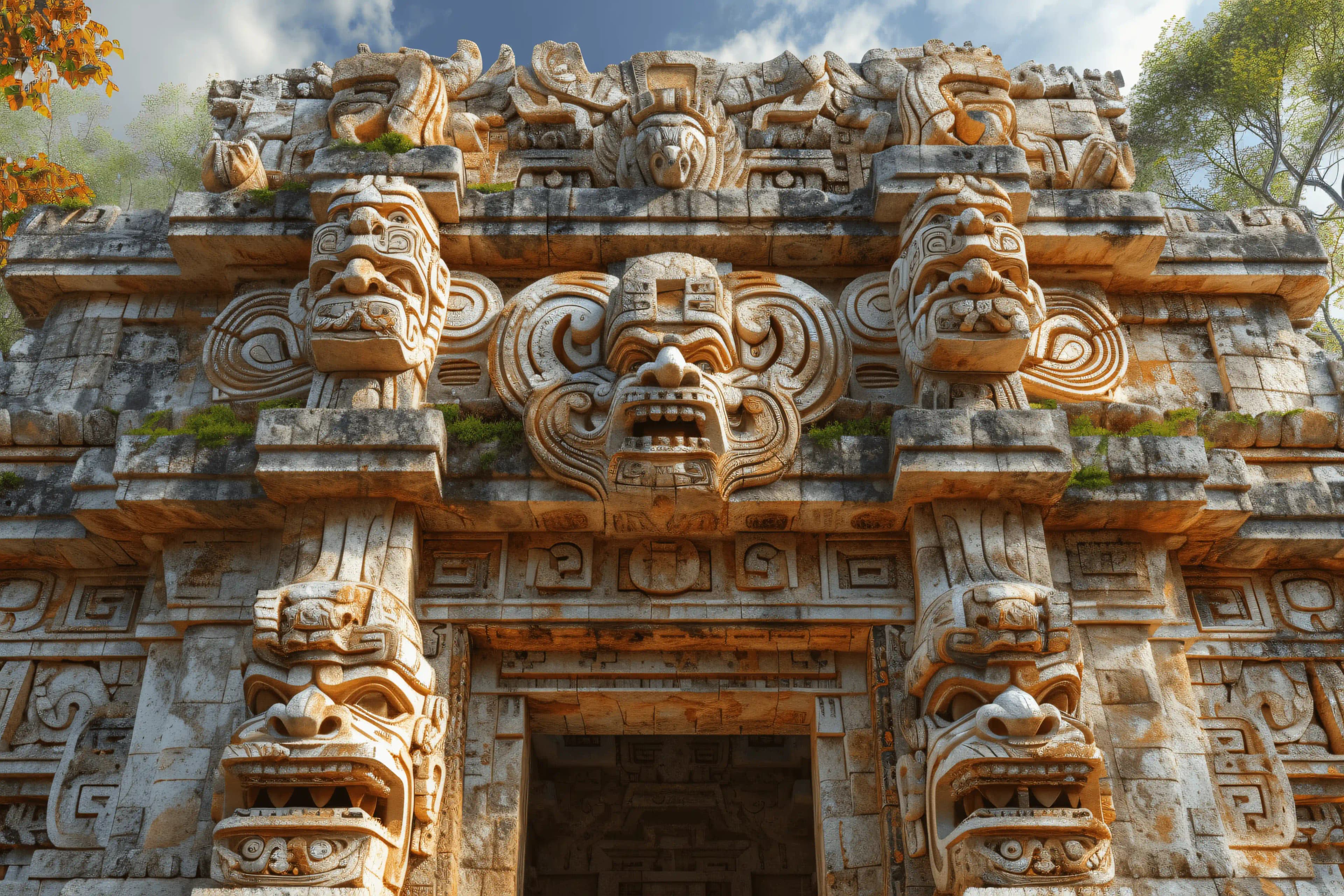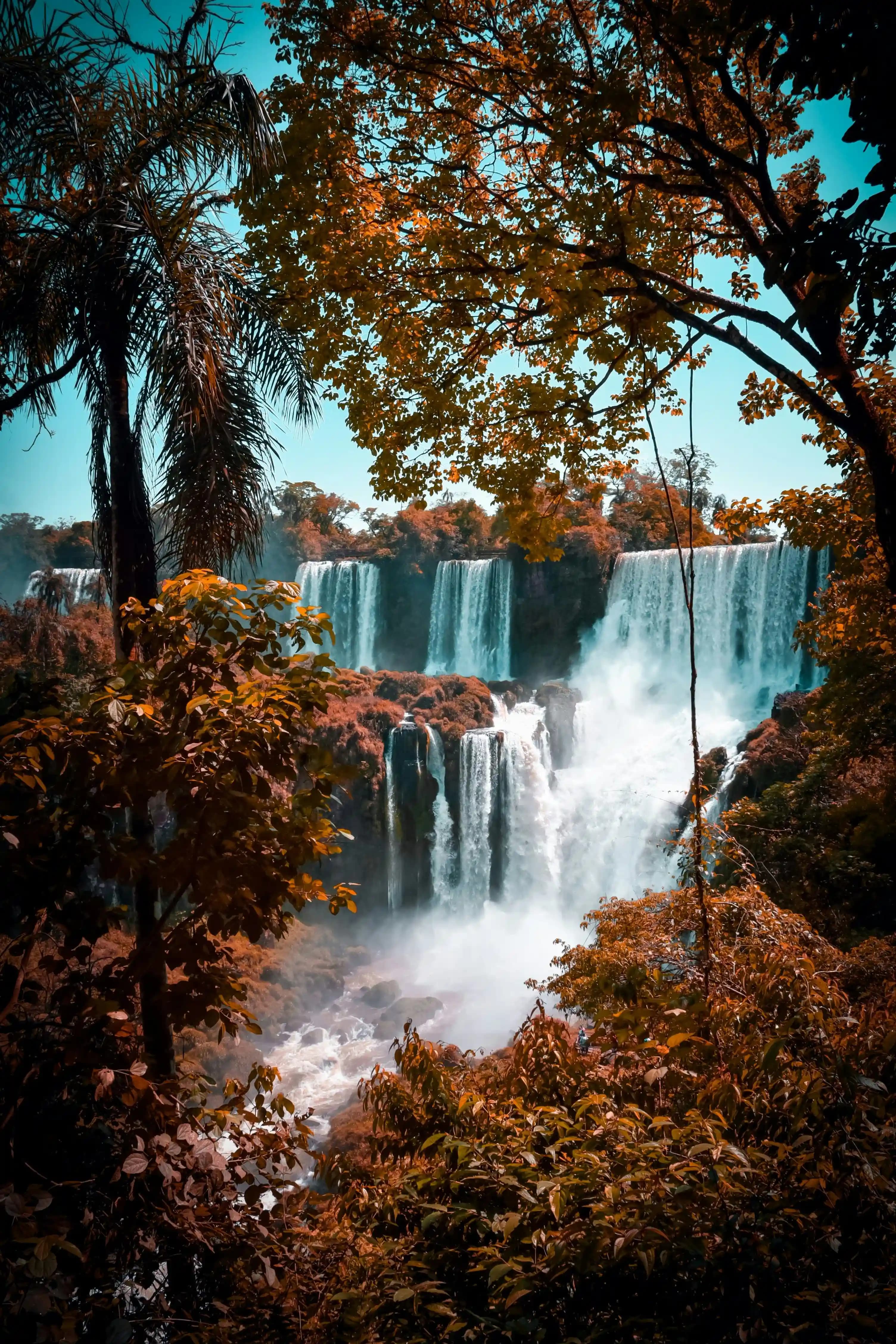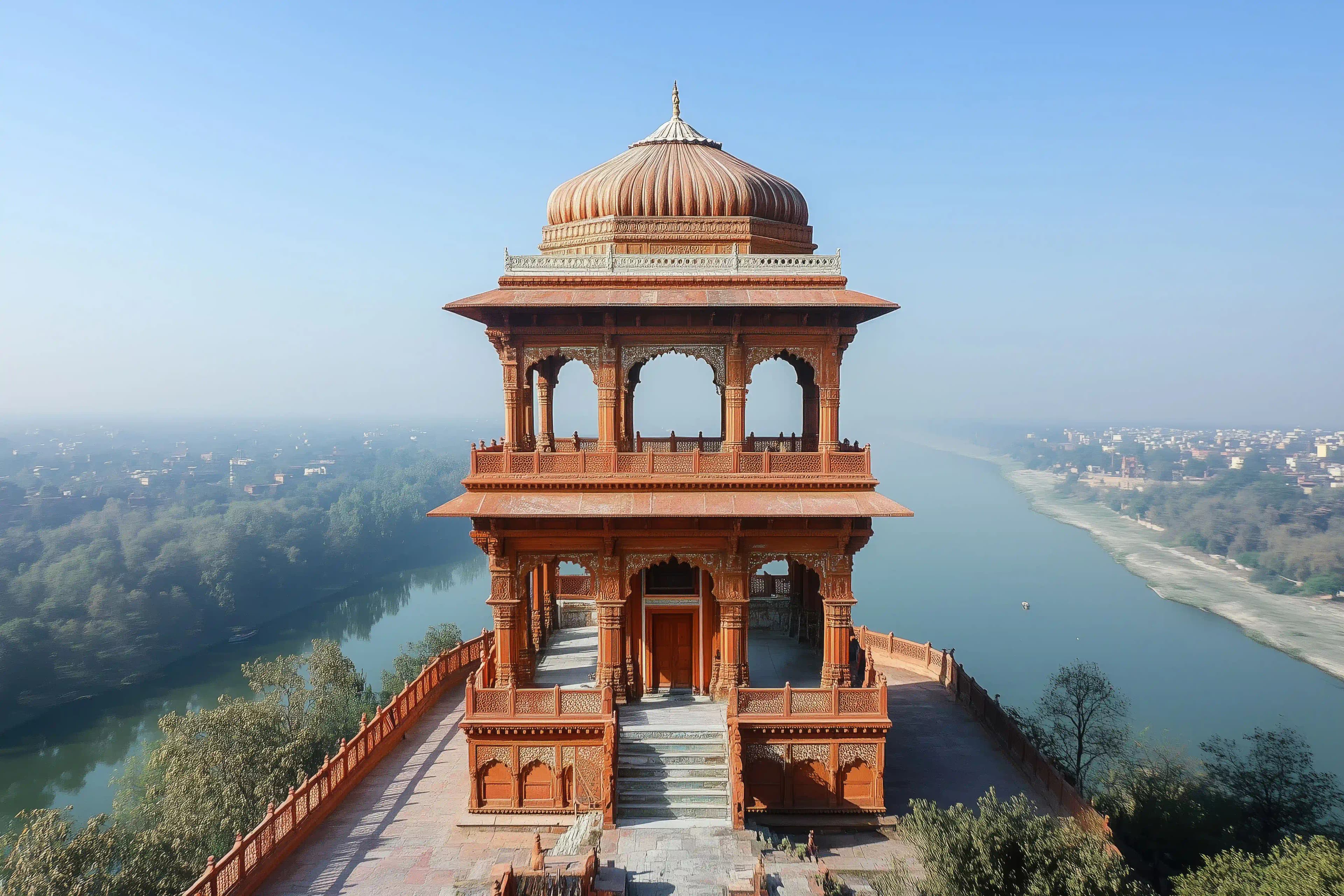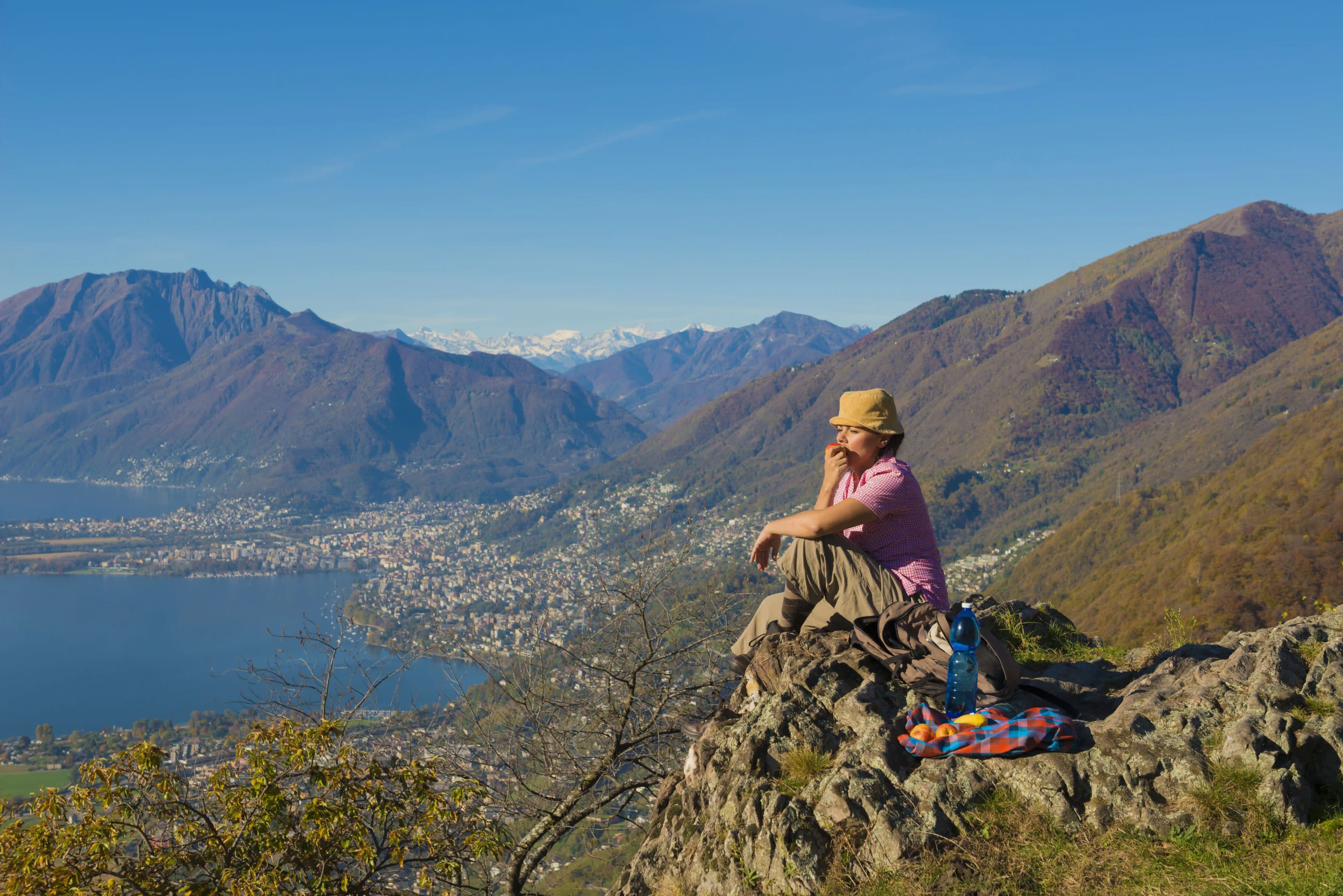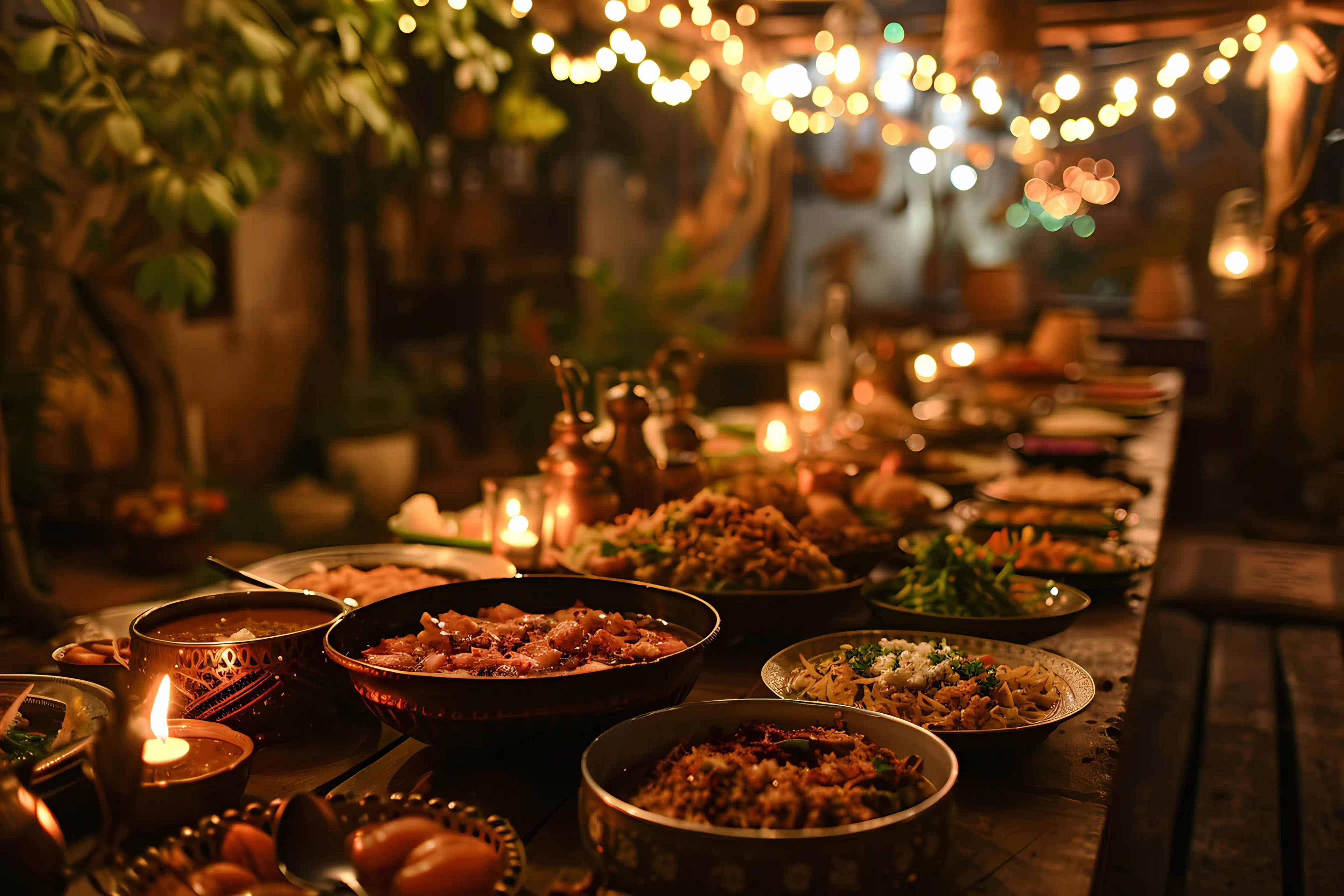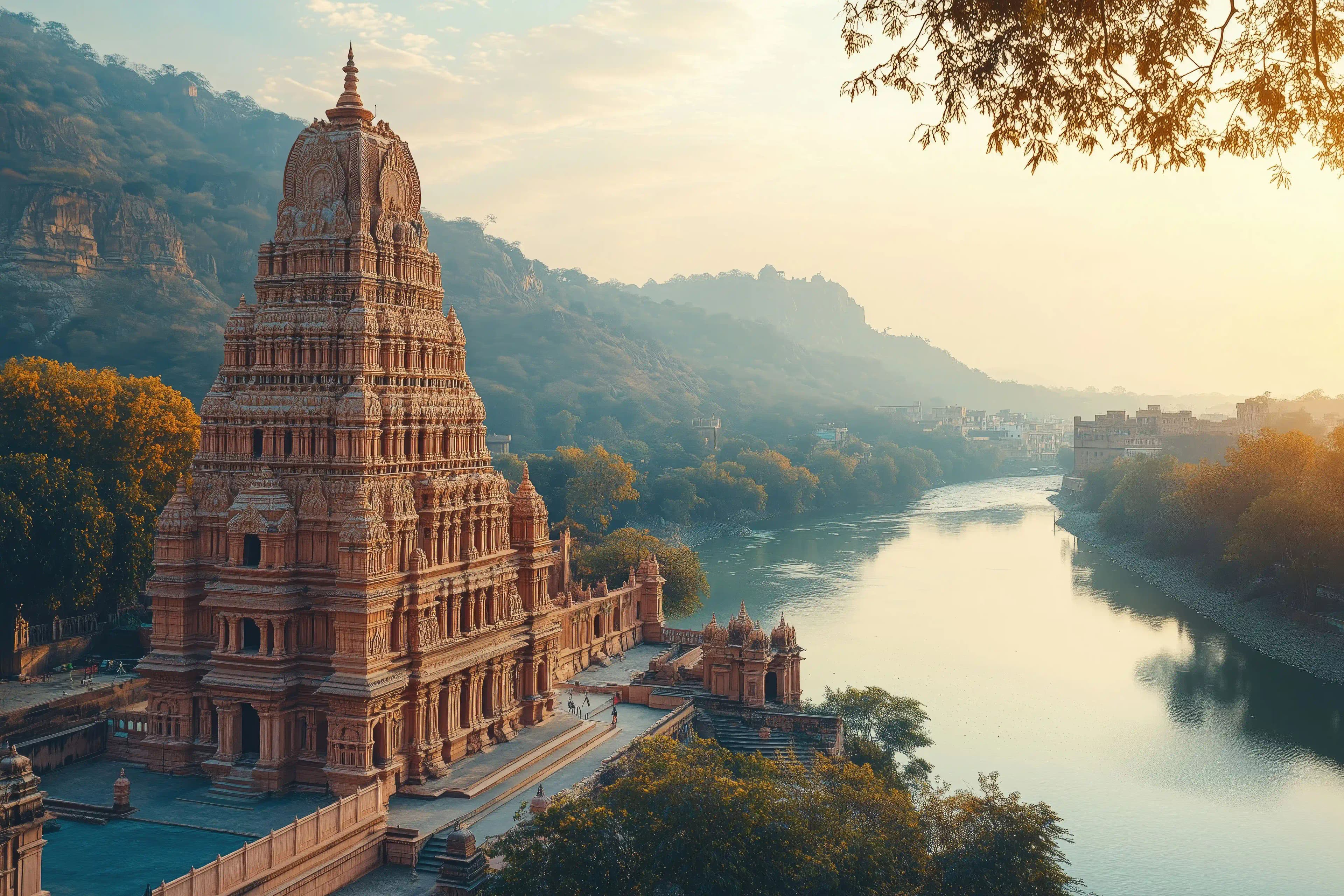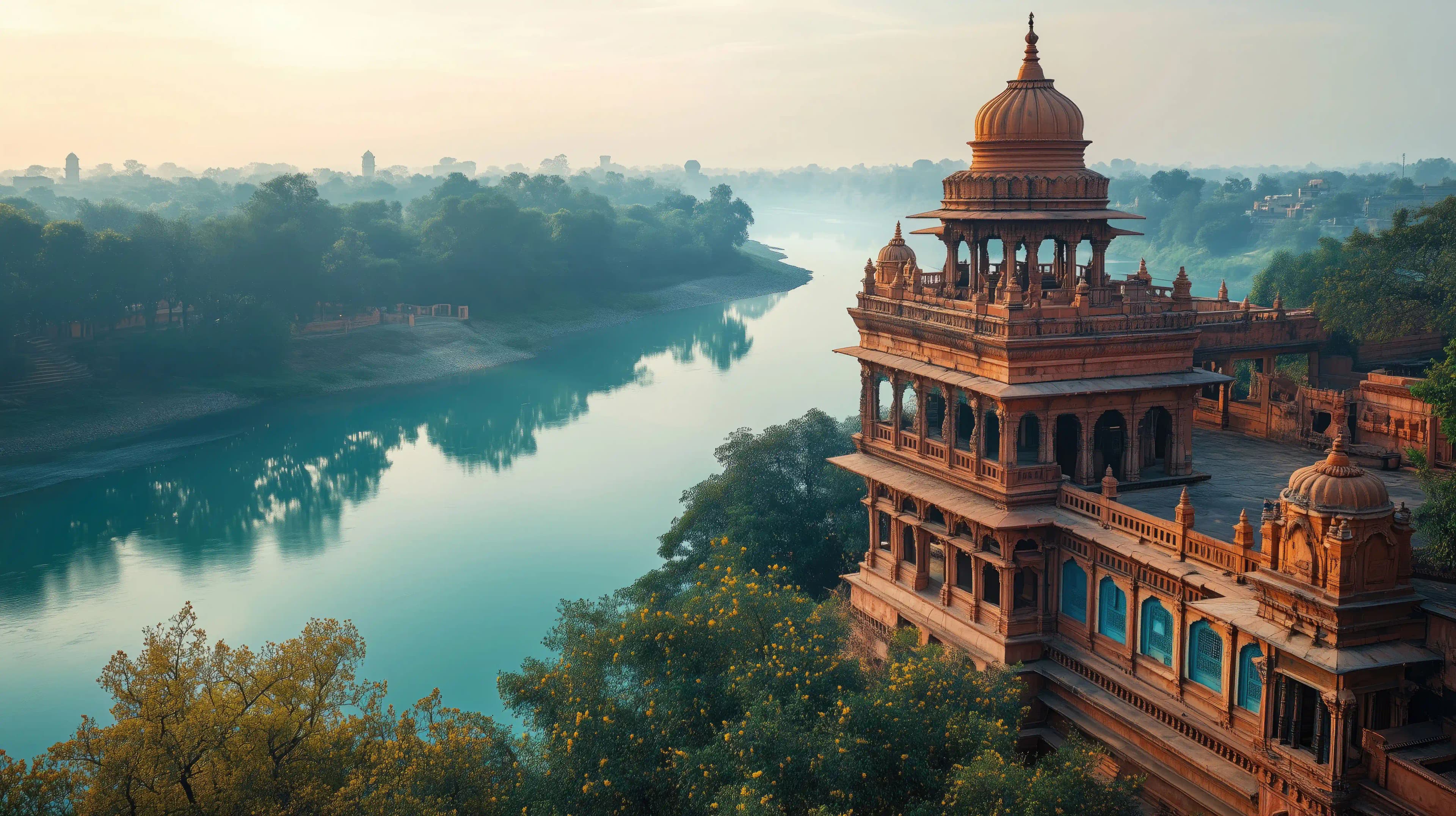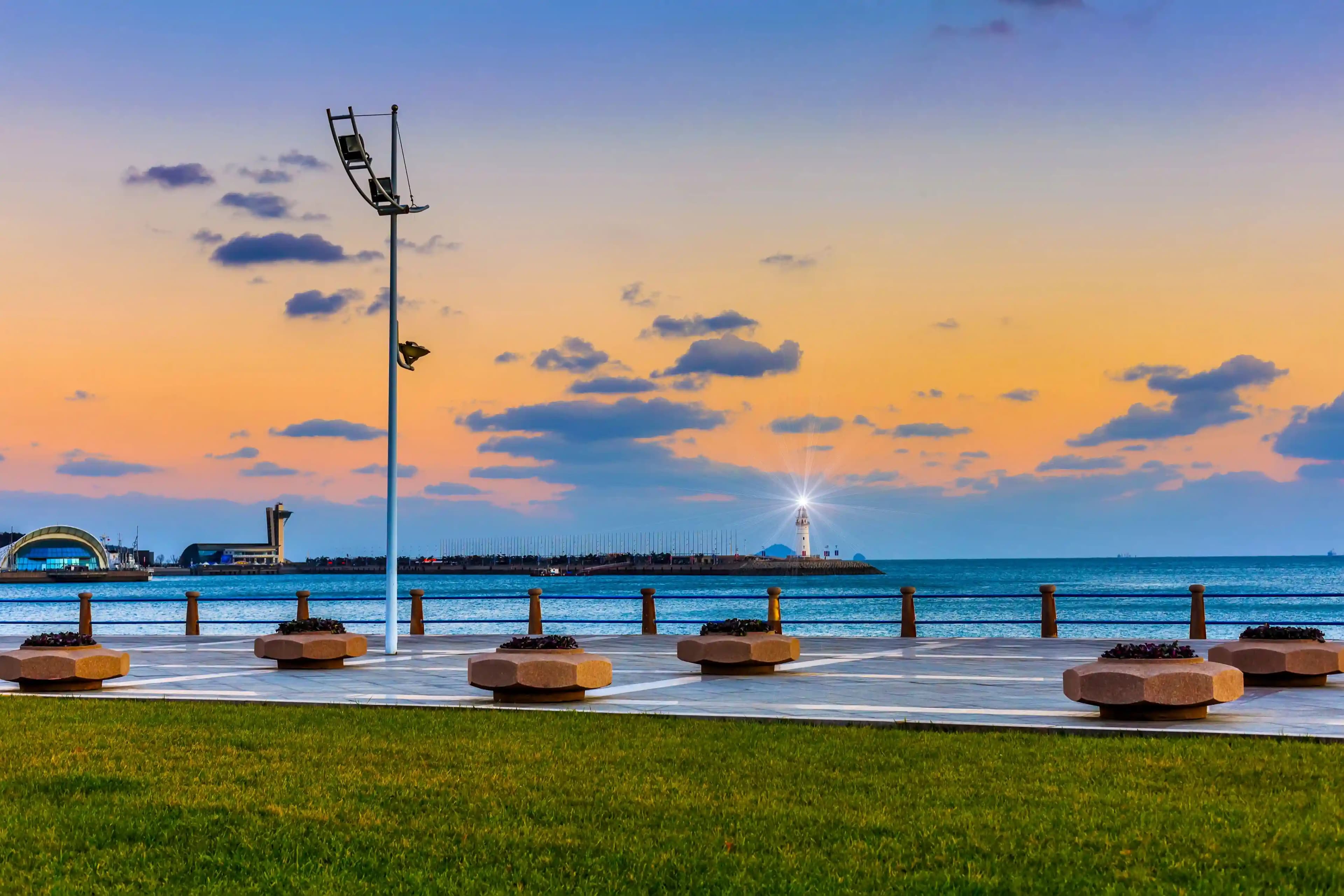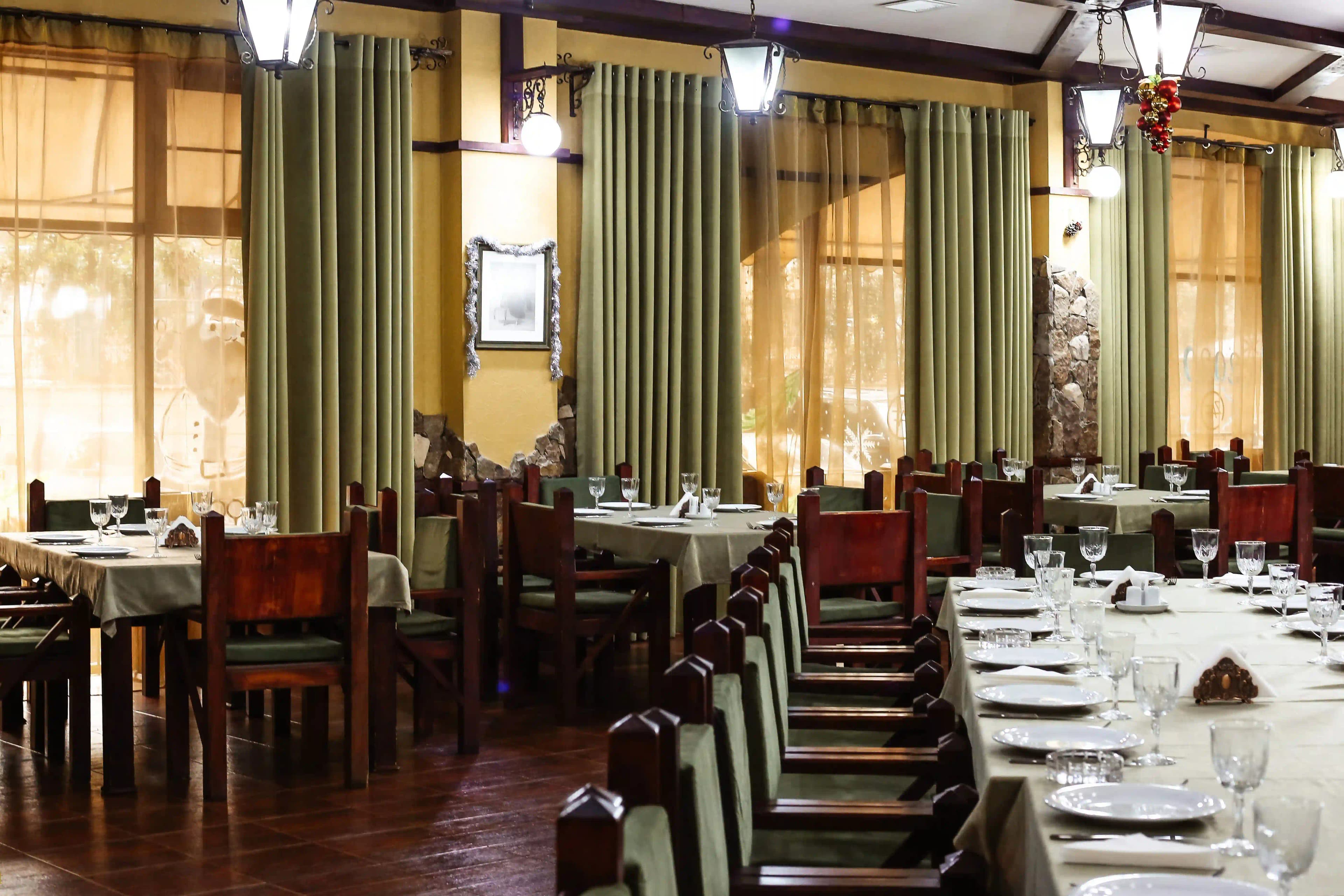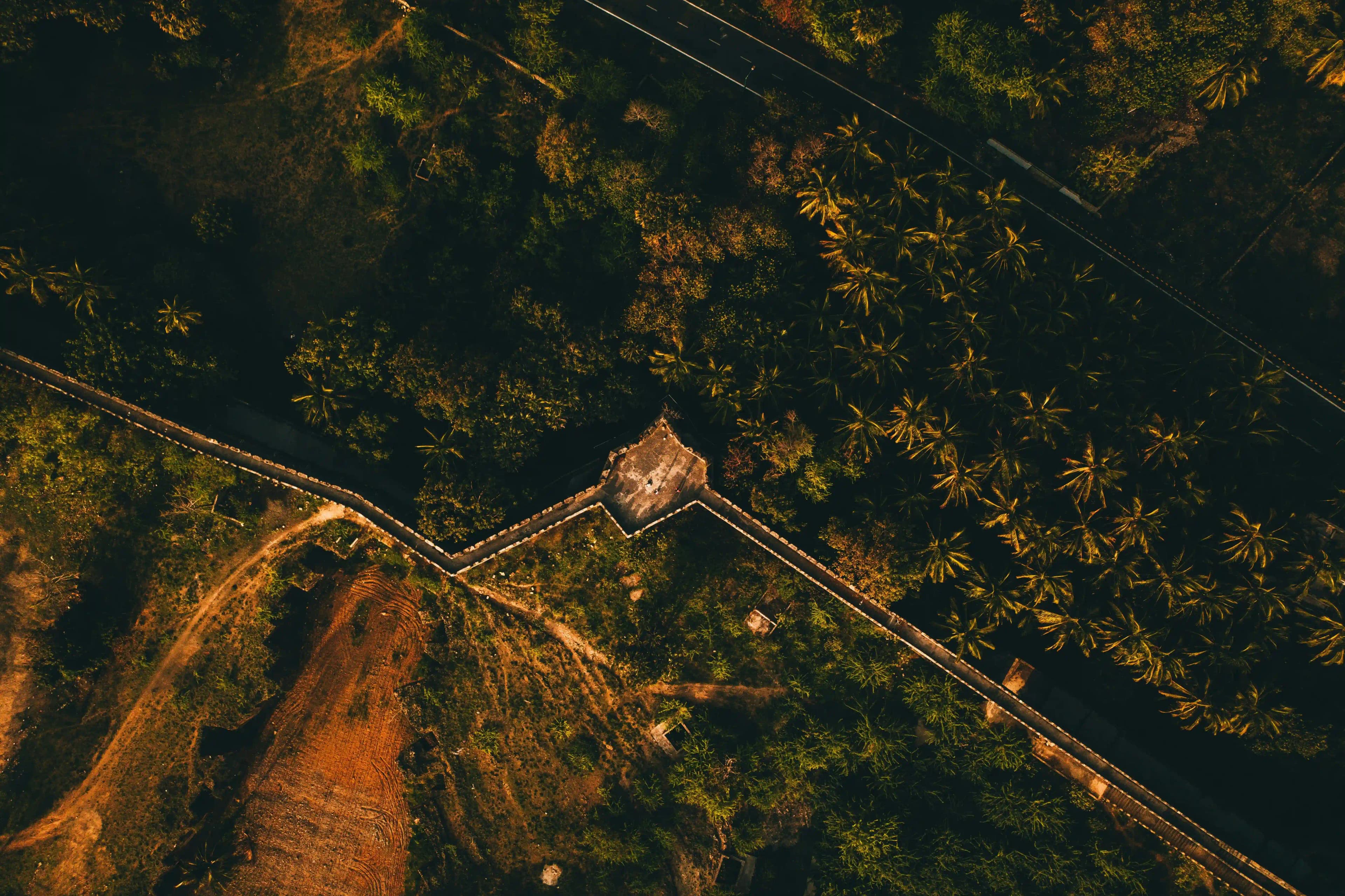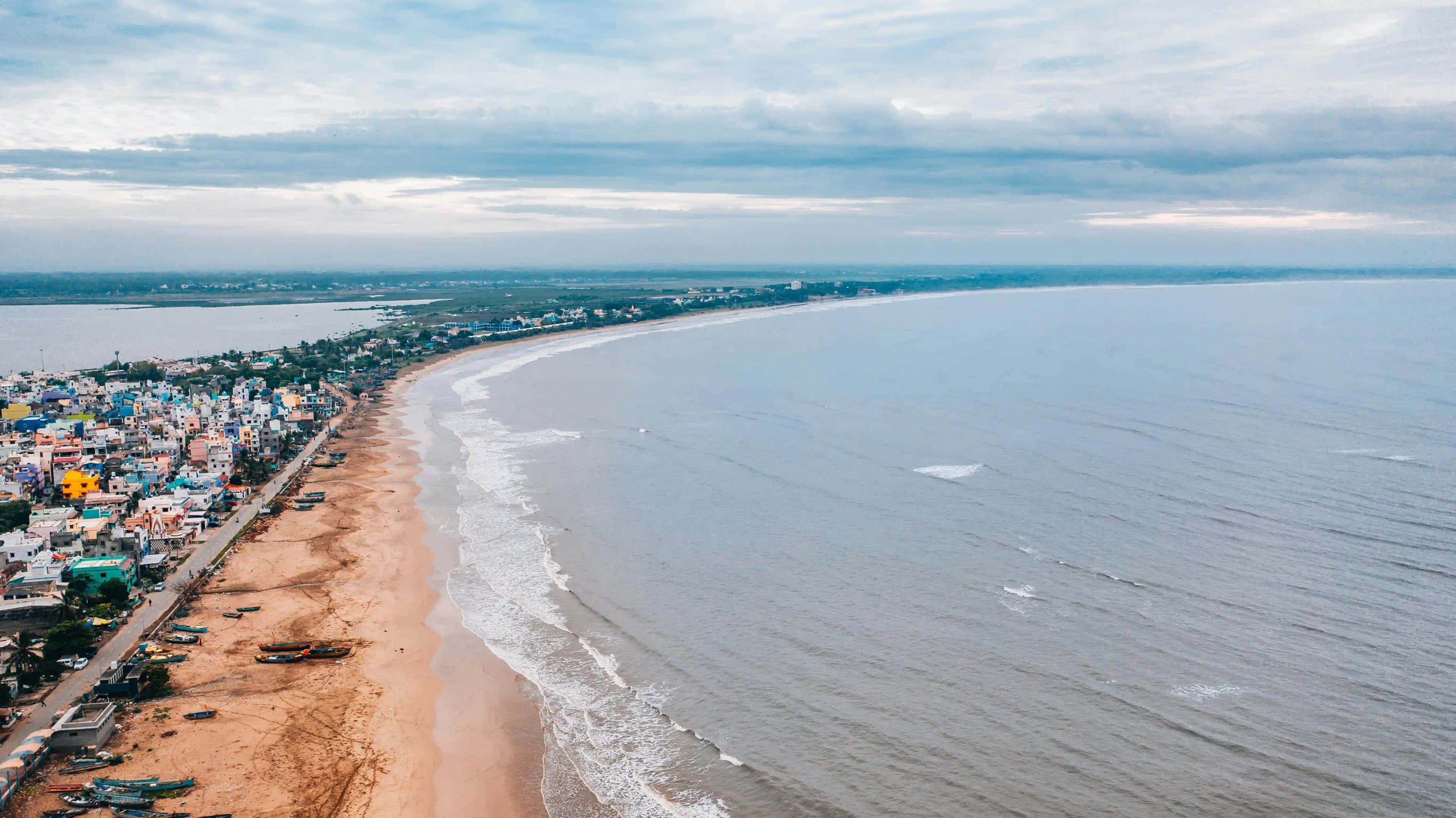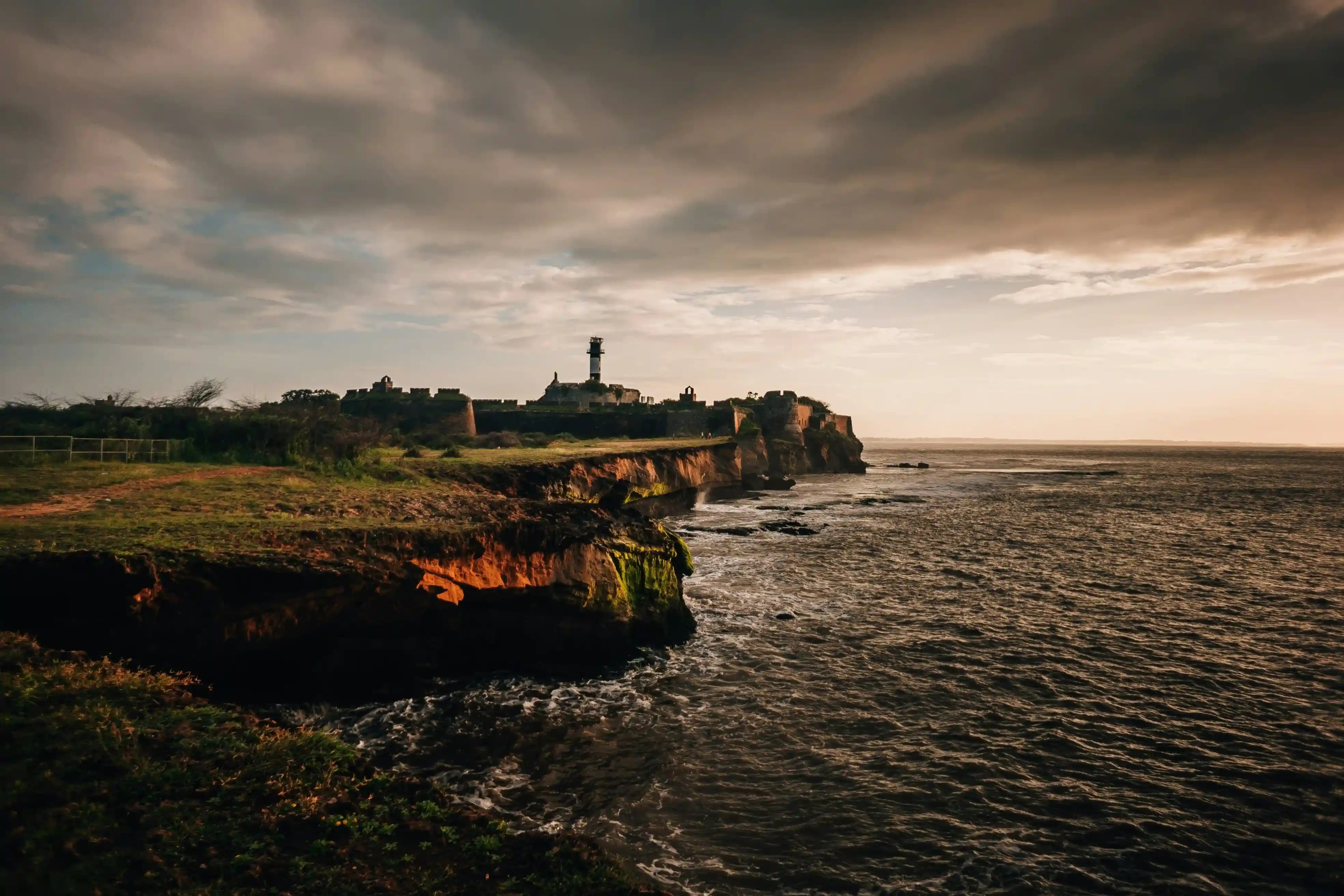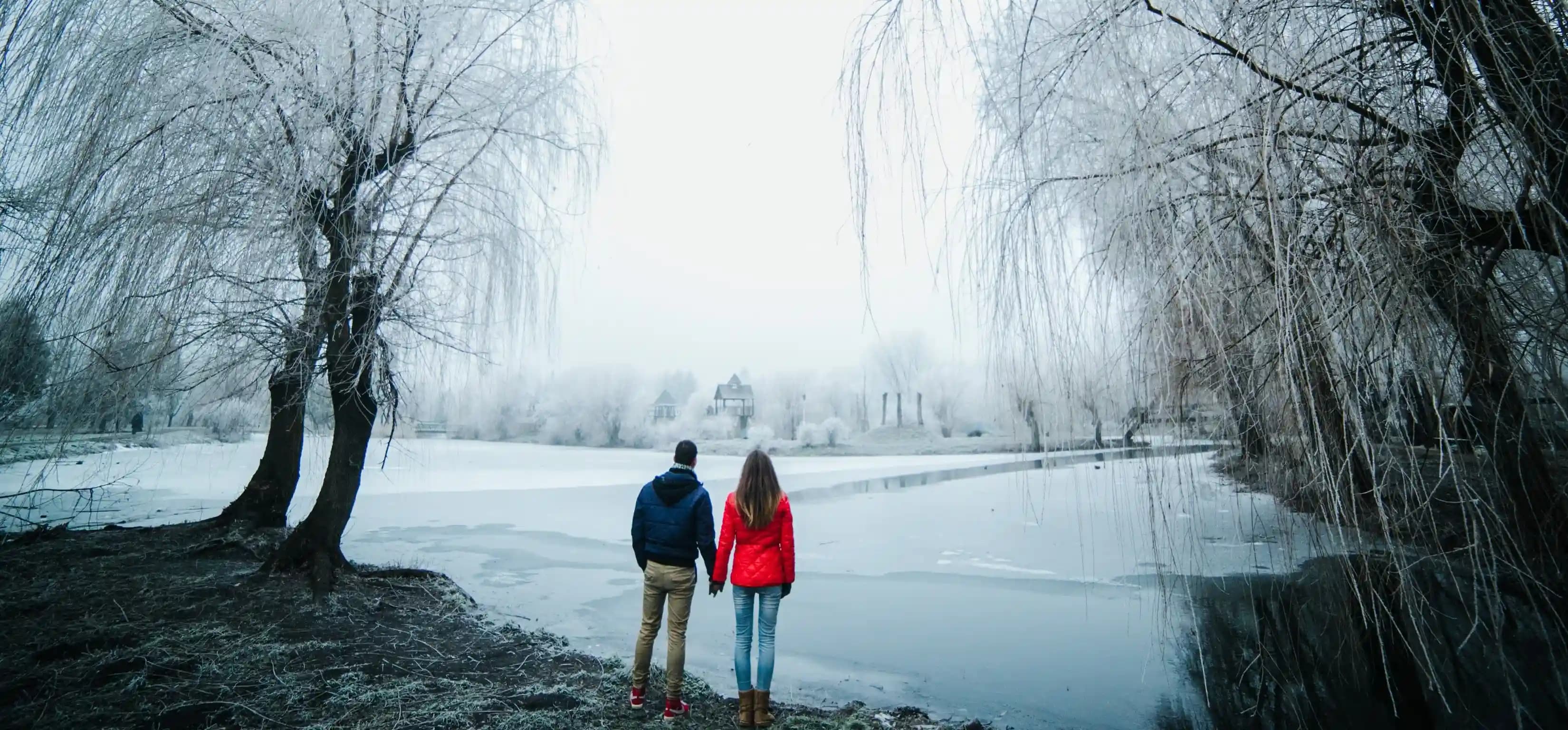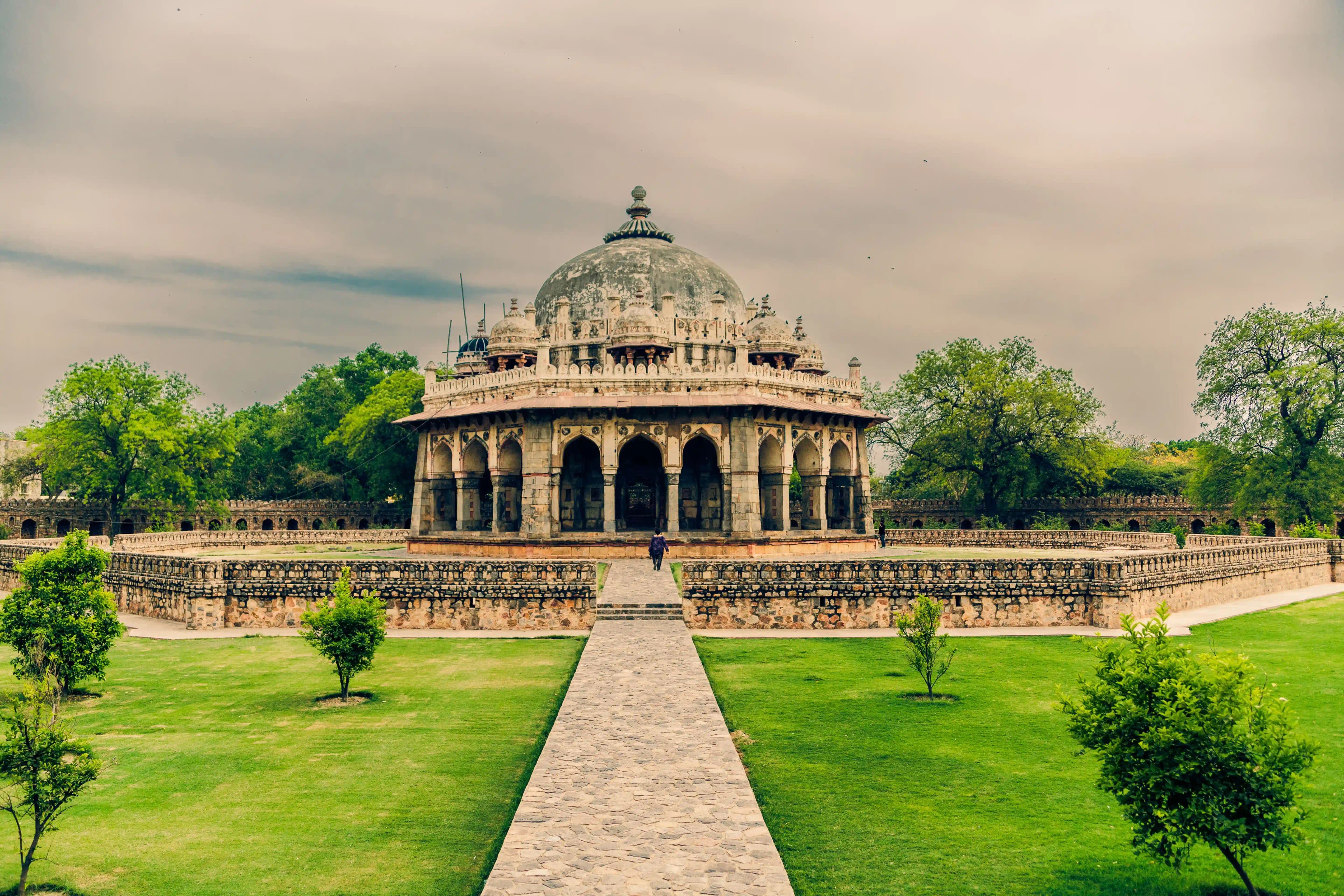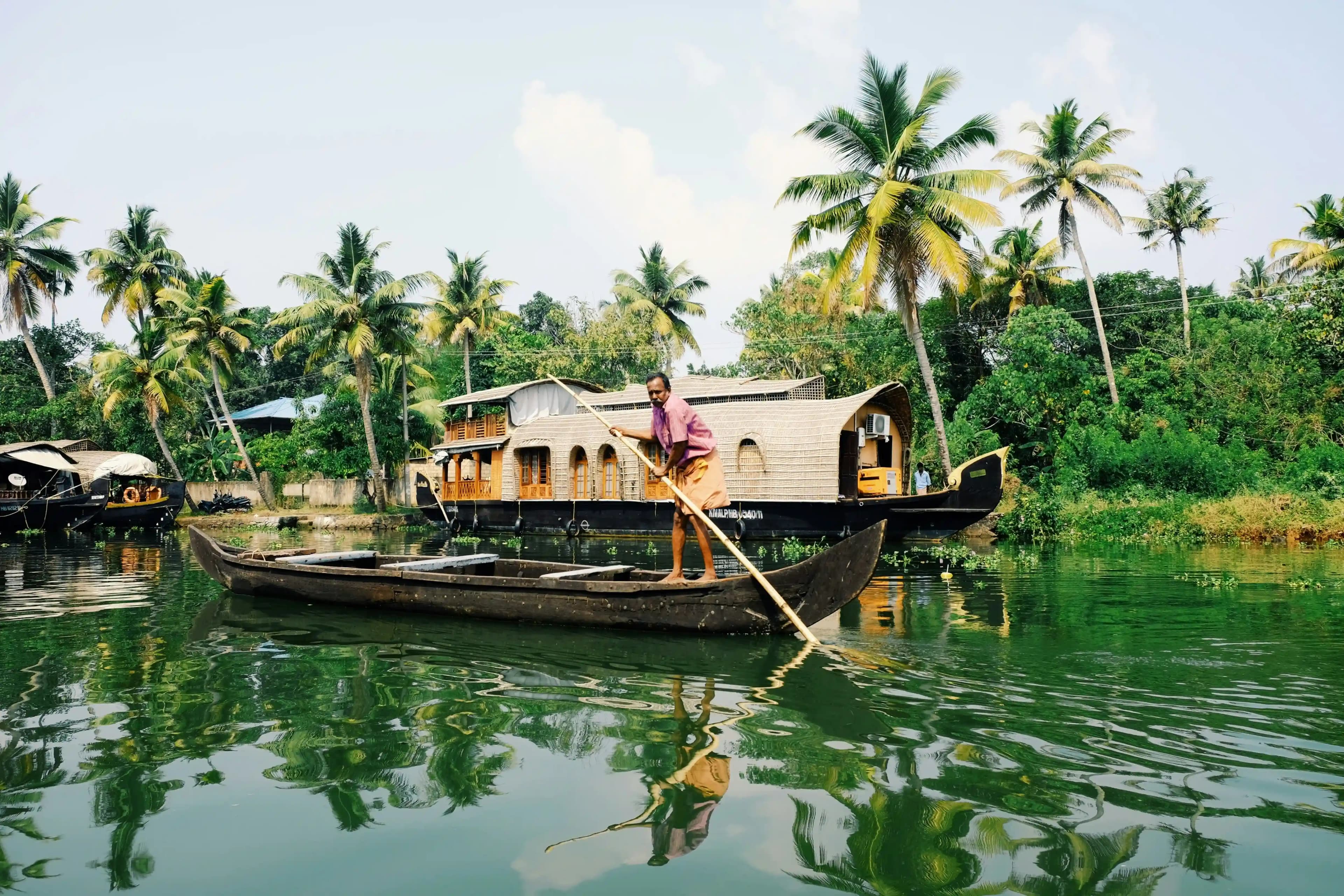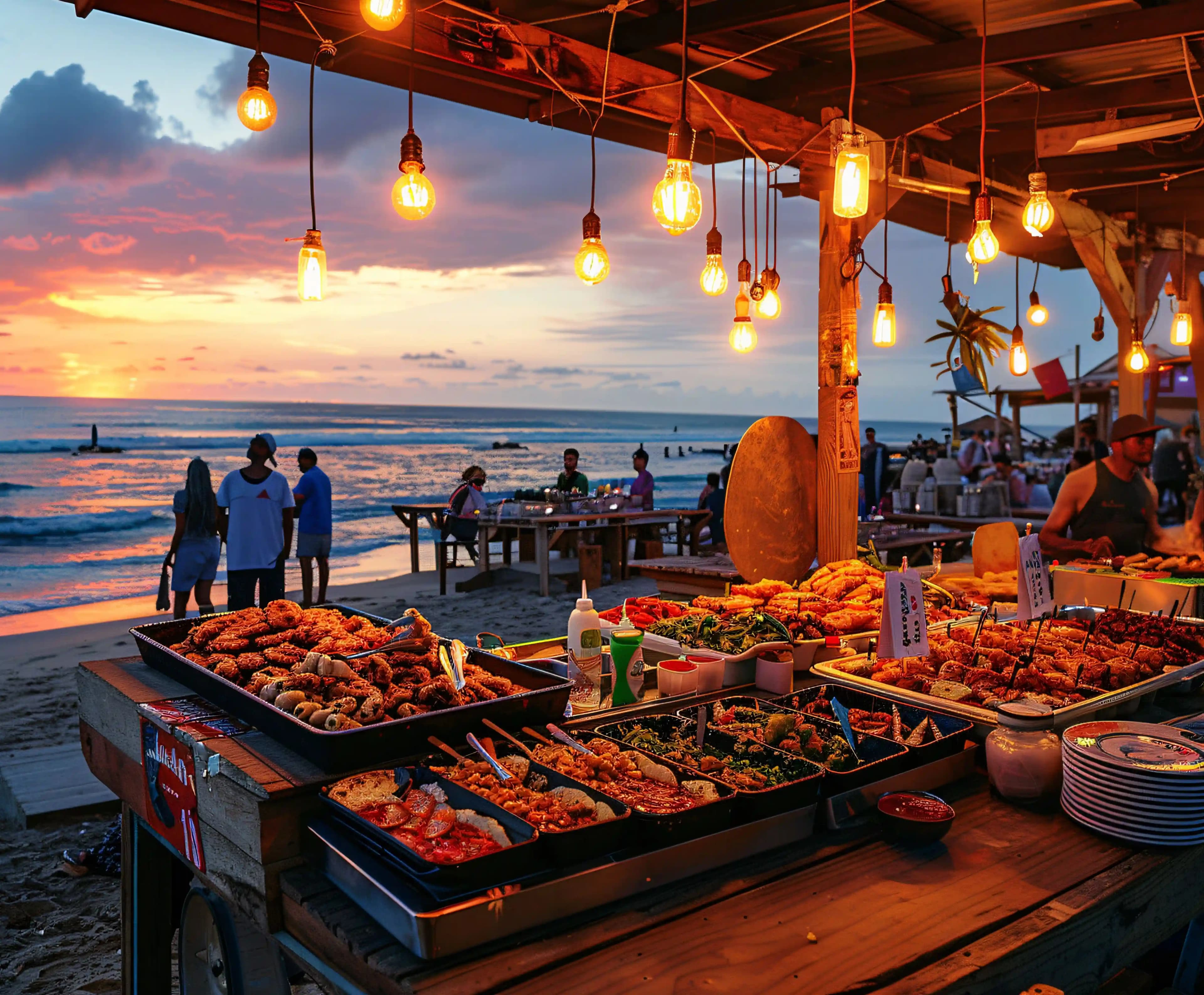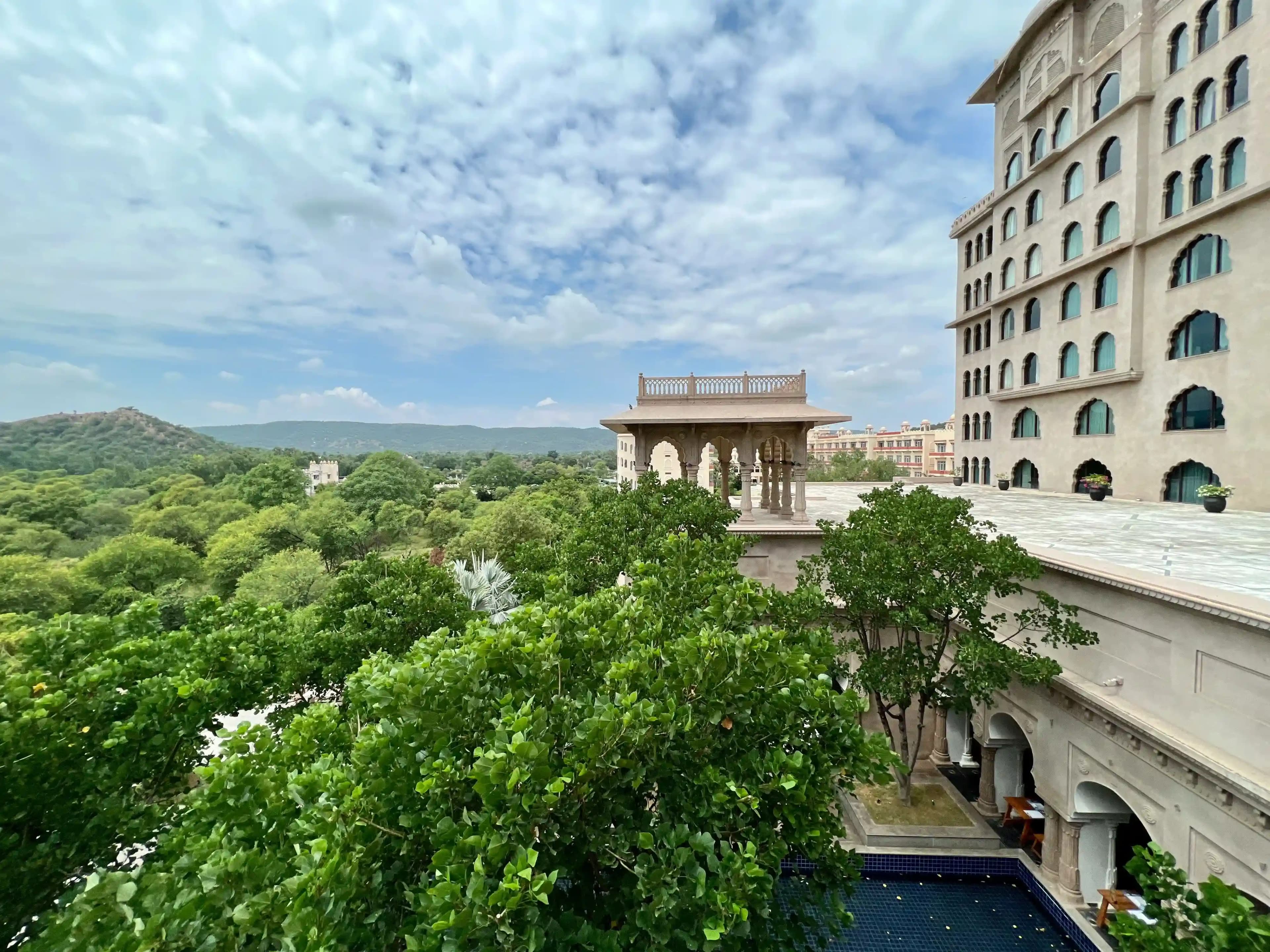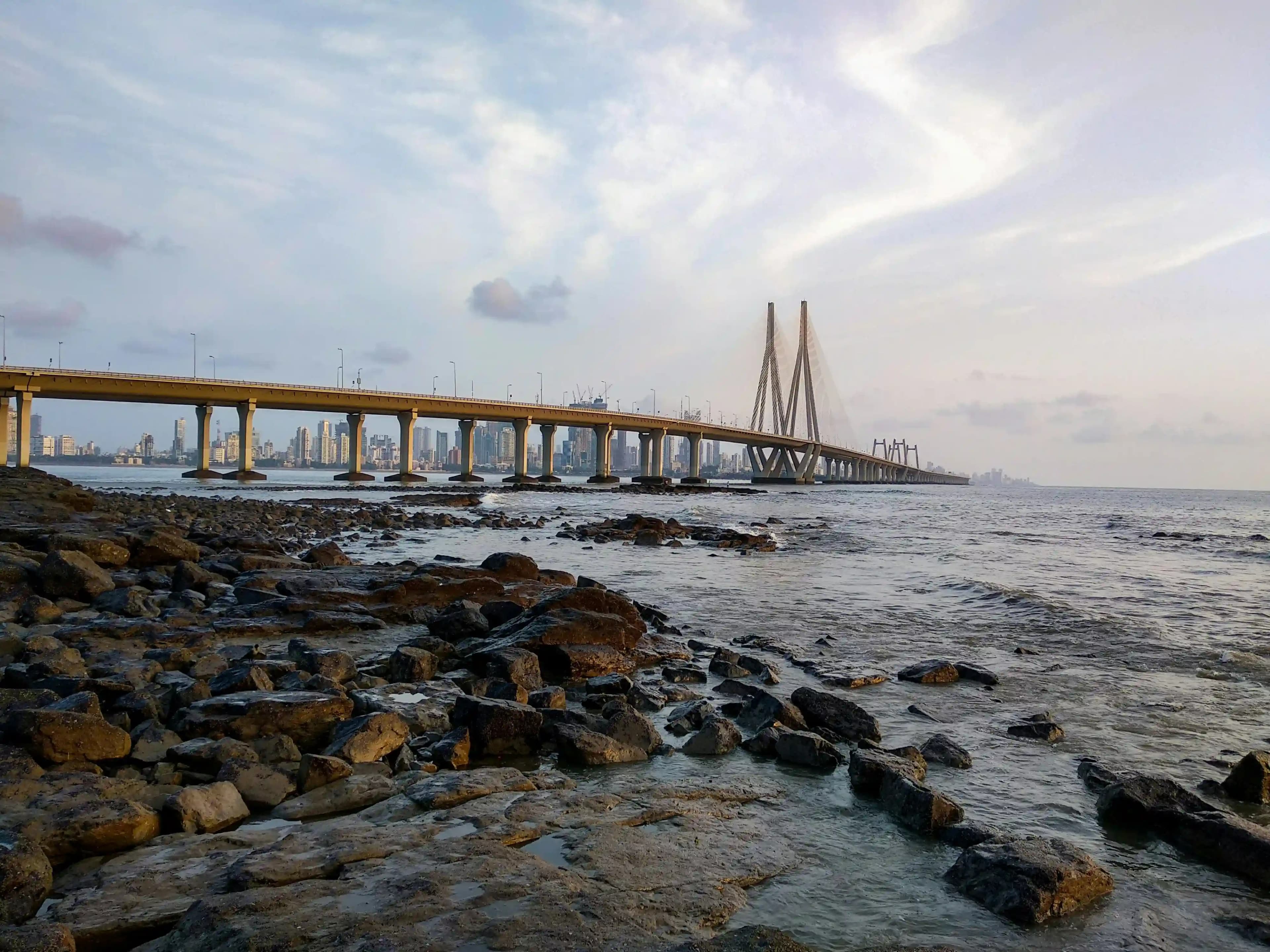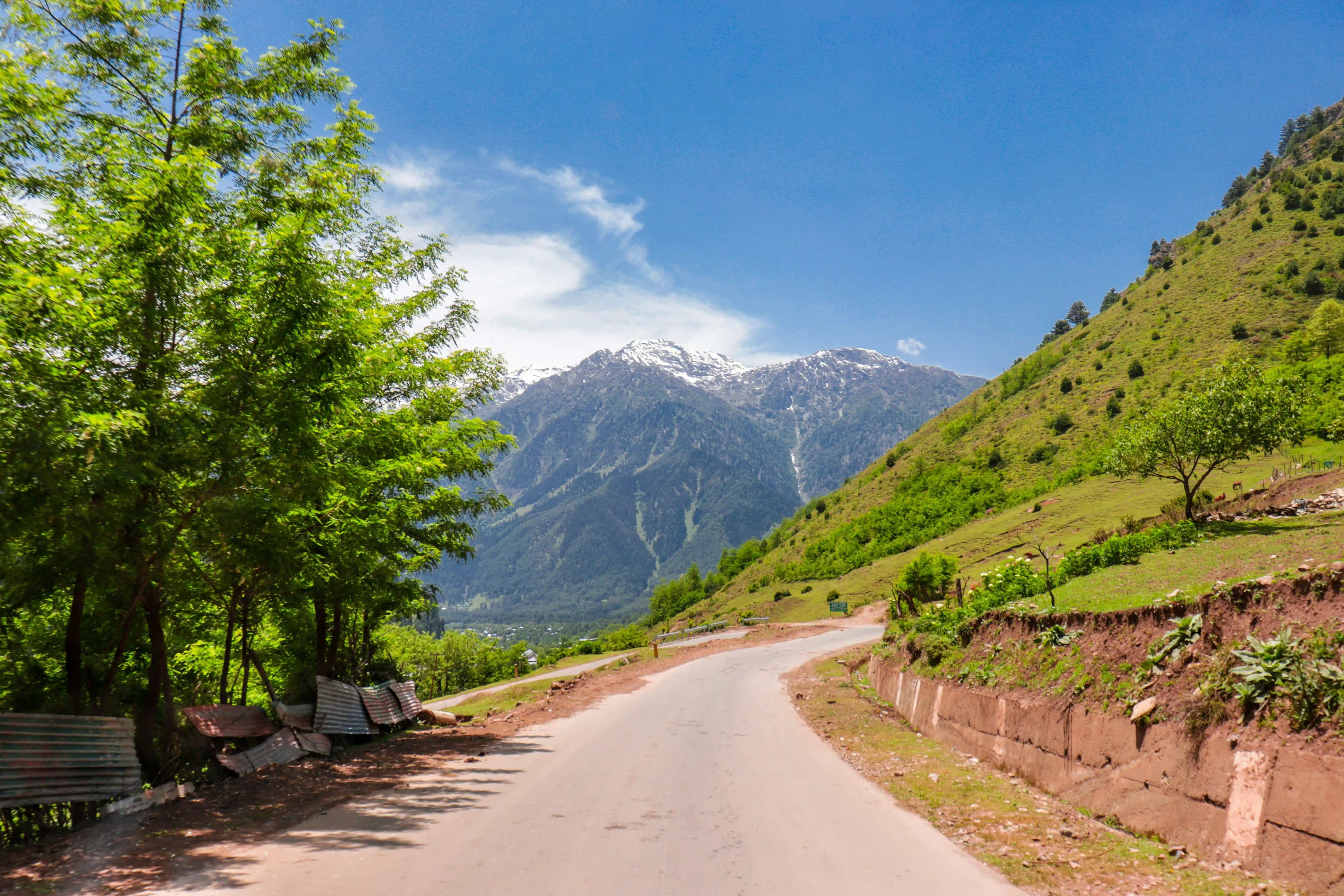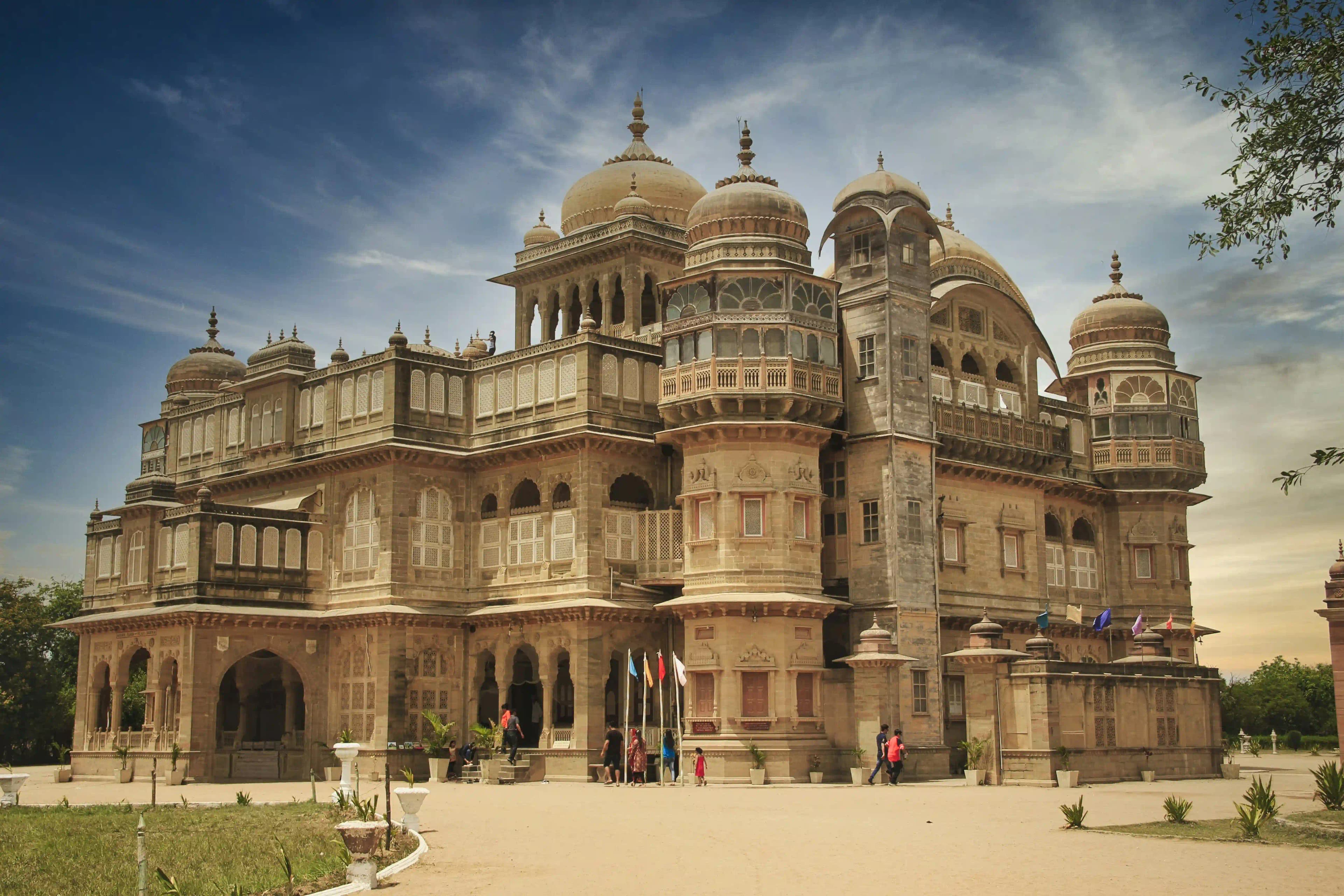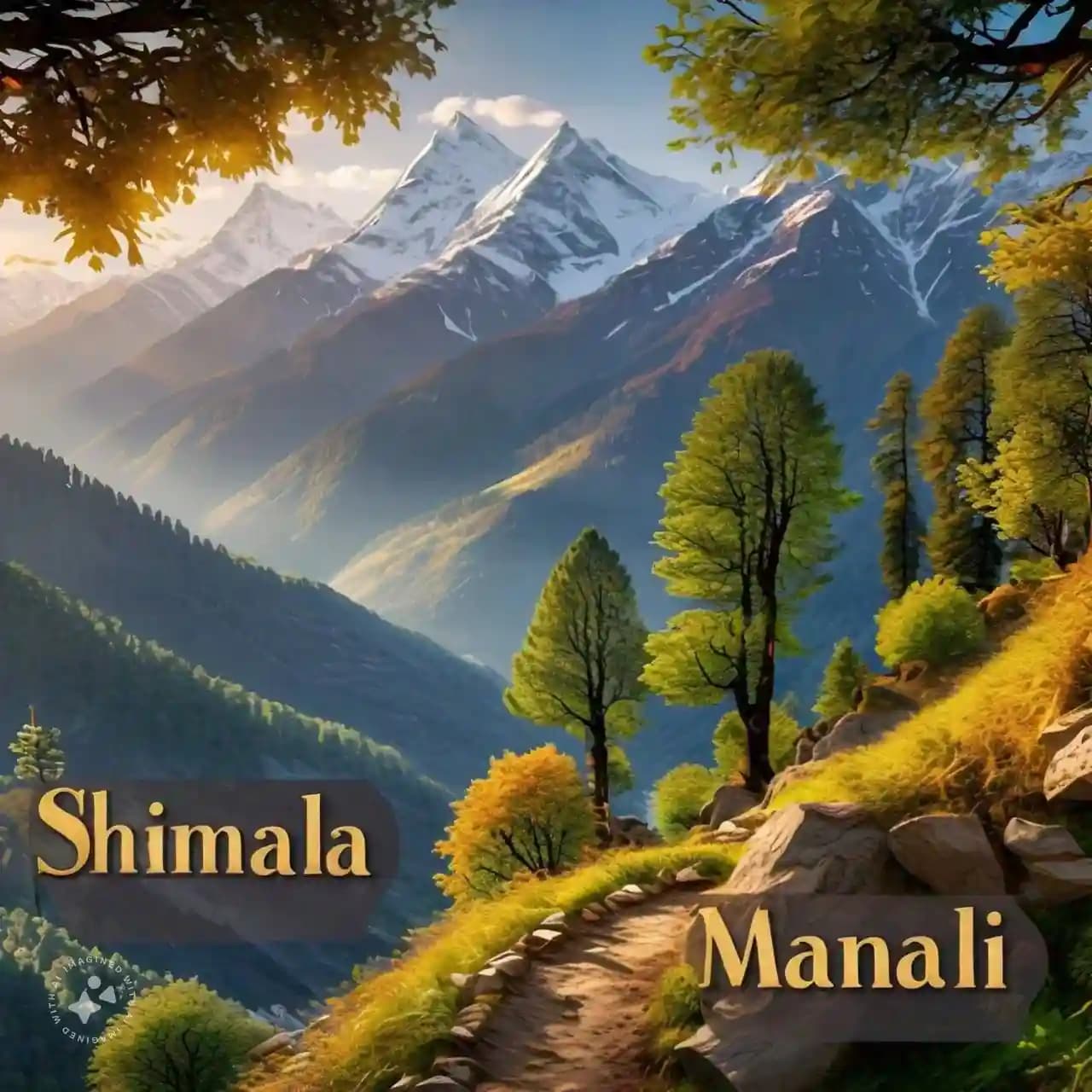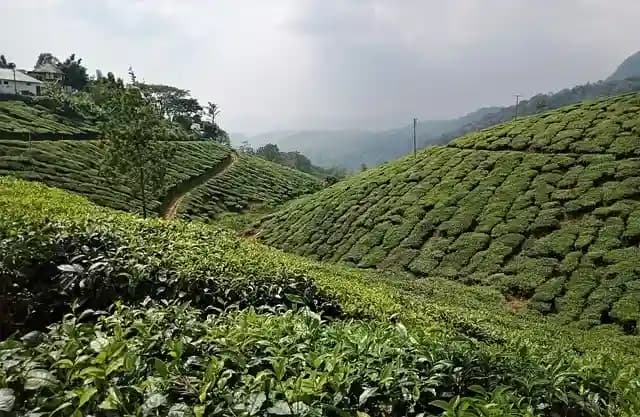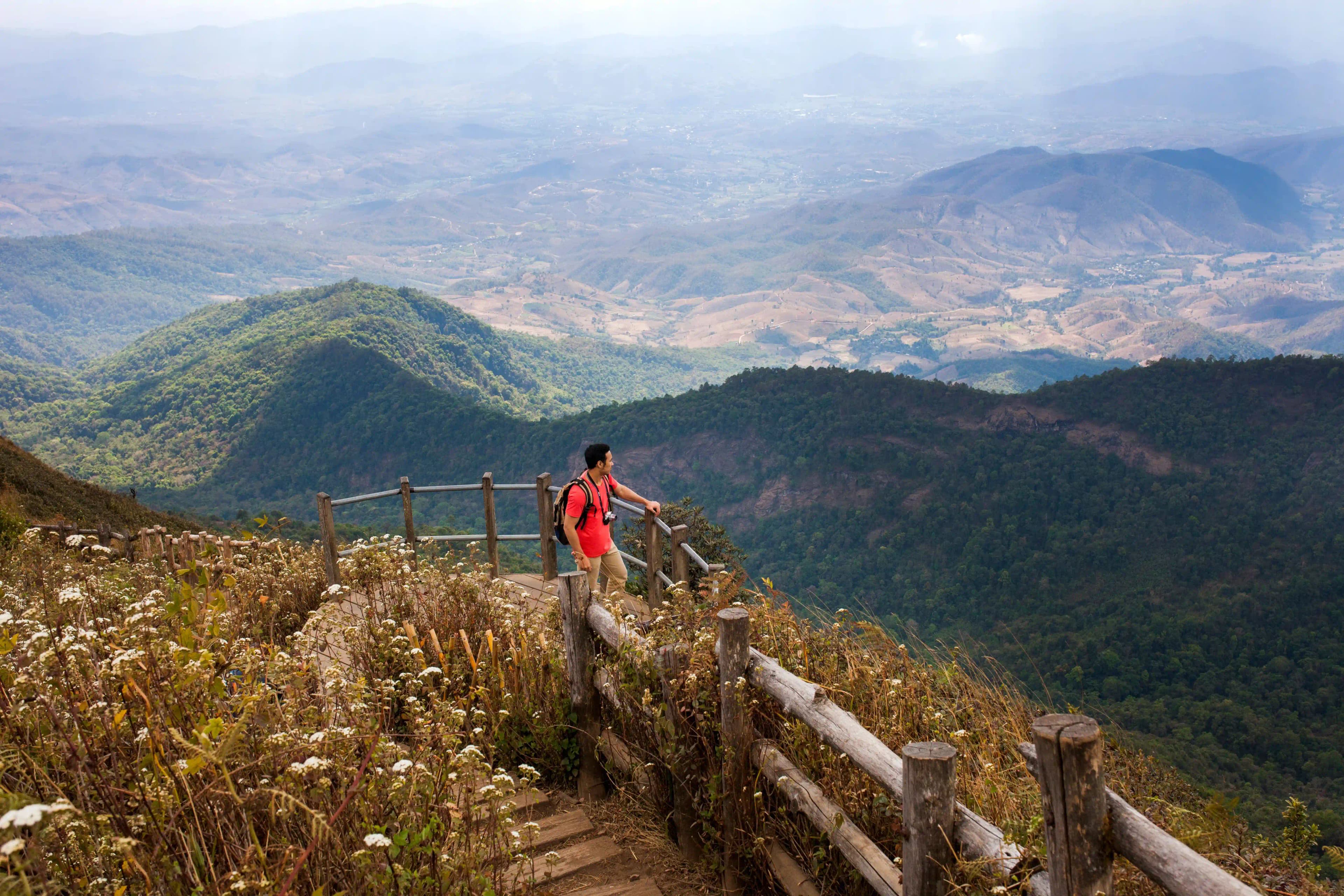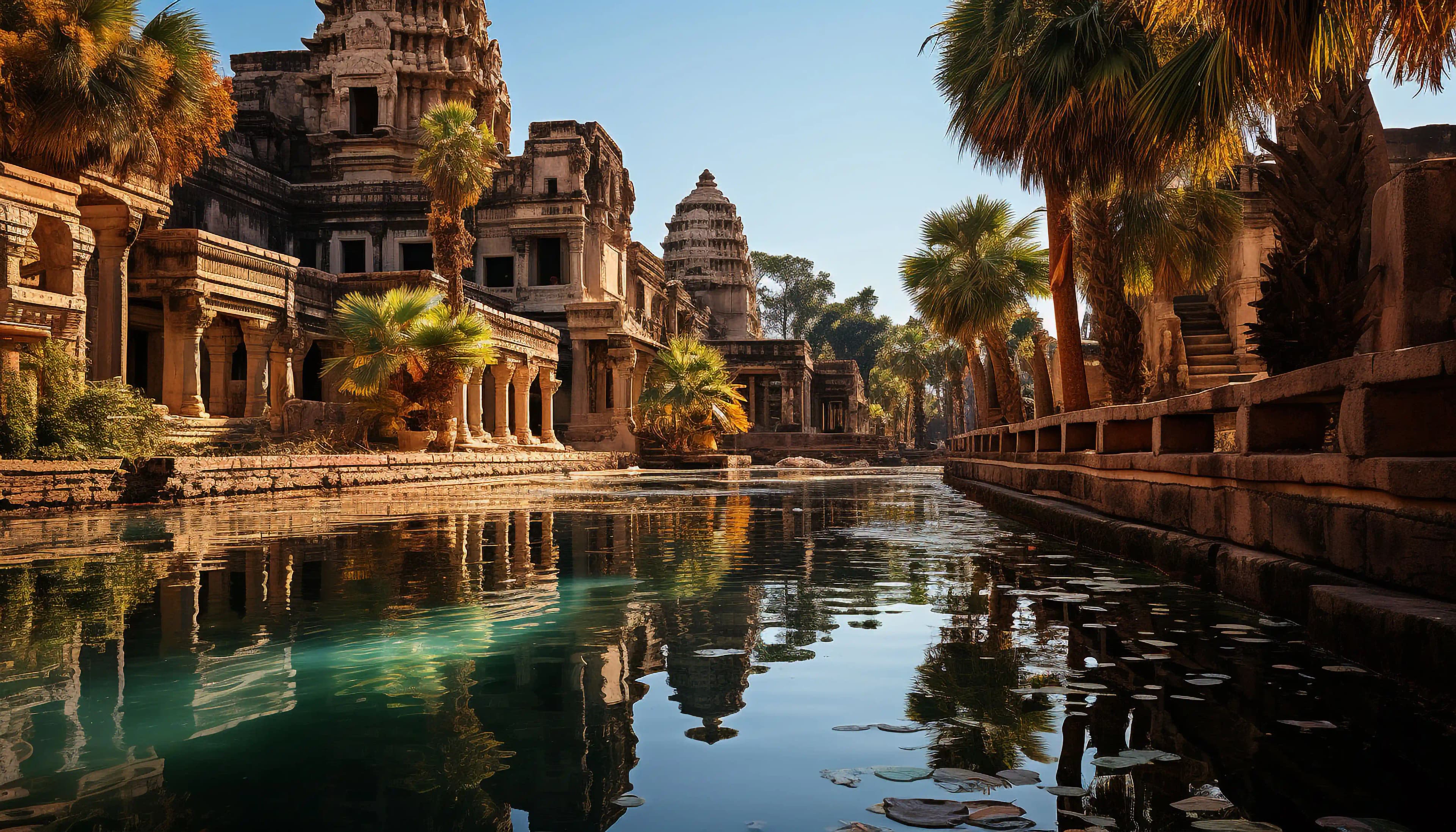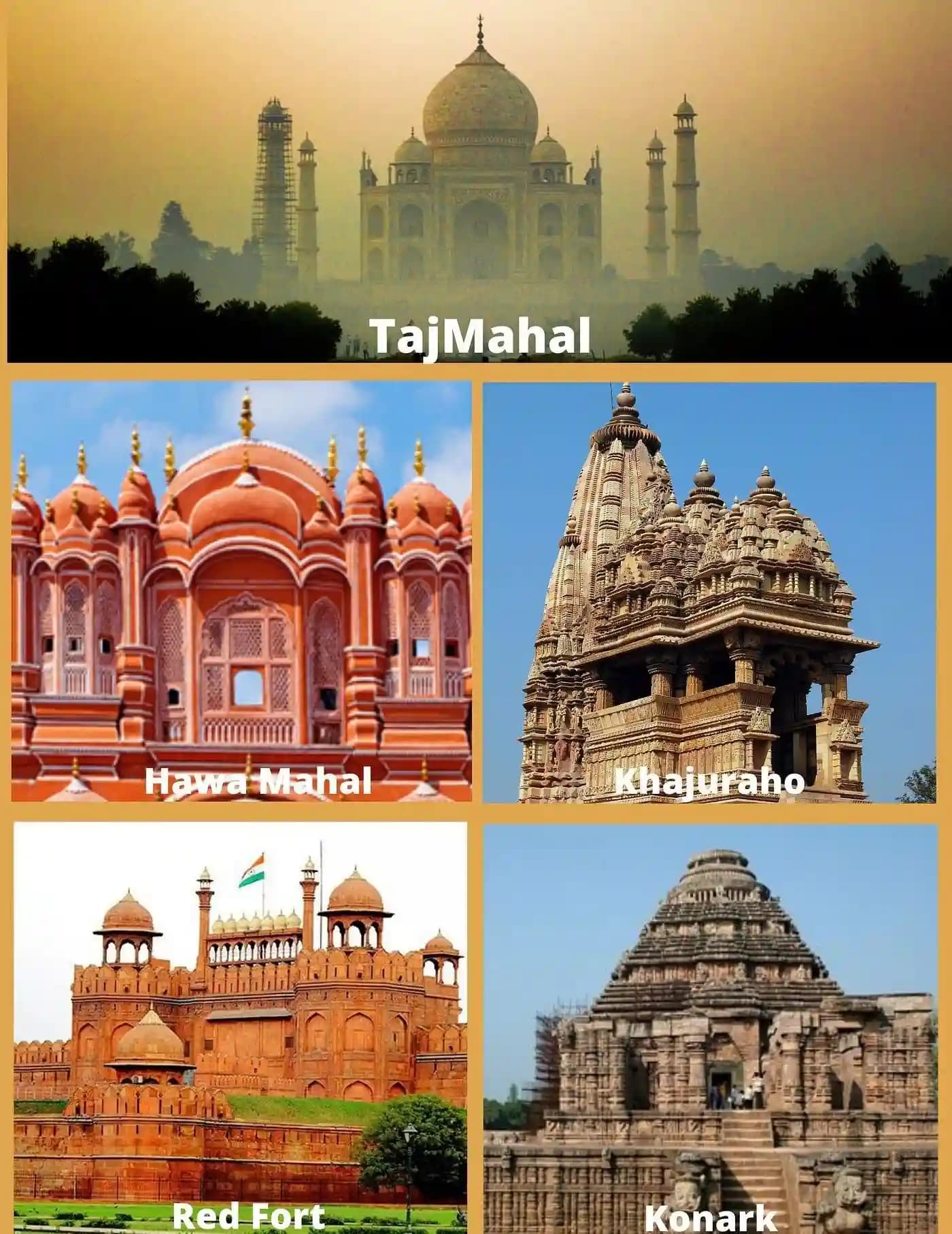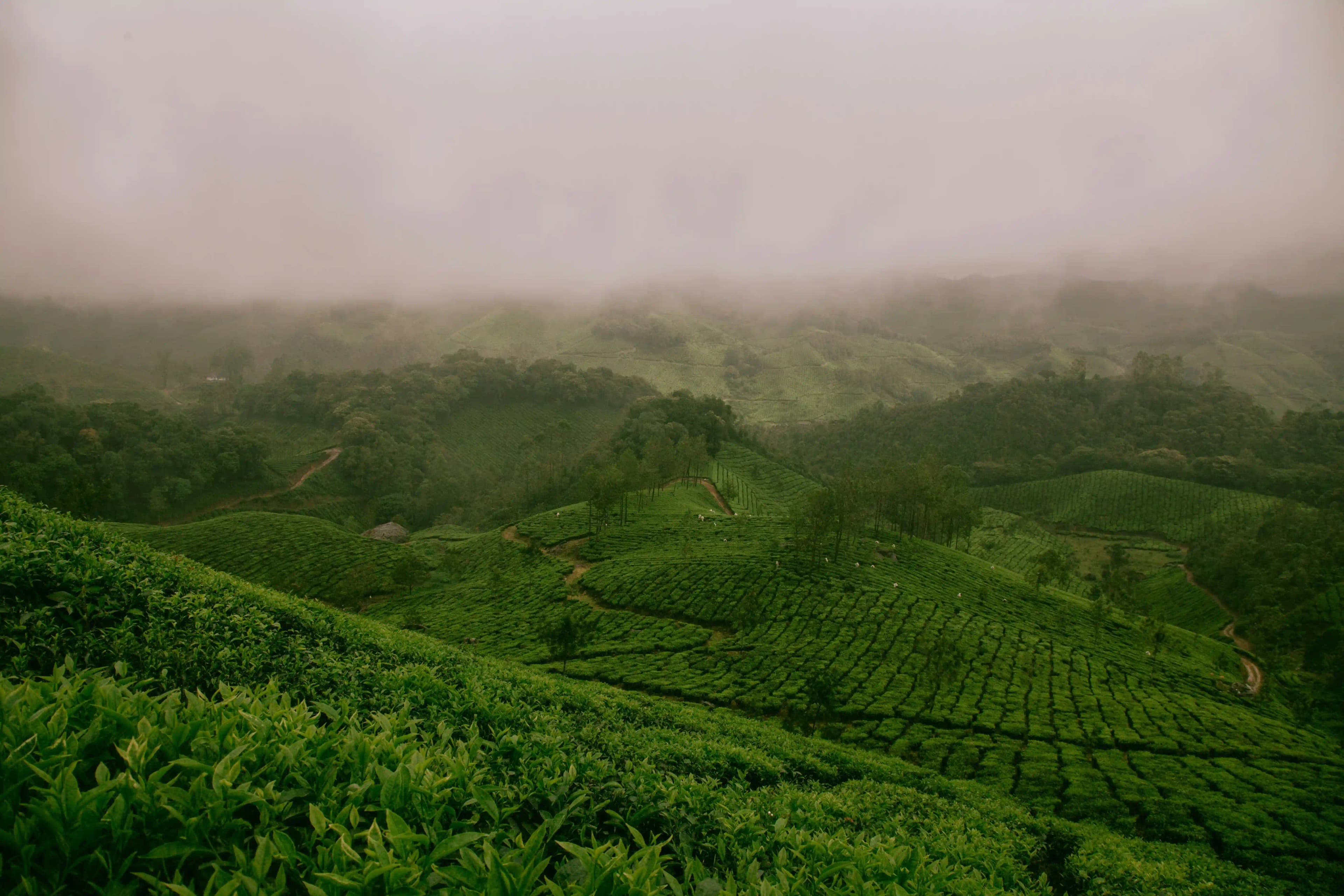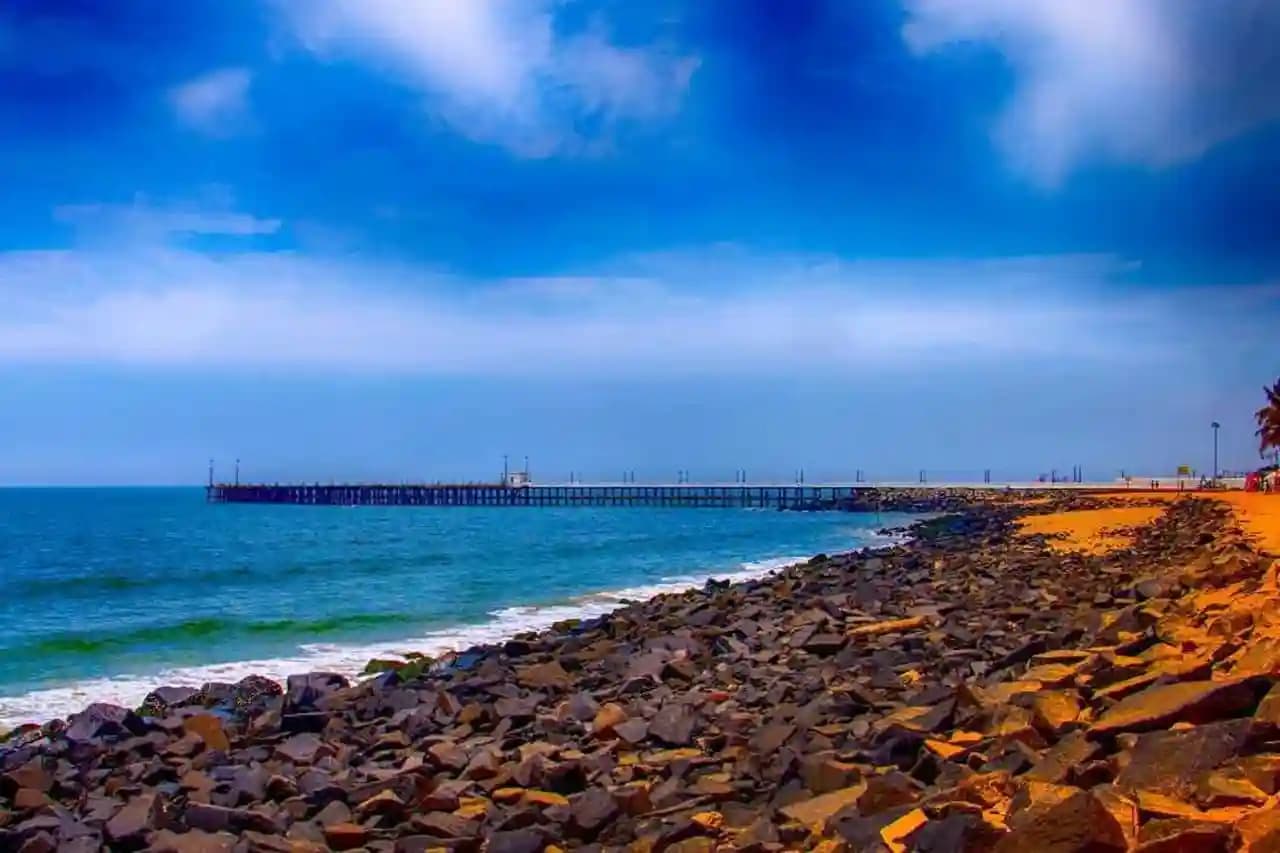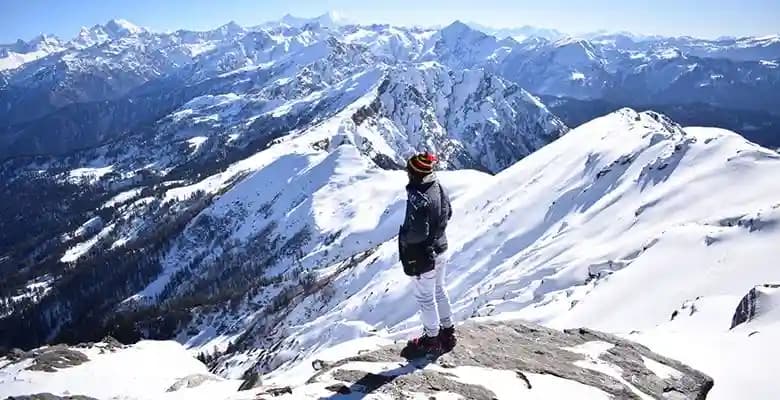India is a land of diverse religions. Hinduism, Jainism, Buddhism, Sikhism, Islam, Christianity, and many other faiths are practised here. Today, we will be talking deeply about the Hindu culture and its Gods. You must know about Lord Shiva. He used to emerge as a pillar of light to show his presence at 12 places in India, as per the scriptures. These places are called the twelve Jyotirlingas in India and these are the famous Lord Shiva Temples in India.
Jyotirlinga is formed of two words: ‘Jyoti’, meaning light, and ‘Linga’, meaning the Lord Shiva’s symbol. Exploring each of these 12 Jyotirlinga temples is of utmost importance to the people of India. Let’s dive deep into these and explain to you their significance in Hinduism!
12 Jyotirlingas in India: List
Out of all the Shiva temples in India, these Jyotirlingas have their own story. Visiting these holy destinations is said to bring peace and wash away all your sins. So why wait further? Let’s talk you through those 12 dhams in India:
1. Somnath
The Somnath Dham is located in Gir, Gujarat. It is a sacred place for Hindus in Prabhas Kshetra, close to Veraval. Somnath is one of the oldest twelve Jyotirlinga temples that is said to have been built 16 times. Additionally there are some prominent places to visit in Somnath apart from jyotirlinga temple.
Location: Prabhas Kshetra, near Veraval, Gujarat
Timing: 6:00 AM to 9:00 PM
Entry Fee: Free
2. Mallikarjuna
The Mallikarjuna is not only one of the 12 dhams in India but also a Shakti Peeth. Here, both Lord Shiva and Goddess Parvati are worshipped together. Lush green forests surround the temple, which adds to its beauty.
Location: Atop the Nallamala Hills on the banks of the Krishna River
Timing: 4:30 am to 10 pm
Entry Fee: Free
3. Mahakaleshwar
Known as one of the 12 Jyotirlingas in India, it is said to be the most powerful Dham. Why is it so special? Because it faces south, emits immense Shakti, and is the epitome of death as per the Hindu scriptures. It is believed that Lord ‘Mahakal’, or Shiva, protects the city from evil energies. Don’t forget to attend the “Bhasma Aarati” here!
Location: Ujjain, Madhya Pradesh
Timing: 4:00 AM to 11:00 PM
Entry Fee: Free
4. Omkareshwar
Situated on an islet shaped like the holy ‘ॐ’ in the Narmada River, Omkareshwar is one of the most serene 12 Jyotirlinga temples in India. The devotees here perform the ‘Om Parikrama’ around the island. This is because the Islet on which it is based is shaped like ‘Om’.
Location: Mandhata Island, Madhya Pradesh
Timing: 5 am to 10 pm
Entry Fee: Free
5. Kedarnath
Kedarnath Temple is one of the Char Dham and 12 Jyotirlinga temples in India, which is located at 3,583 metres in the Himalayas, near the Mandakini River. It is said that the Pandavas used to visit this holy place to seek Lord Shiva’s blessings during the Kurukshetra war. Due to very low temperatures in the winter, the shrine is open only in the summer.
Location: Rudraprayag District
Timing: 4:00 AM to 9:00 PM (Open May to November)
Entry Fee: Free
6. Bhimashankar
Surrounded by lush greenery, Bhimashankar Temple is a serene retreat and one of the 12 Jyotirlingas in India. It is said to be the origin of the Bhima River, and the jungle area surrounding it is now considered a wildlife sanctuary. The natural beauty and the spiritual peace here are remarkable.
Location: Sahyadri Hills, Maharashtra
Timing: 4:30 am to 12 pm, and 4 pm to 9:30 pm
Entry Fee: Free
7. Kashi Vishwanath
Located on the western bank of the river Ganga, Kashi Vishwanath Temple is one of the most famous Jyotirlingas in India. The name of the shrine means “Lord of Light”. According to the scriptures, Lord Shiva gifted the city of Kashi to Goddess Parvati and promised her to reside there forever. Many saints and devotees believe that dying in Kashi liberates one from the cycle of rebirth. In simple words, it gives you ‘Moksha’.
Location: Varanasi, Uttar Pradesh
Timing: 2:30 AM to 11:00 PM
Entry Fee: Free
8. Trimbakeshwar
This temple is located near the origin of the sacred Godavari River. There are lush Brahamagiri hills surrounding it. This shrine holds immense spiritual importance, and devotees often visit it to seek peace and blessings. This is why it is said to be one of the greatest Jyotirlingas in India.
It is the only Jyotirlinga with three faces (Brahma, Vishnu, and Shiva) in the linga, representing the Trio of Hinduism. Don’t forget to miss the aarti here if you visit this temple with your loved ones!
Location: Nashik, Maharashtra
Timing: 5:30 am to 9 pm
Entry Fee: Free
9. Vaidyanath
Also known as the Baidyanath Dham, the Vaidyanath is one of the most-visited Jyotirlingas in India. The temple is associated with Ravana, the demon king, who used to worship Lord Shiva to become immortal. He offered his ten heads to Lord Shiva, which pleased him. In return, Lord Shiva gave him his ten heads back.
The term ‘Vaidyanath’ refers to the ‘Nobleman of Physicians’. This is because Lord Shiva is said to have healed Ashwini Kumars, the sons of Surya Dev.
There are many small temples around this shrine.
Location: Deoghar, Jharkhand
Timing: 4:00 AM to 9:00 PM
Entry Fee: Free
10. Nageshwar
Nageshwar is one of the offshore Jyotirlingas in India. Scriptures say that Lord Shiva once emerged here to protect his devotee, Supriya, from a devil named Daruka. The temple features a massive, 25-metre statue of Lord Shiva that is enough to surprise the tourists. The Arabian Sea breeze surrounds the shrine, and this temple emits a positive aura. The place itself is very spiritual
Location: Dwarka, Gujarat
Timing: 5 am to 9 pm
Entry Fee: Free
11. Ramanathaswamy
Ramanathaswamy is a part of Char Dham as well as one of the 12 Jyotirlingas in India. According to the Hindu scriptures, Lord Rama built a Shiva Linga here to worship Lord Shiva before going to Lanka to rescue his wife, Devi Sita. The Ramanathaswamy temple’s structure is grand and has the longest passage among all the other shrines in India. The nearby attractions include the Dhanushkodi, Agni Theertham, and Adam’s Bridge.
Location: Rameshwaram, Tamil Nadu
Timing: 5:00 AM to 9:00 PM
Entry Fee: Free
12. Grishneshwar
The Grishneshwar is the smallest Jyotirlinga in India. Located near the Ellora Caves, it is the last in the list of Jyotirlingas. The temple’s infrastructure is south-Indian style with red stone sculptures of deities.
The temple symbolised both simplicity and elegance. According to scriptures, a loyal woman named Kusuma was blessed by Lord Shiva here and her unshakable devotion brought her dead son back to life.
Location: Aurangabad, Maharashtra
Timing: 5:30 am to 9:30 pm
Entry Fee: Free
Conclusion
So here it is- the list of the 12 Jyotirlingas in India! These shrines are not only spiritual but also radiate positive energies. Lord Shiva is believed to emerge here as a sacred light. Each temple has its own story and importance. Visit these with your loved ones and thank us later!
Frequently Asked Questions
Devotees must have a lot of questions related to these 12 Jyotirlingas in their minds, and we know that! Thus, we have compiled the 5 most commonly asked questions here:
1. What is the order of 12 Jyotirlinga?
Nor is there a "ranking" or "order" for the 12 Jyotirlingas in India, universally approved or agreed upon, and there are different ways of listing them by any number of traditions or texts, but some common order is: Somnath, Mallikarjuna, Mahakaleshwar, Omkareshwar, Kedarnath, Bhimashankar, Kashi Vishwanath, Trimbakeshwar, Vaidyanath, Nageshwar, Rameshwaram, and Grishneshwar.
The list often depends on where the pilgrim cycle starts or assumes the spiritual journey begins, and there are examples of circuits and pilgrim paths that group and map important shrines in proximity to each other.
2. Which are the 12 jyotirlinga and 4 dham?
The 12 Jyotirlingas are Somnath, Mallikarjuna, Mahakaleshwar, Omkareshwar, Kedarnath, Bhimashankar, Vishwanath (Kashi), Trimbakeshwar, Vaidyanath, Nageshwar, Rameshwaram, and Grishneshwar. The four Dham (Chardham) are Badrinath, Kedarnath, Gangotri, and Yamunotri.
3. Is Kedarnath part of 12 Jyotirlinga?
Yes, Kedarnath is a part of the twelve Jyotirlinga temples, making it a sacred site for the Hindu devotees of Lord Shiva. It is the highest Jyotirlinga, located in the Himalayas in Kedarnath.
4. What is the oldest Jyotirlinga?
The Somnath Temple is regarded as the first of the Dwadash (Twelve) Jyotirlinga pilgrimage places and it is listed as the first site in the Jyotirlinga pilgrimage in the Jnanasamhita of the Shiva Purana in the oldest text containing such a list, it is reasonable to qualify Somnath as the oldest Jyotirlinga by tradition and when considered with the purana's placed in the form of the Shiva Purana.
5. Which Jyotirlinga is broken?
The Somnath Jyotirlinga was broken, with the bits preserved by priests for a millennium, and is being reinstated for consecration by Sri Sri Ravi Shankar. The Shiva Linga was destroyed by Mahmud of Ghazni during an invasion in the 11th century.
6. Which is the toughest Jyotirlinga in India?
Shrikhand Mahadev. The Shivalingam at the top. Shrikhand Mahadev Kailash, also known as Shikhar Kailash, is a Hindu pilgrimage site in the Nirmand sub-division of Kullu, Himachal Pradesh, India. It is believed to be home to Lord Shiva and his wife, Goddess Parvati. It is reputed to be one of the hardest treks in India.
